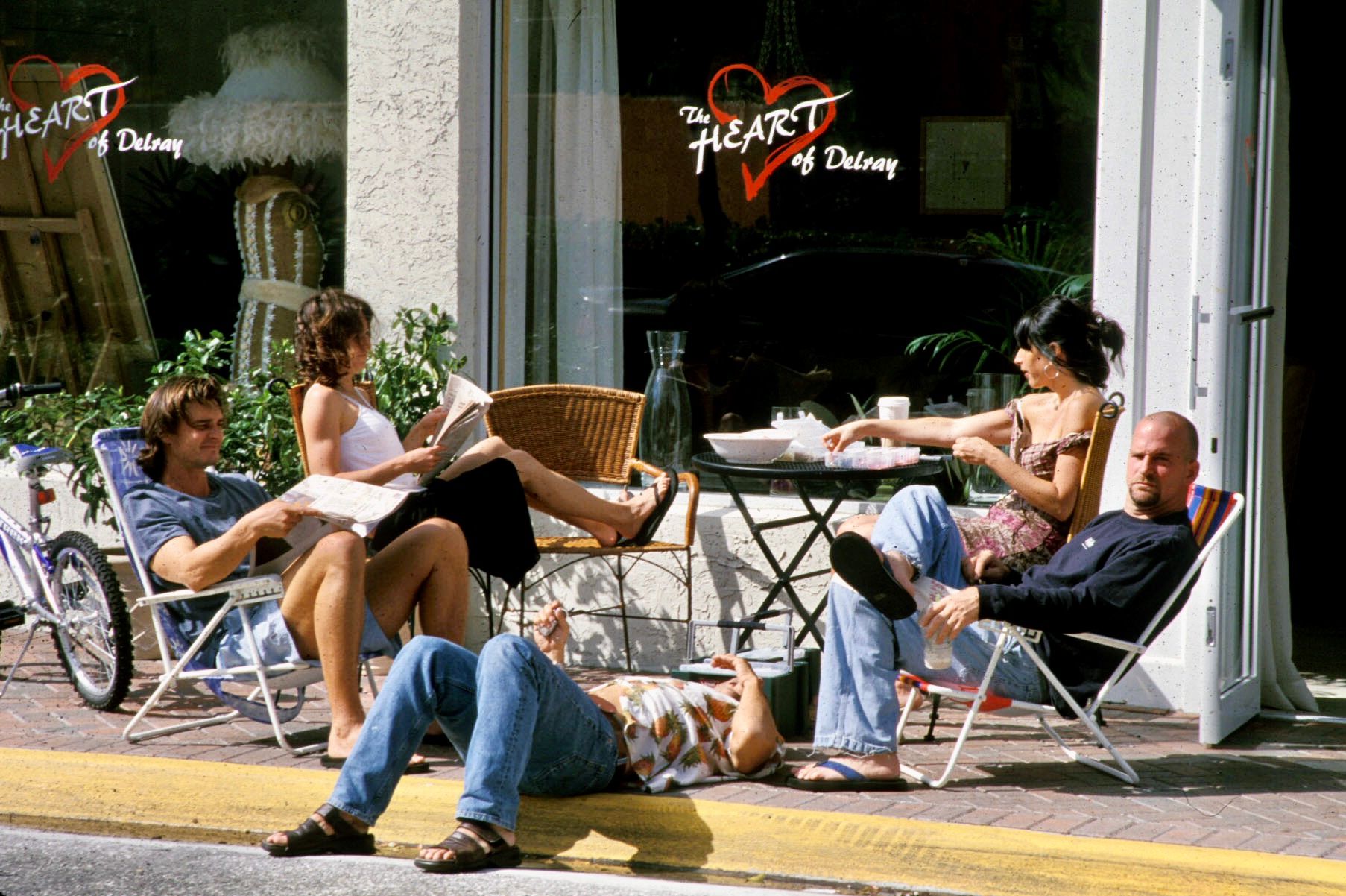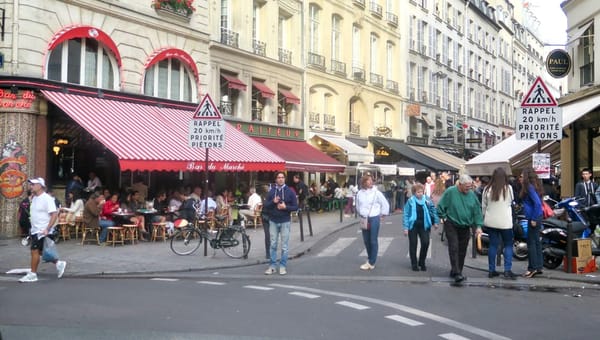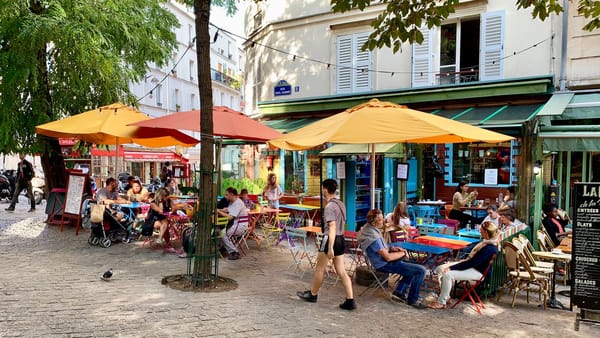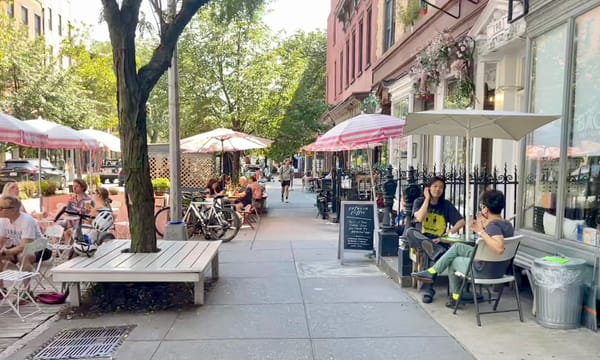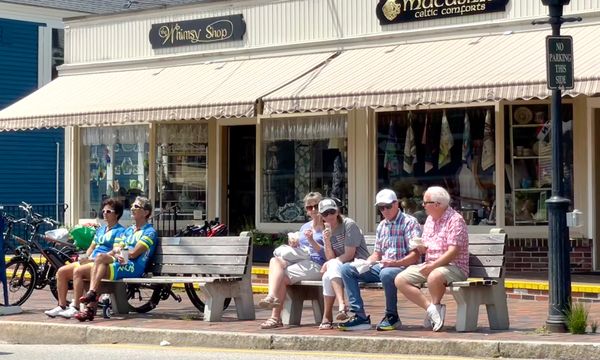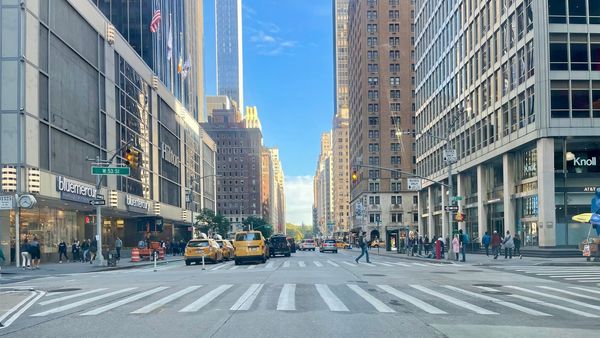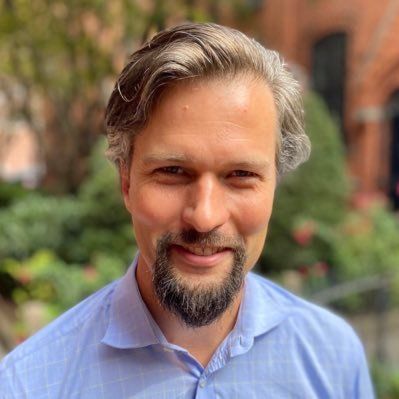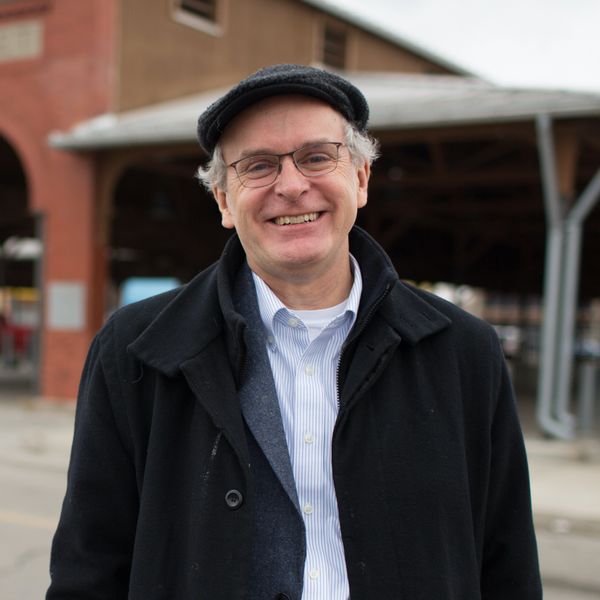How can they be so close to getting it right and still get it wrong? Two intersections in Delray Beach, Florida, just two blocks away from each other are a world apart in terms of how they are designed and what they mean to locals and visitors.
One may be the best crossroad in Florida for economic and social life, and the other is a "killer intersection," in the sense that it breaks off the connection between the street and everything around it – in other words, "killing" off any real sense of place – not to mention how it creates a much higher risk of danger since over a quarter of traffic deaths in the US are attributed to intersections just like this one.
The focus of this post is on these two diametrically polar opposite intersections and how each impacts the surrounding area and broader community.
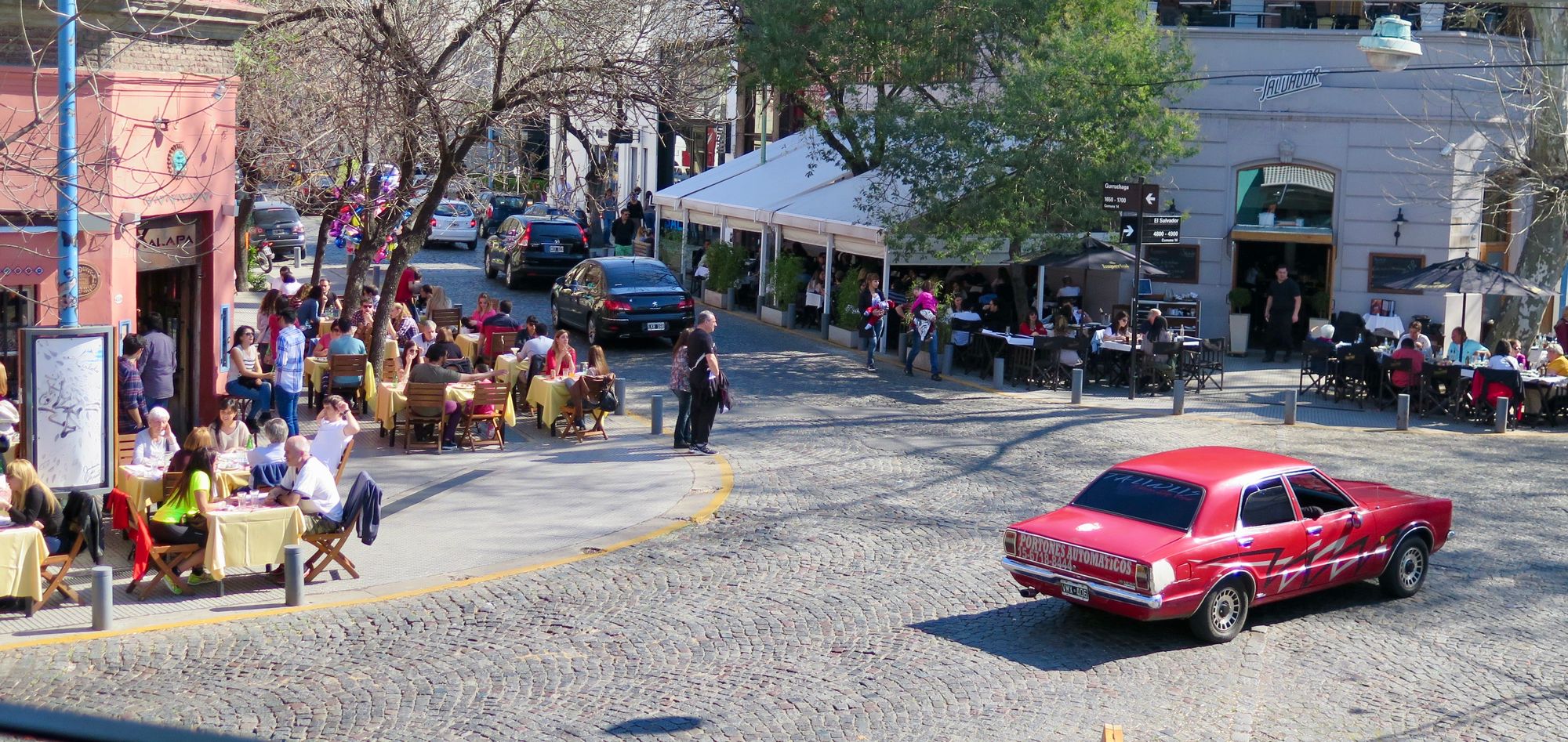
The Bad: The Atlantic Ave and Swinton, A "Killer Intersection".
There is no bigger opportunity than creating an intersection that connects rather than divides. Connecting people to businesses and to each other helps everyone – social life, community, the local economy. But the intersection here is acting as a wall between everything that lies to its east and its west, rather than connecting it. People on one side have so little sense of what is happening across this enormously wide, over-designed intersection, that nothing makes them want to journey across it. There is so much wasted potential here...
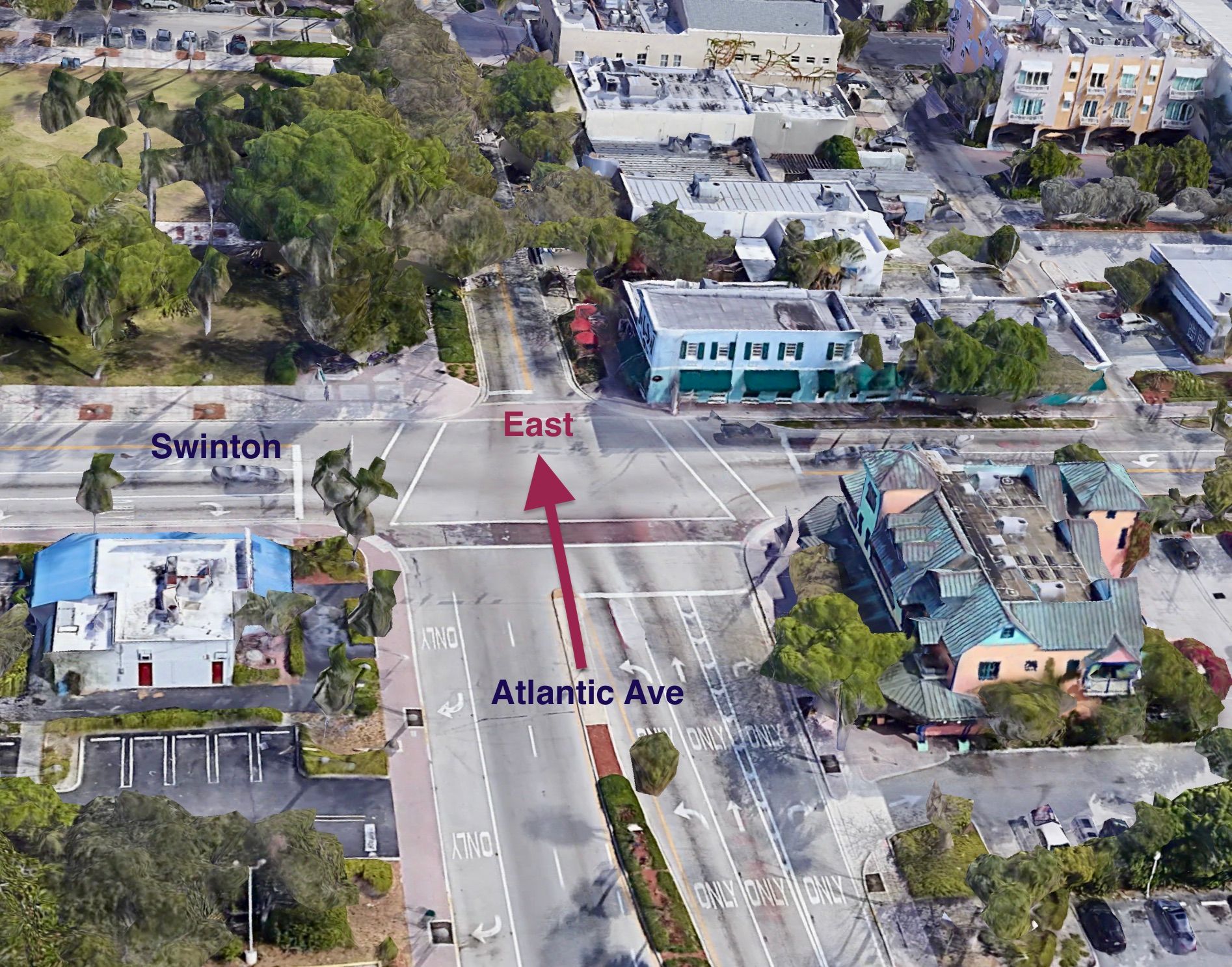
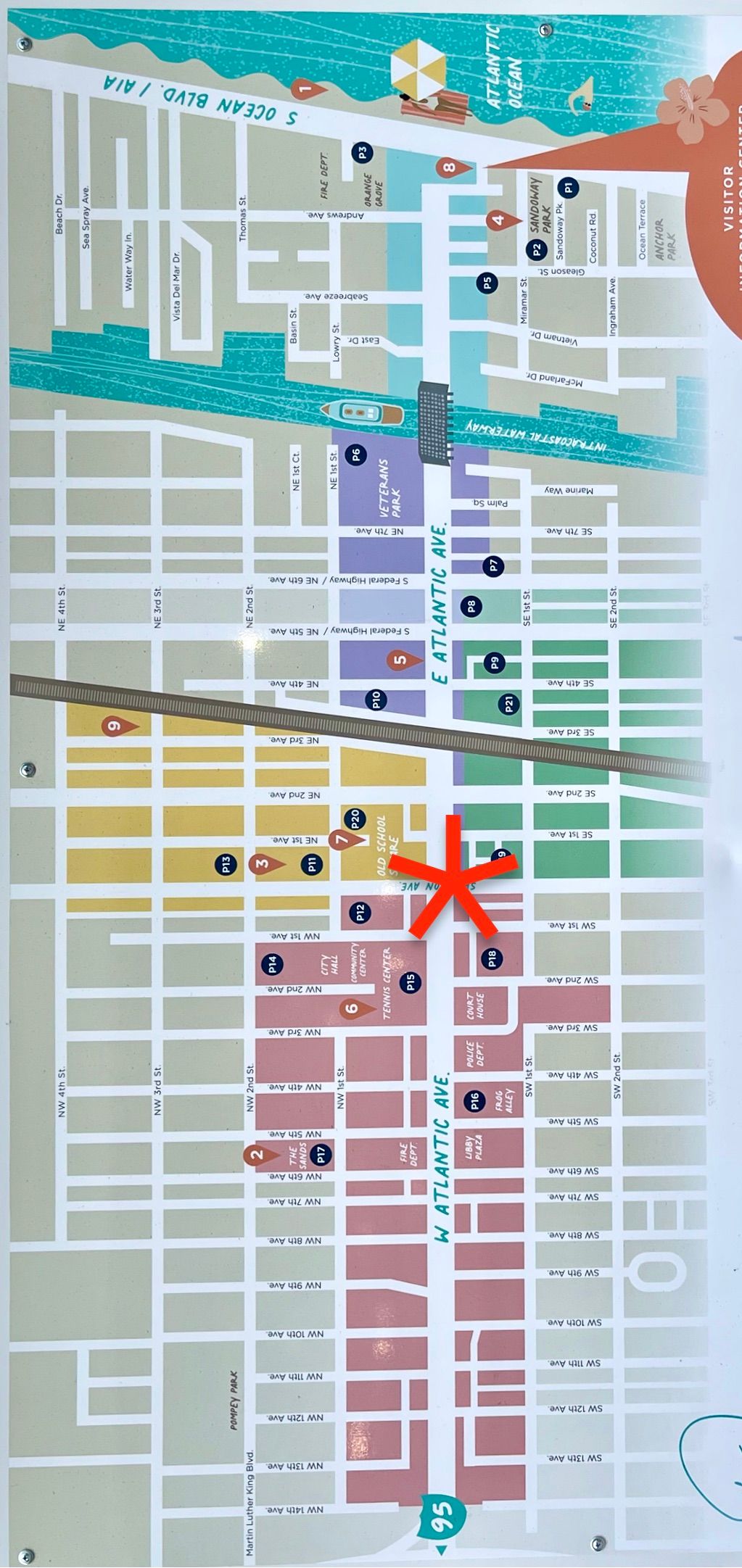
Google image looking east on Atlantic toward the downtown core
The Gateway to Downtown
Imagine you're here for the first time. The economic and social center of the city is on the other side, but you don't know that. Would you want to cross this?
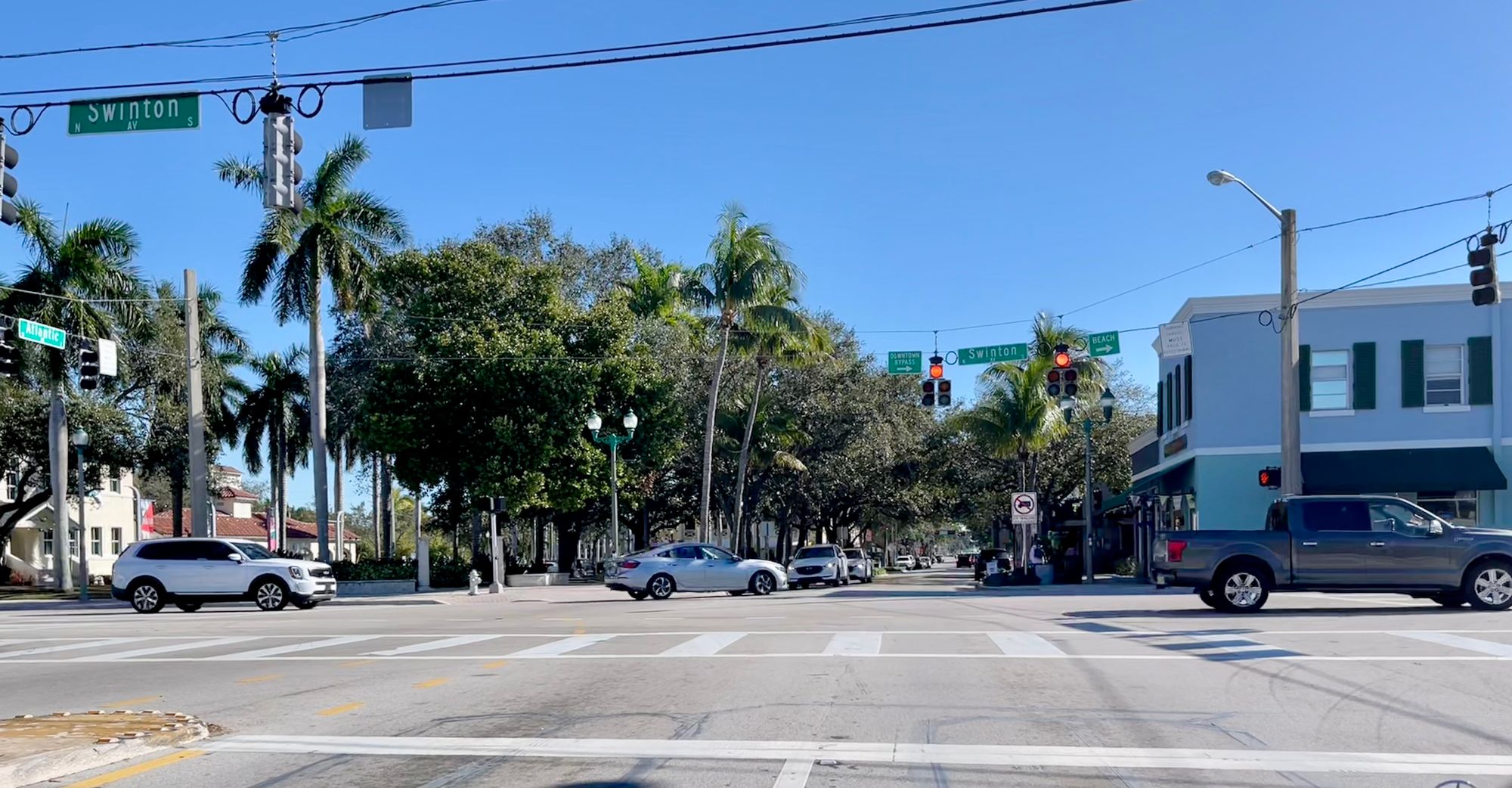
Looking east into the downtown core
There is no There, There
You unwillingly move into the intersection, look around, and see the following views. Would you want to be here at all? Or would you focus on just getting out of here as quickly as possible?
People don't want to stick around this intersection, and with good reason. But the gateway into a city's downtown shouldn't drive people away, it should draw people in. Not fulfilling that role has huge implications for social and economic life.
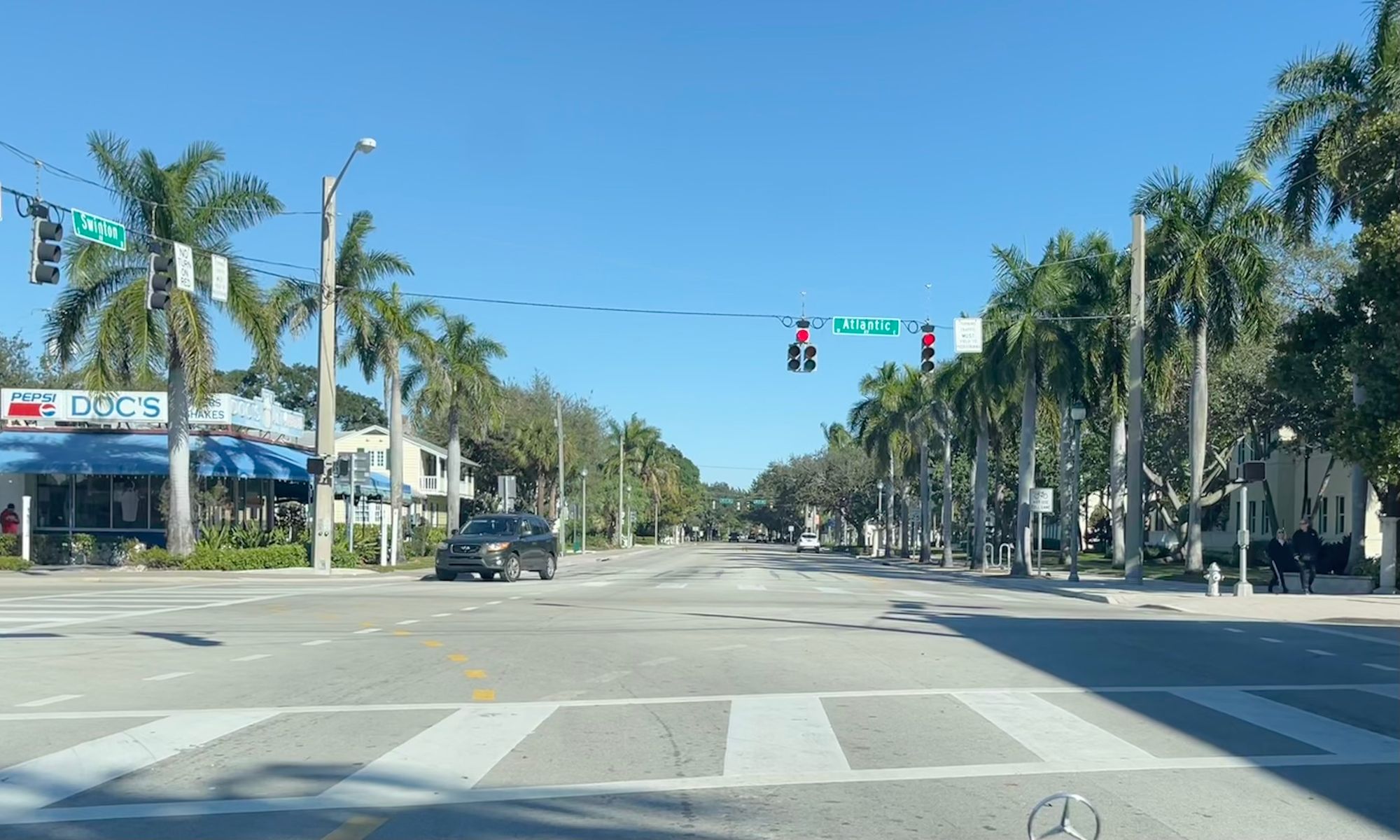
Swinton looking north from Atlantic
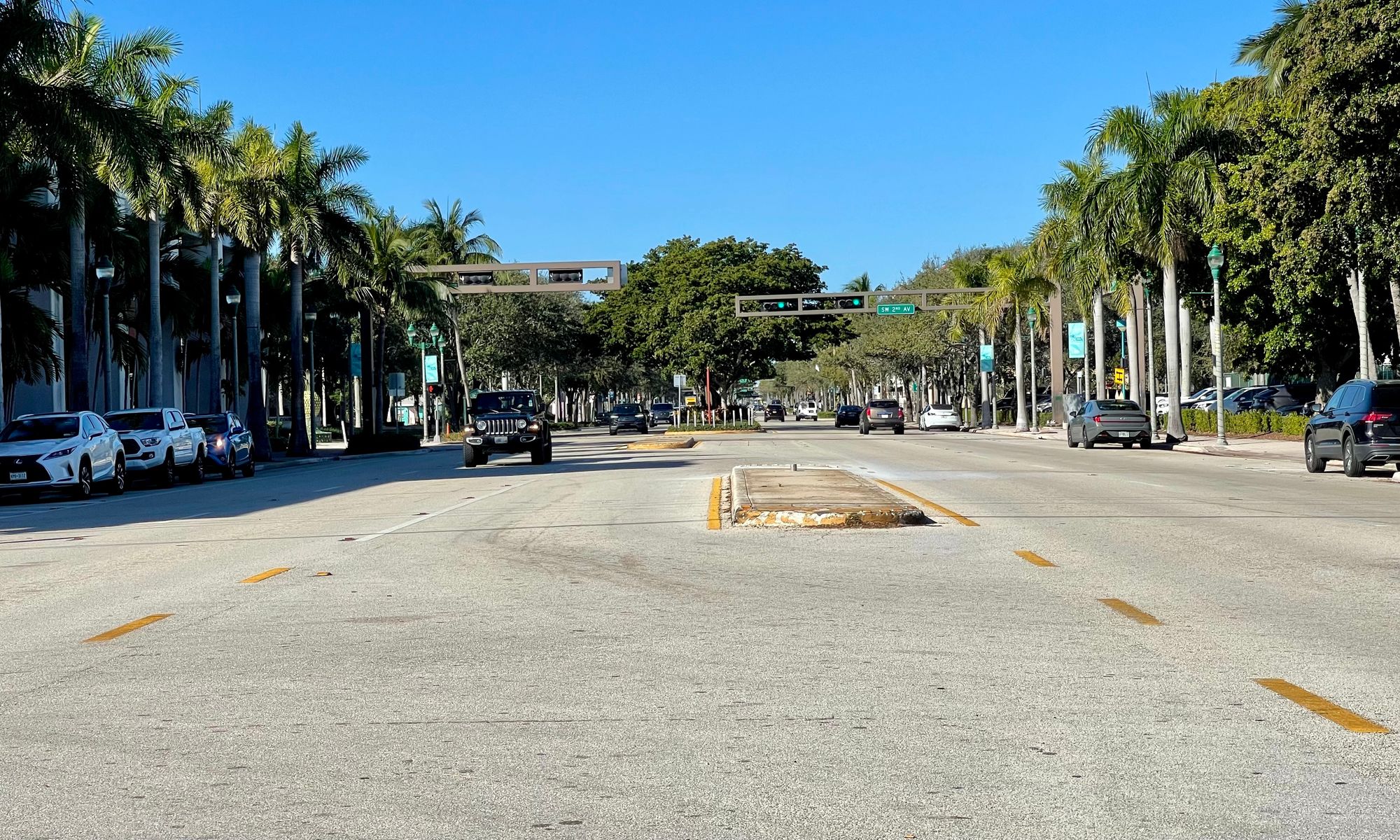
Swinton looking west on Atlantic
Hidden Treasures - Out of Sight, Out of Mind
You wouldn't know it from the photos above, but on this intersection are some of the city's most important buildings. They are so disconnected and surrounded by the chaos of cars that they are as good as hidden.
In our frequent observations of this area, we rarely see pedestrians go west on the main street across this intersection or visit these key places. Some of the town's main destinations are cut off from the town's core by this "wall," practically inaccessible to pedestrians.
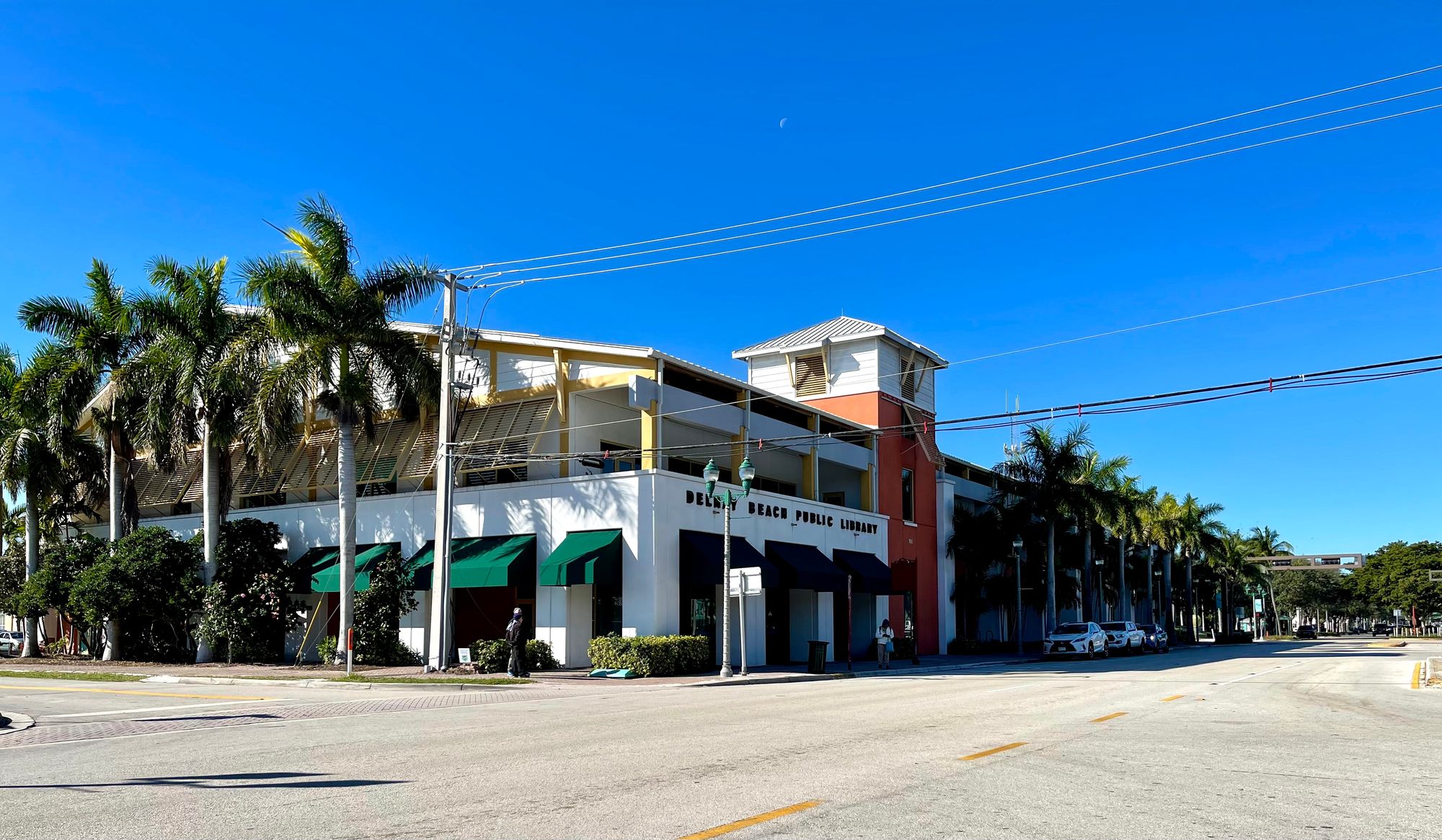
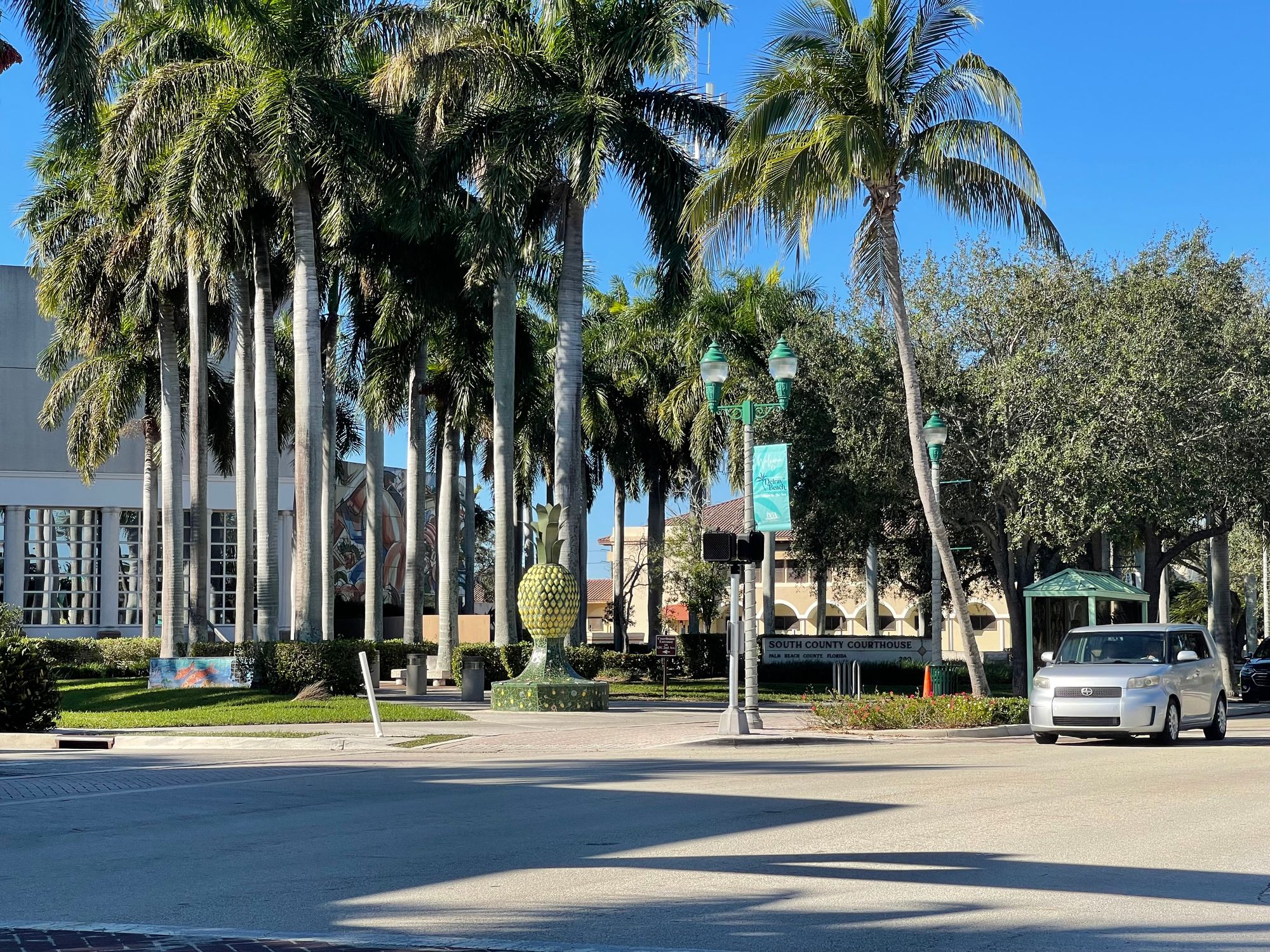
Library (left), Courthouse (right)
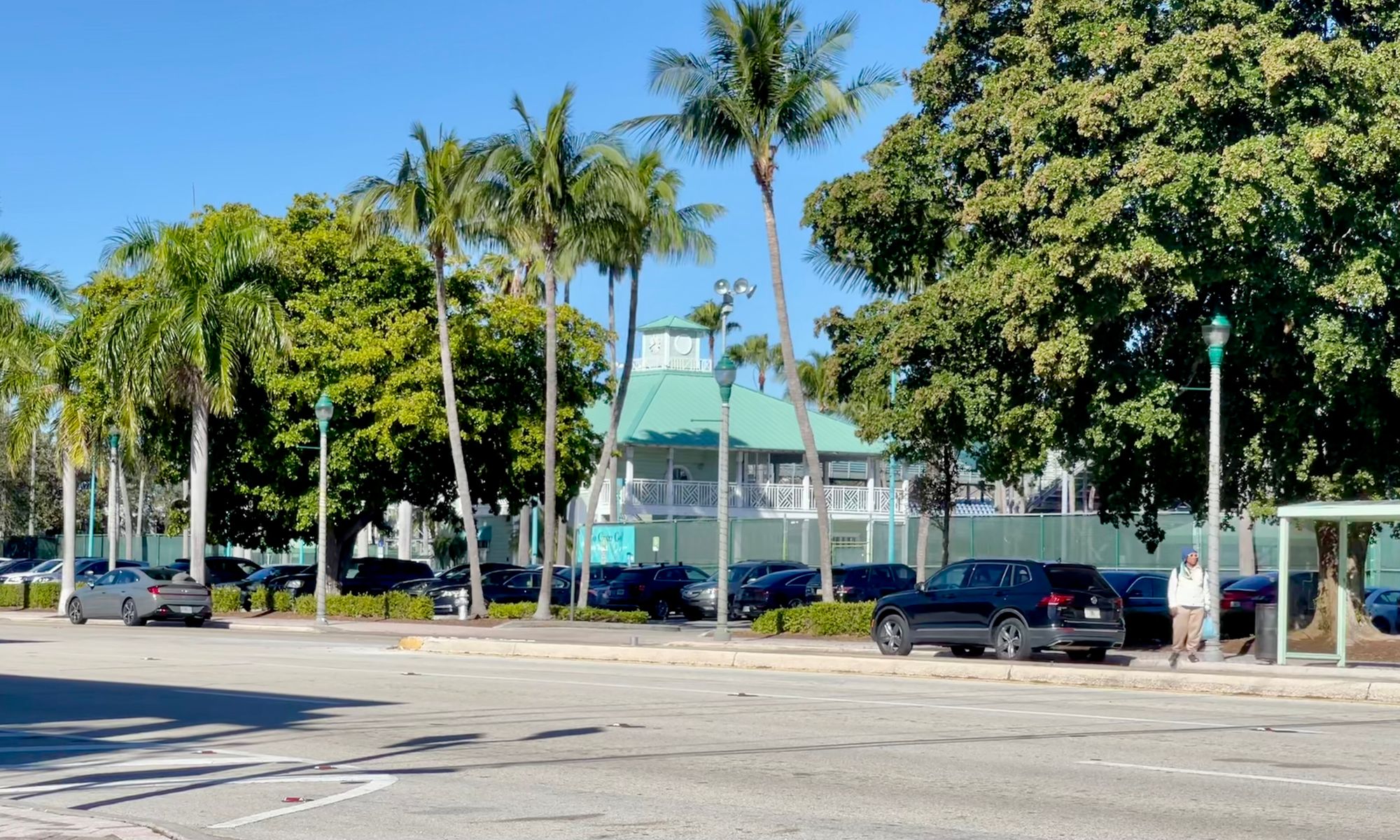
Tennis Center
The library on the west of the intersection might as well be in another community for lack of connection between it and the center of Delray that lies further east. The entire west side of the intersection is in a different world, one belonging to the car. As it exists now, this part of town has no soul, no center and no life.
The focus on traffic throughput destroys any attention on destinations such as the important buildings above and their surroundings. The flow of cars erodes the place itself, much like water erodes the earth that it flows through. And naturally, people are driven away. All that's left are metal boxes speeding to and fro and creating anxiety for anyone on foot.
The needs of people have been taken over by car culture, making for a very anxiety-inducing, disconnected location, not a place that should serve as a gateway into the town center.
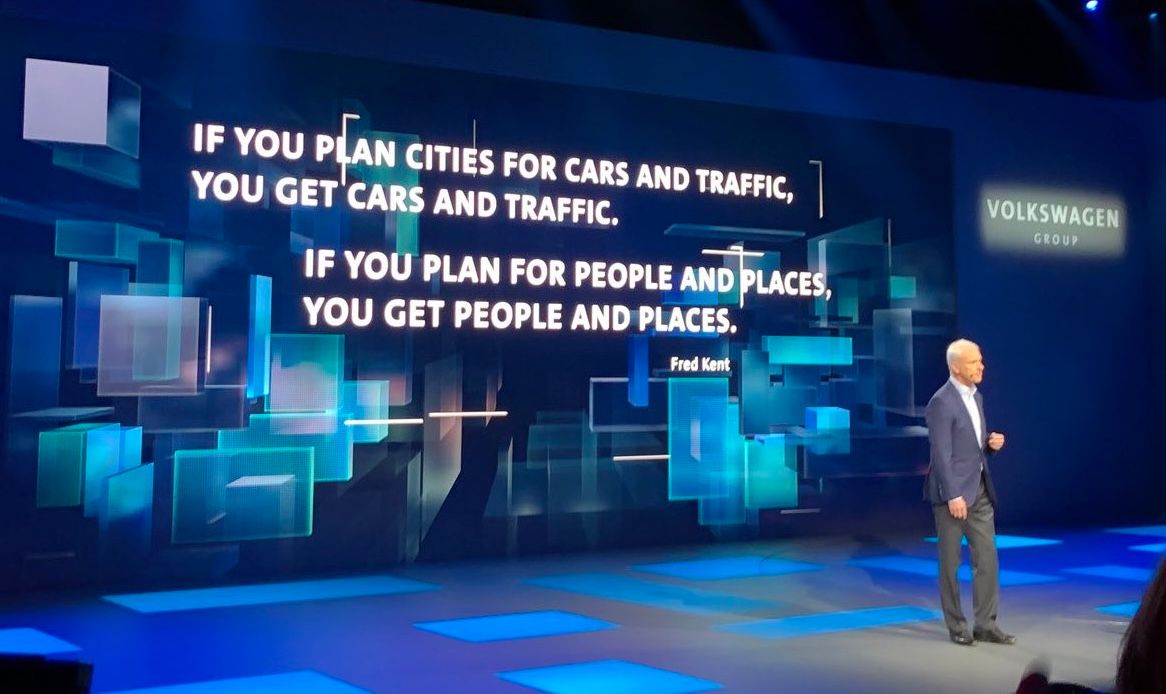
The Good, Actually Great: Just Two Blocks East
"If you want people to behave like they are in a village...build a village." Hans Monderman - Dutch Traffic Engineer
Shared space - the concept of creating streets where everyone is welcome and comfortable, from drivers to pedestrians. It is a bold, extremely impactful, economically sound and transformative idea. It elevates mere streets into destinations.
The downtown core, just a couple blocks east, is worlds apart in terms of atmosphere and activity. Let's see why.
For most people, life does not begin until you cross over the invisible boundary of the Swinton and Atlantic intersection. Just a short walk east from that point you come upon a "shared" intersection that is the best we have seen in Florida. It gives equal authority to both vehicles and pedestrians, making it a place that feels welcoming to all.
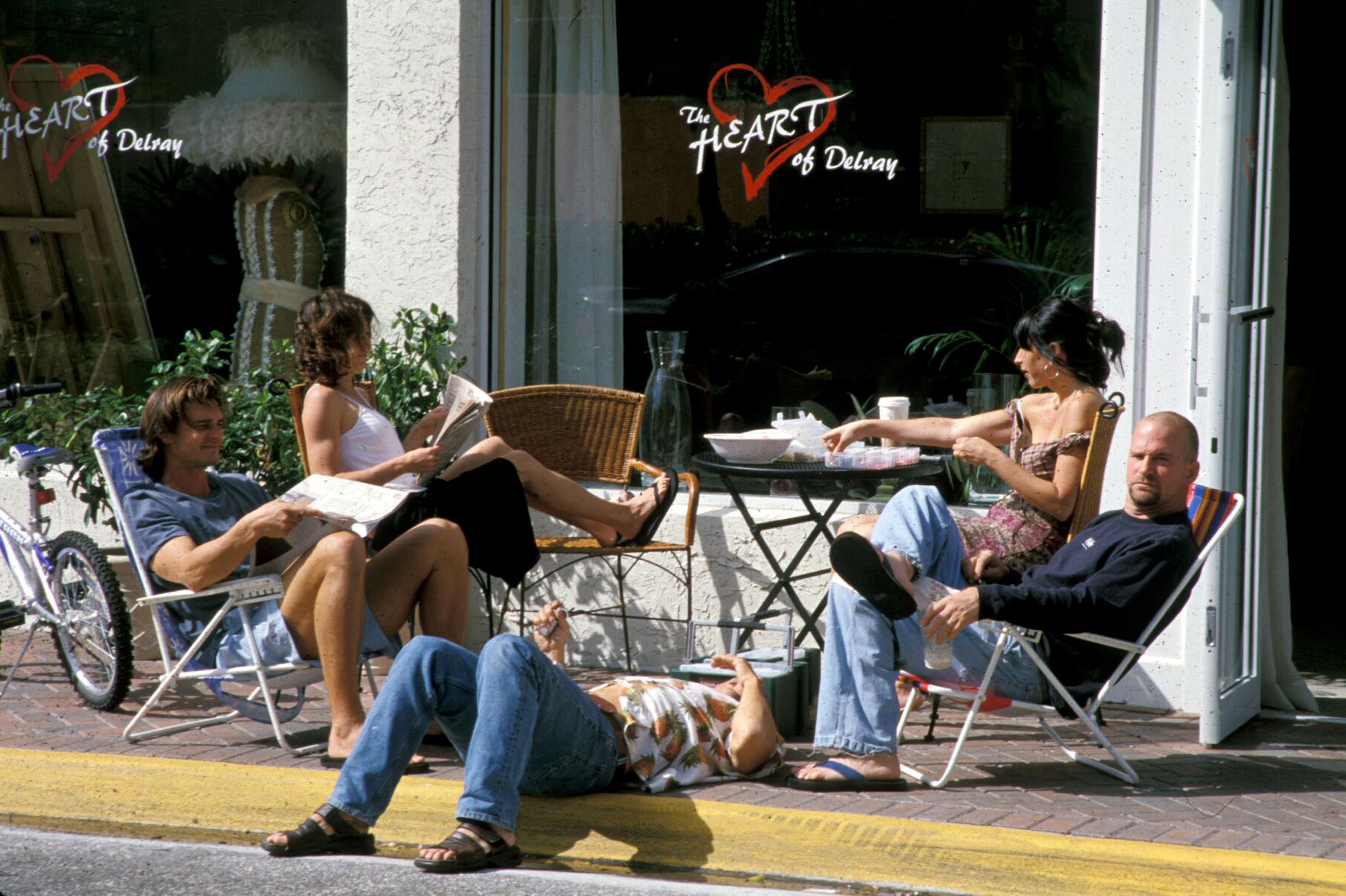
The Intersection - 2nd Avenue East and Atlantic Avenue
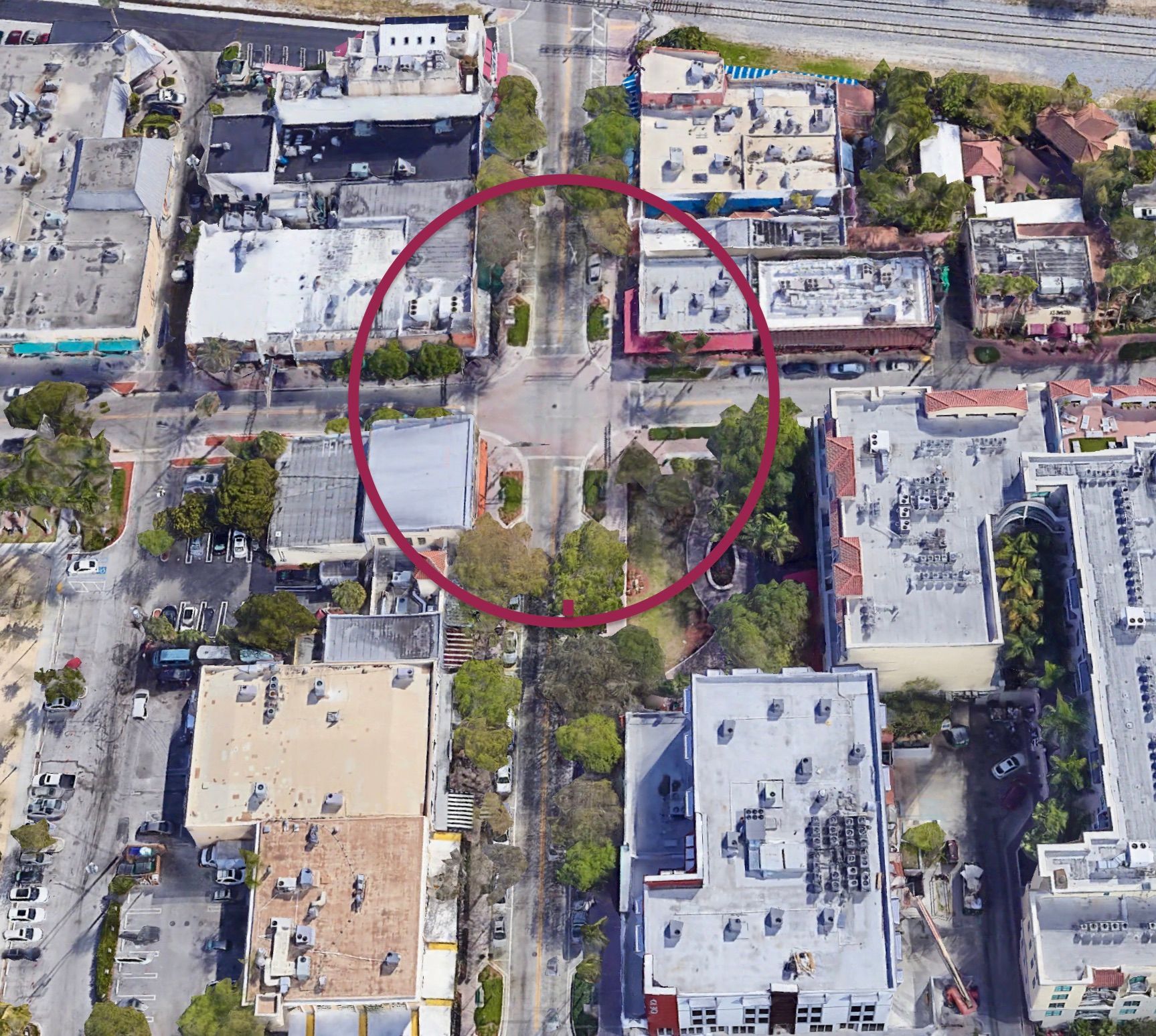
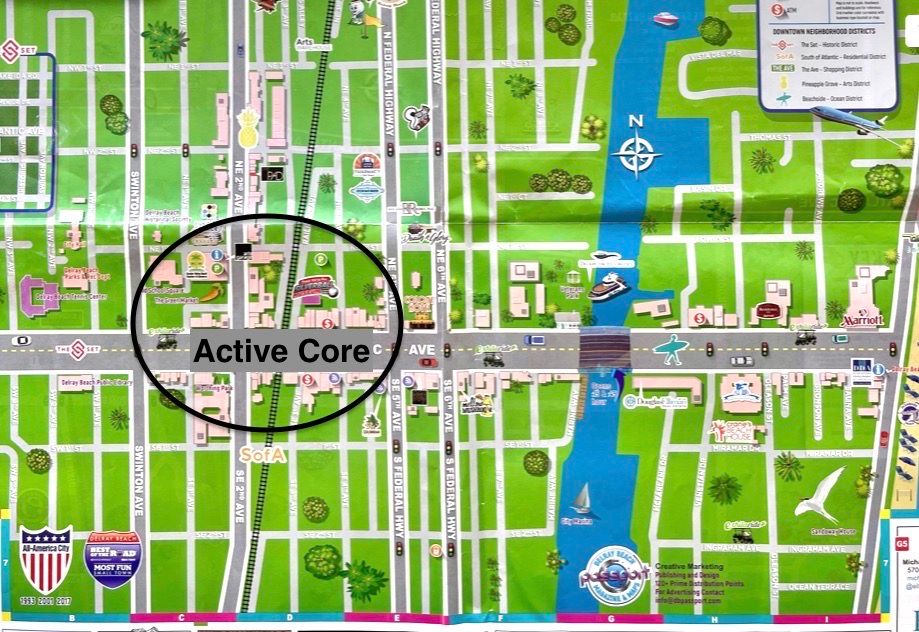
Downtown Core - Swinton to A1A map
The Heart of Delray Beach
Social Life at the Corners
This intersection is lined with vibrant destinations full of people. What's more, because the streets are narrow here, vehicles are naturally slowed to almost a walking speed. Drivers are able to see and take in the sights, drawn in by the volume of interesting scenes and people. Pedestrians are here because this is the hot spot, the Heart of Delray, where everyone wants to be and more importantly, where everyone feels comfortable being.
The Four Corners
Each corner of this intersection is a gathering place where people can stop and talk, hang out, and even stand in the street without anxiety.
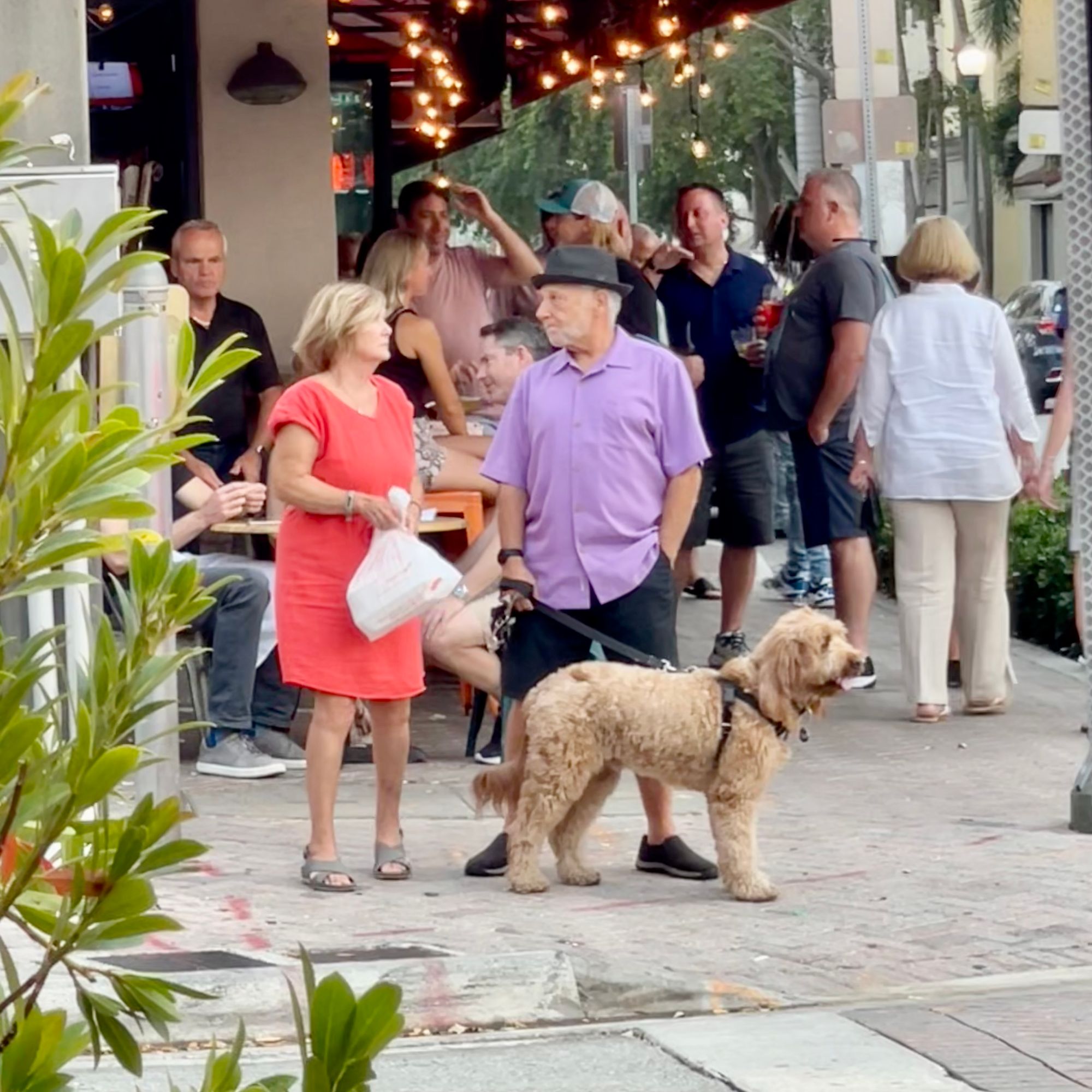

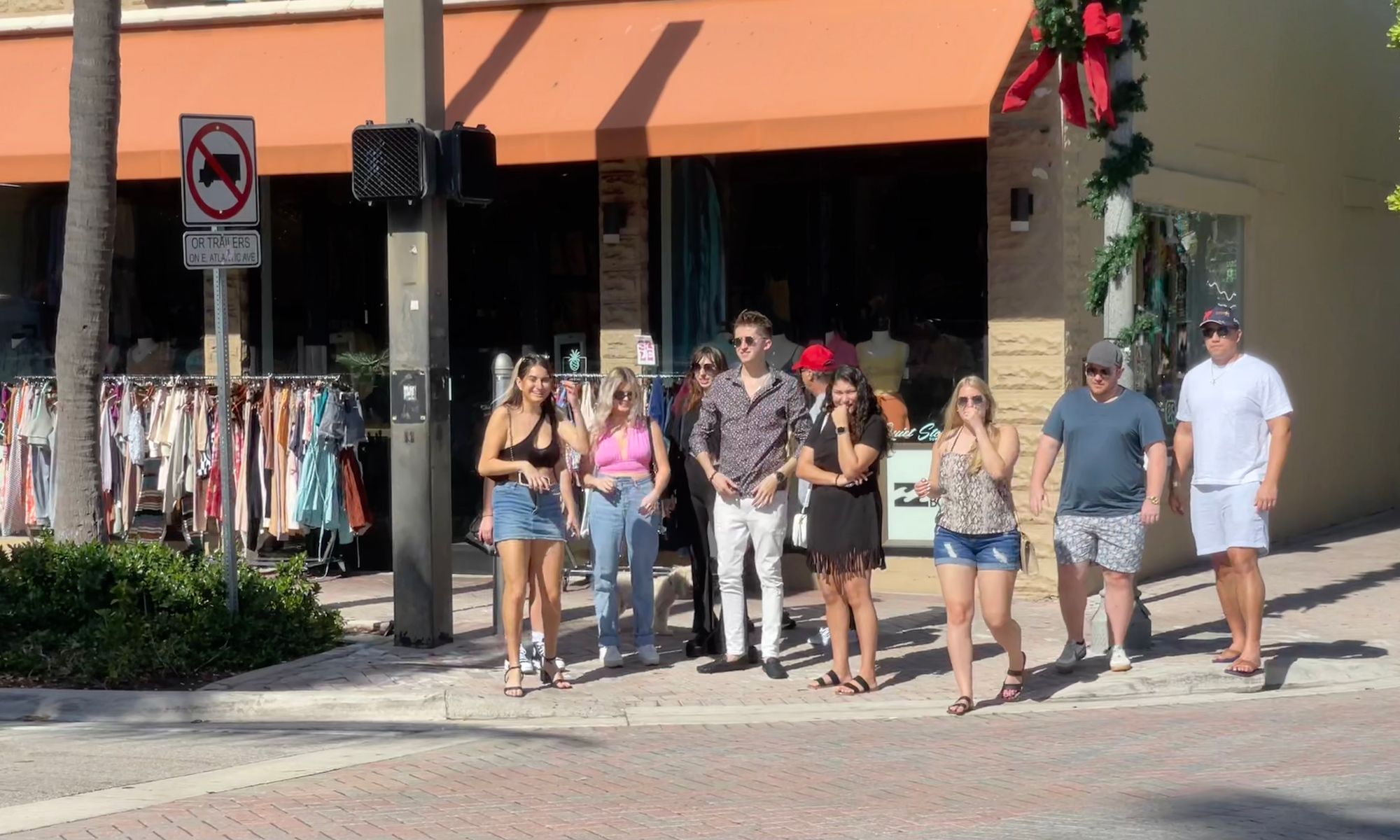

Each photo above shows one of the four corners
Waiting at the corner is a social experience. Whereas at the intersection we saw before, waiting at the corner is a stressful experience that people want to be over as soon as possible, here people actually enjoy spending time at the corner. People are in groups of all sizes, ages and cultures, just enjoying themselves without a care, because cars drive slowly and there is much to see and do.
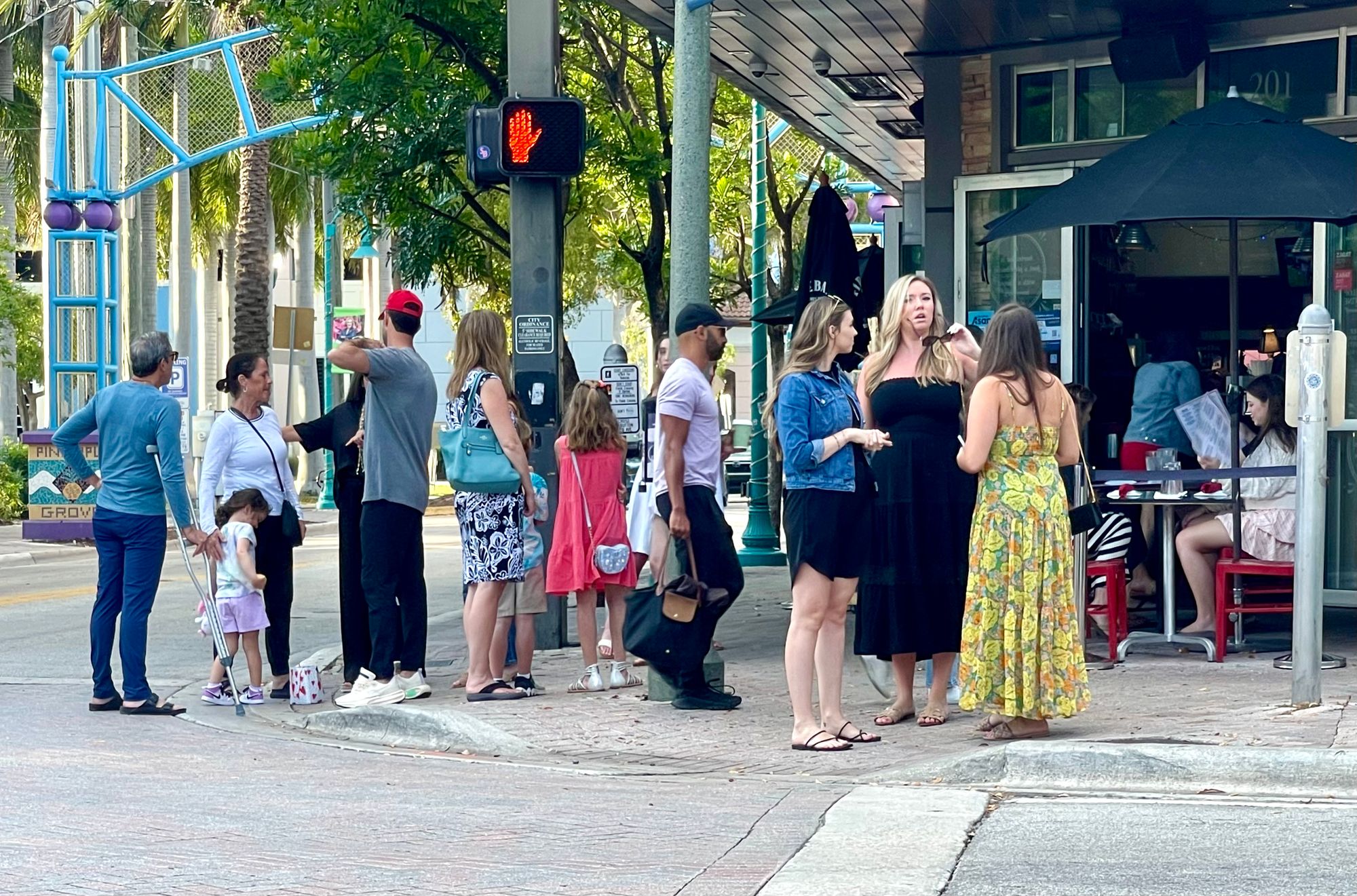
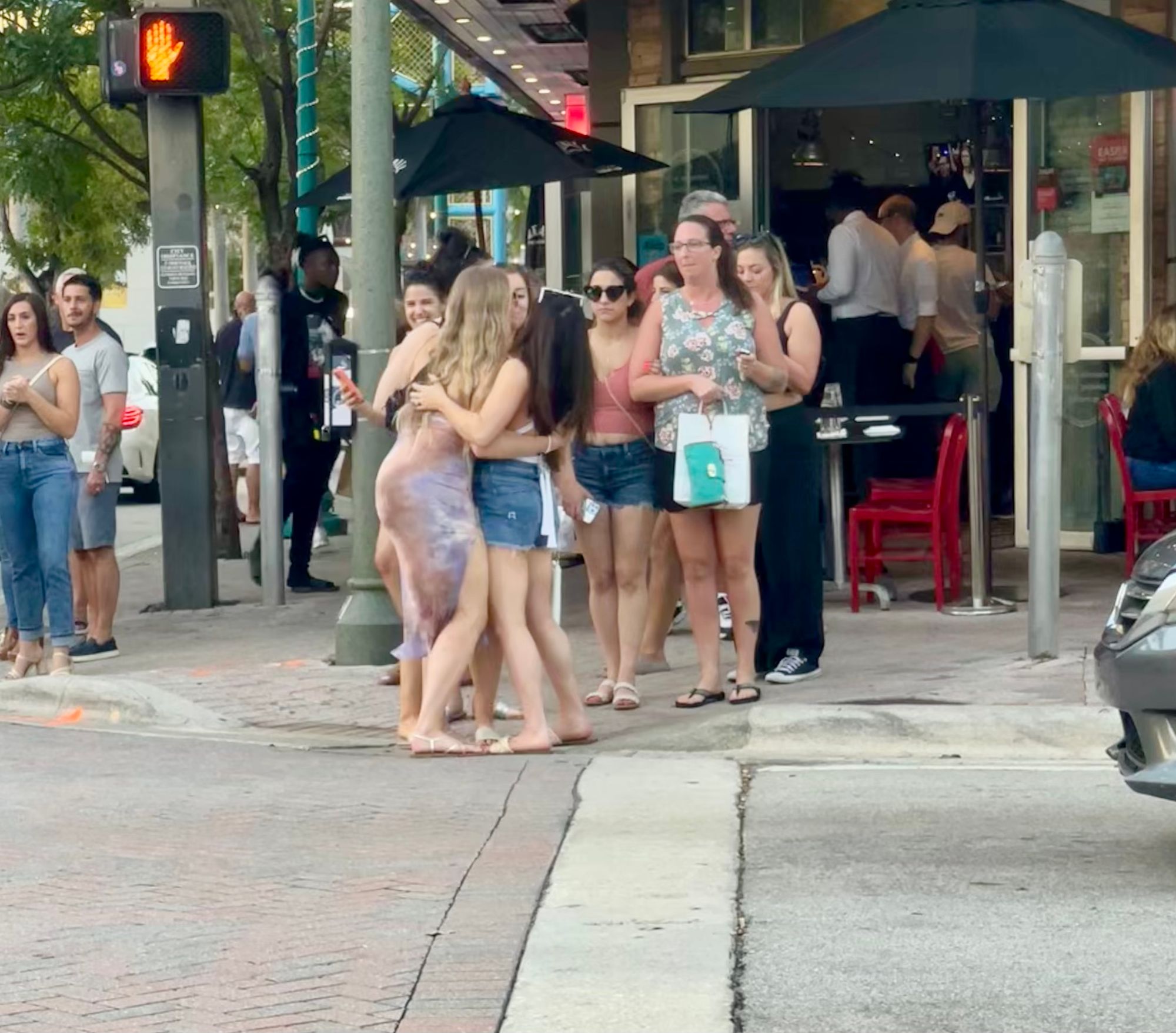
Expressions of joy and interest at the intersection
Another crucial difference is that at this location, crossing the street is casual and safe. It doesn't require intense focus and carefulness. People are at ease.
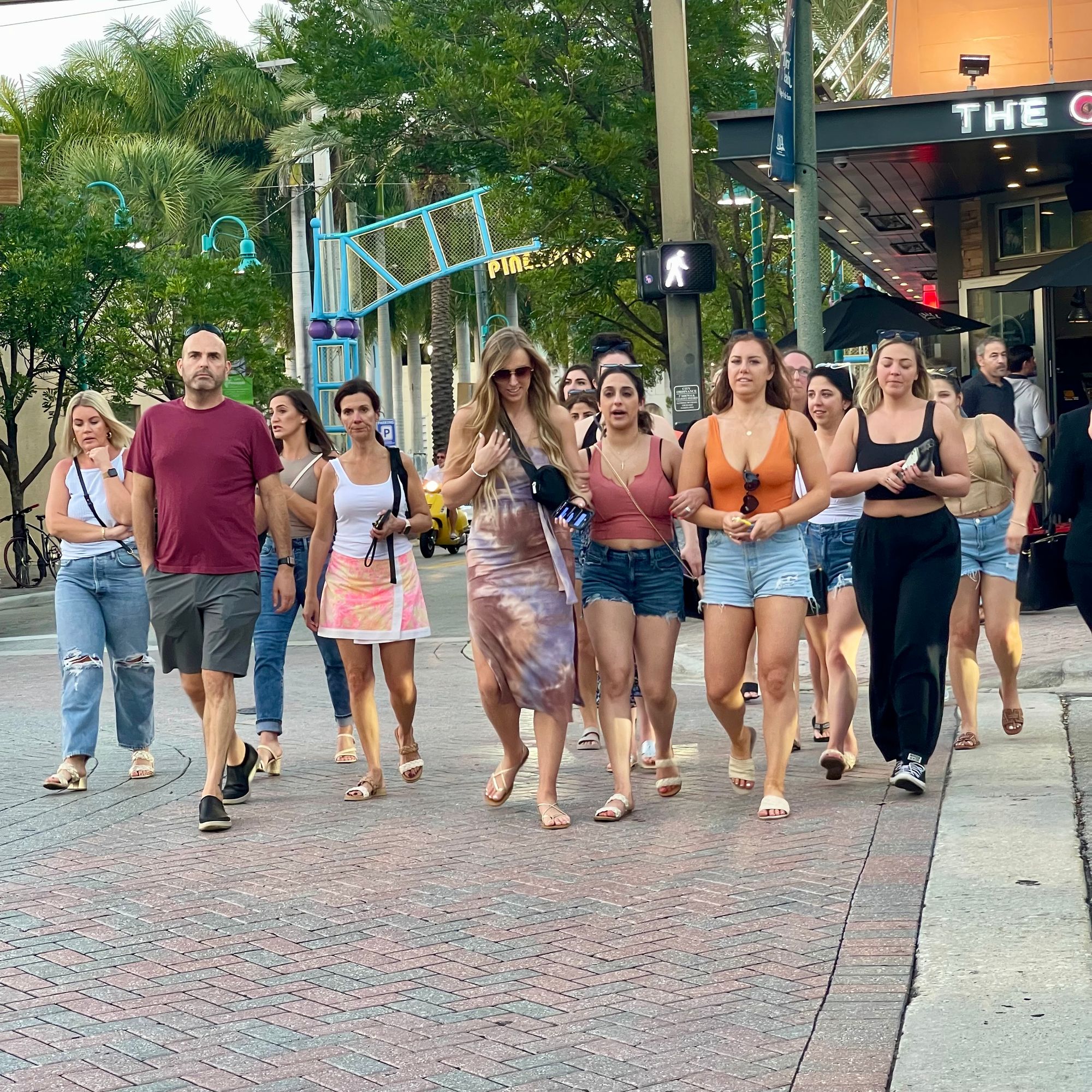
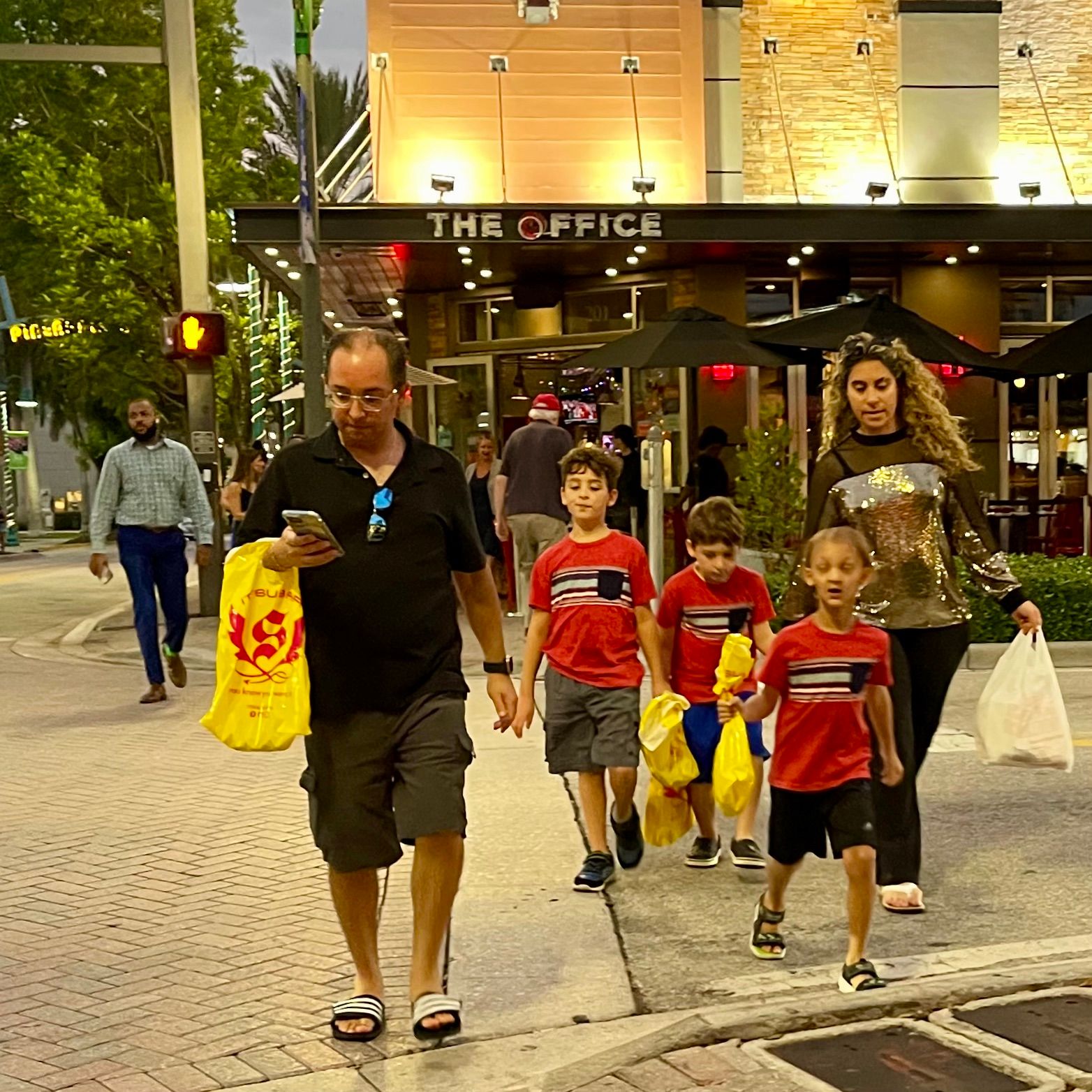
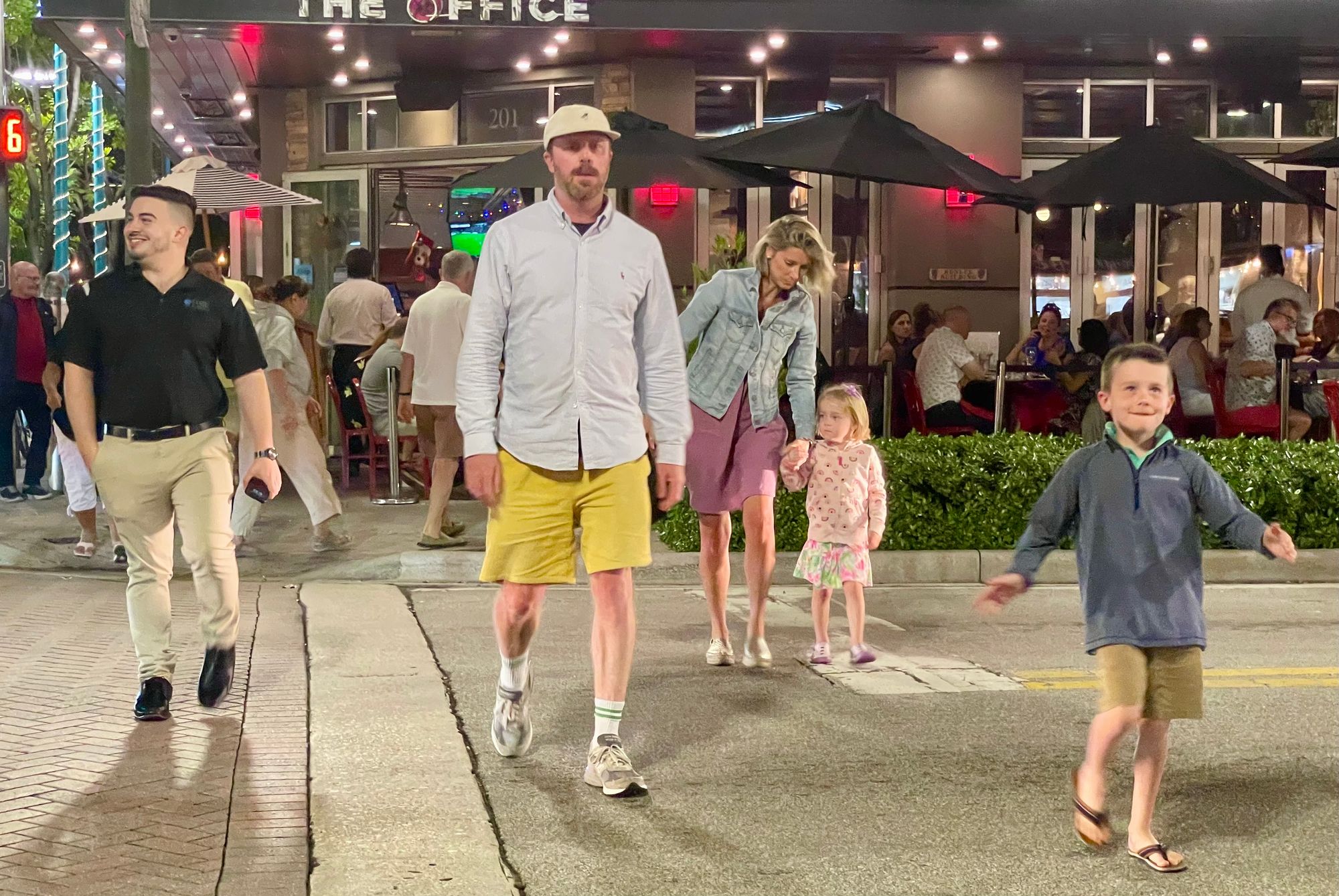
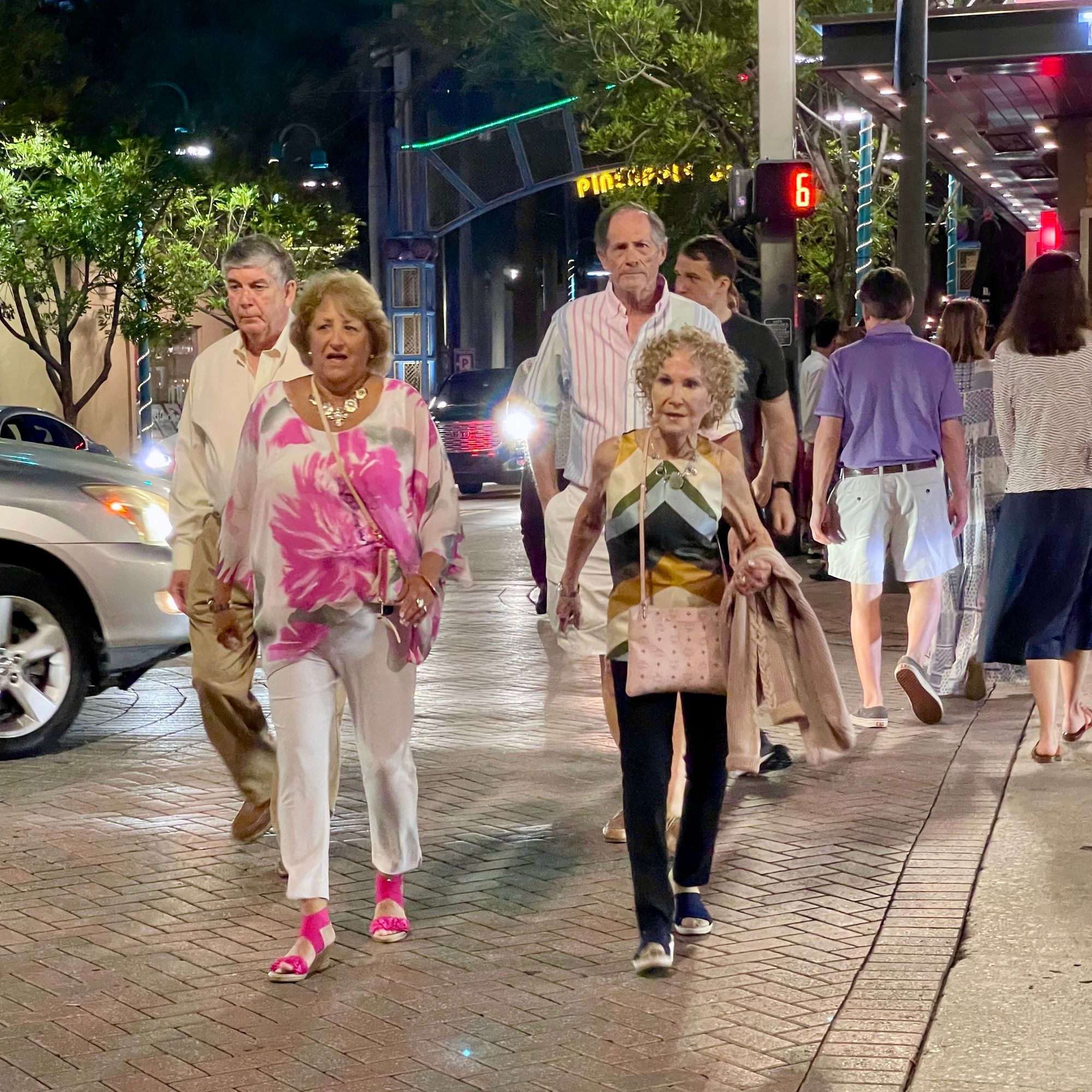
People feel comfortable and safe enough to not even pay attention to the cars and multi-task instead.
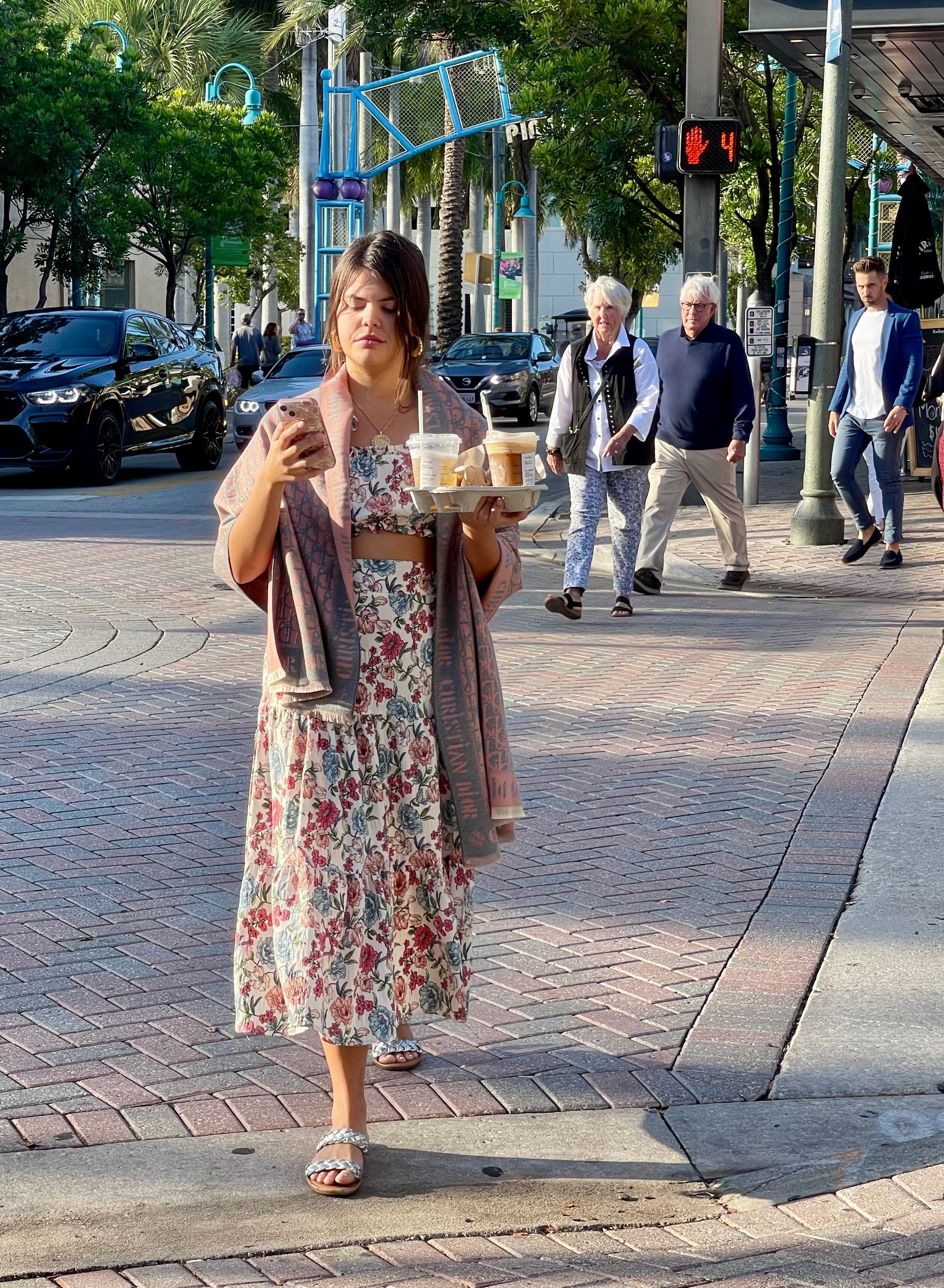
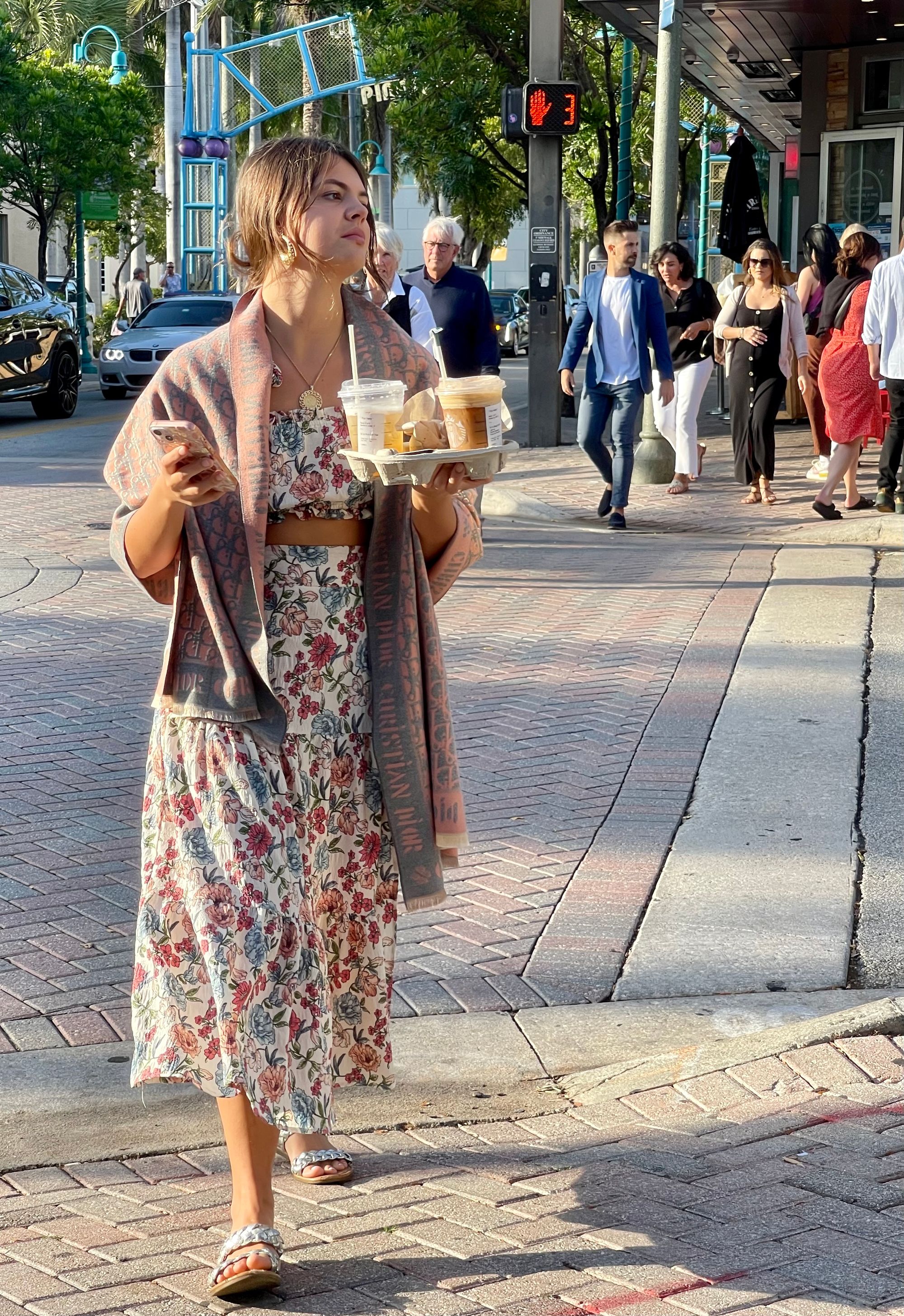
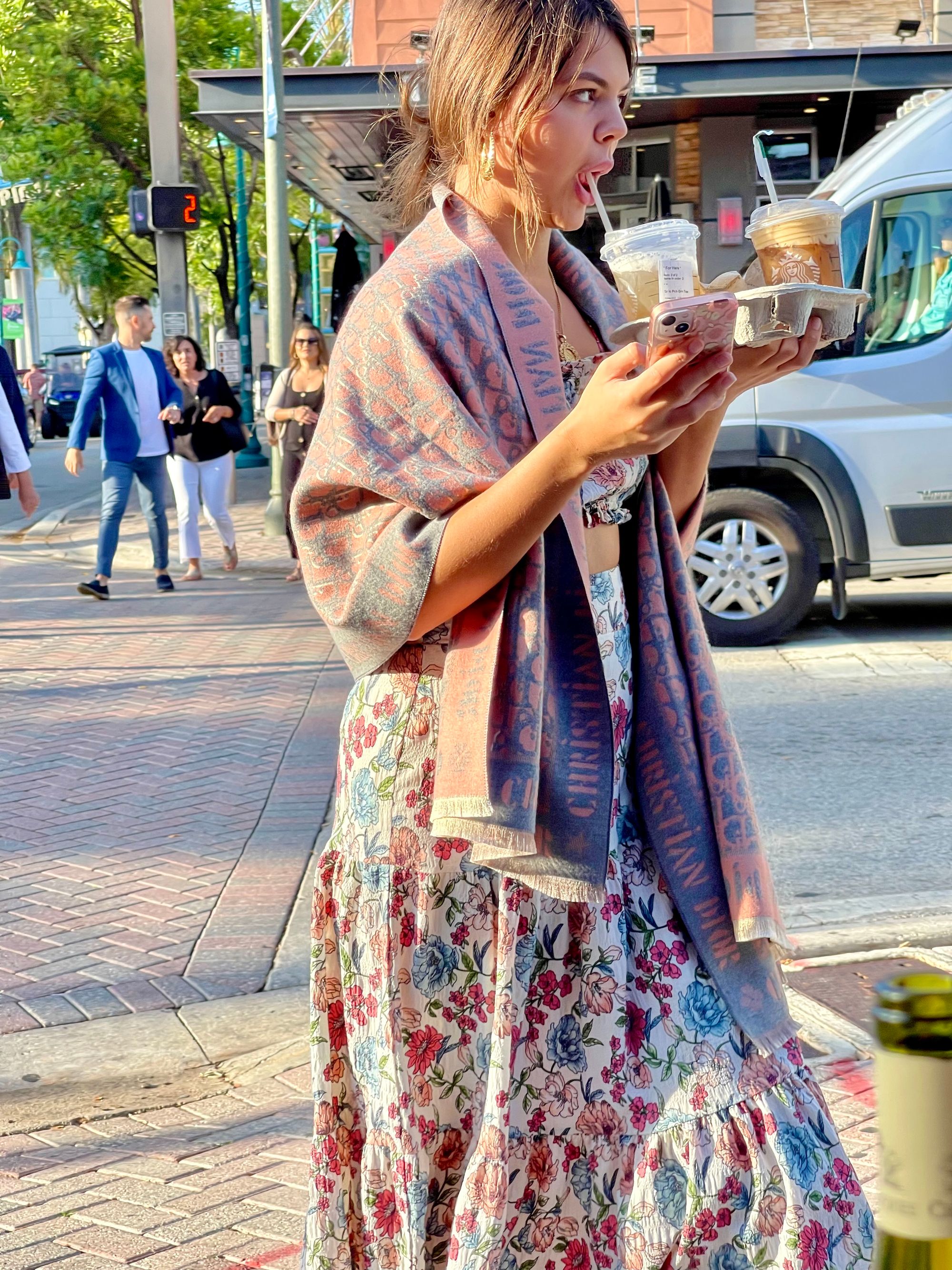
Baby Carriages are everywhere, even for pets
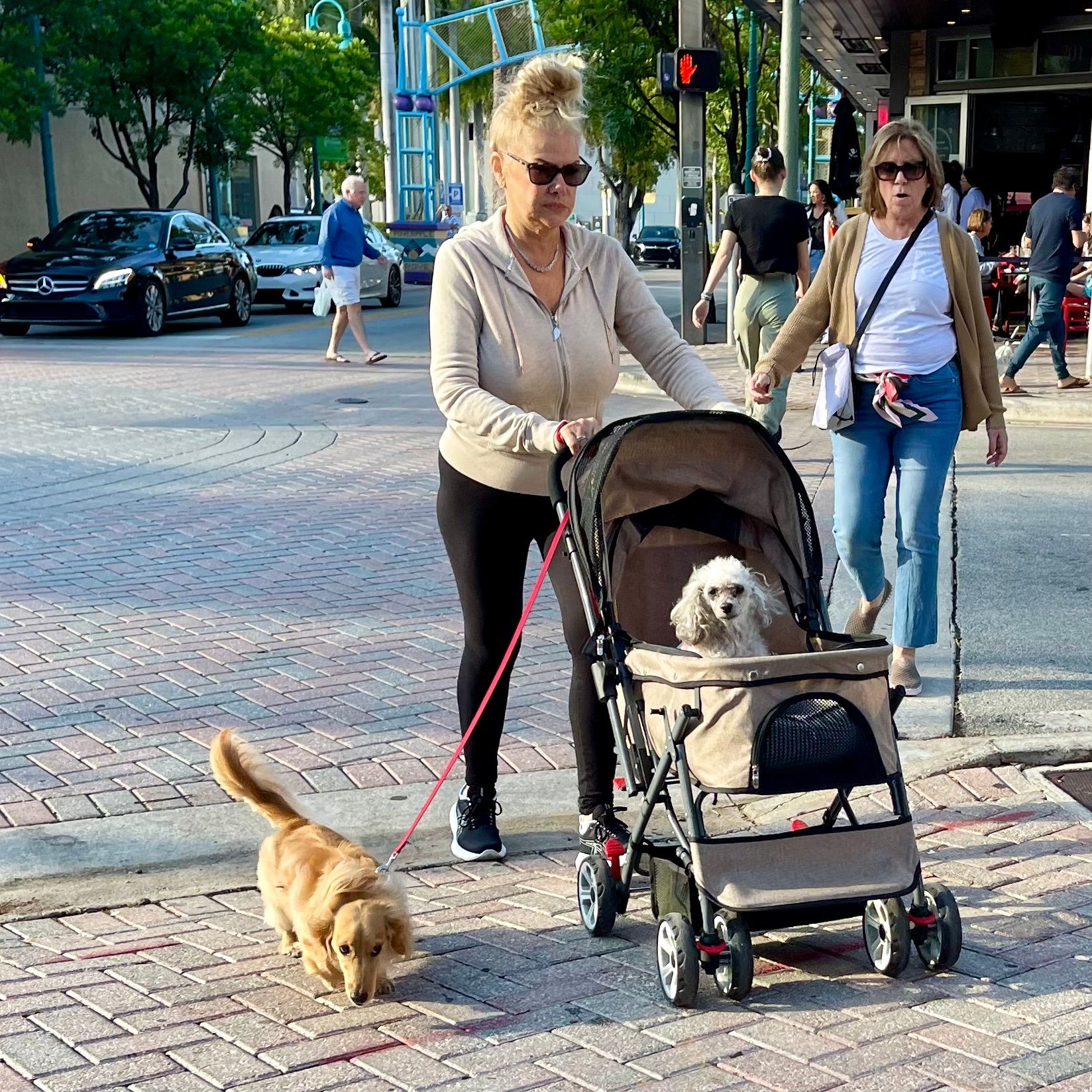
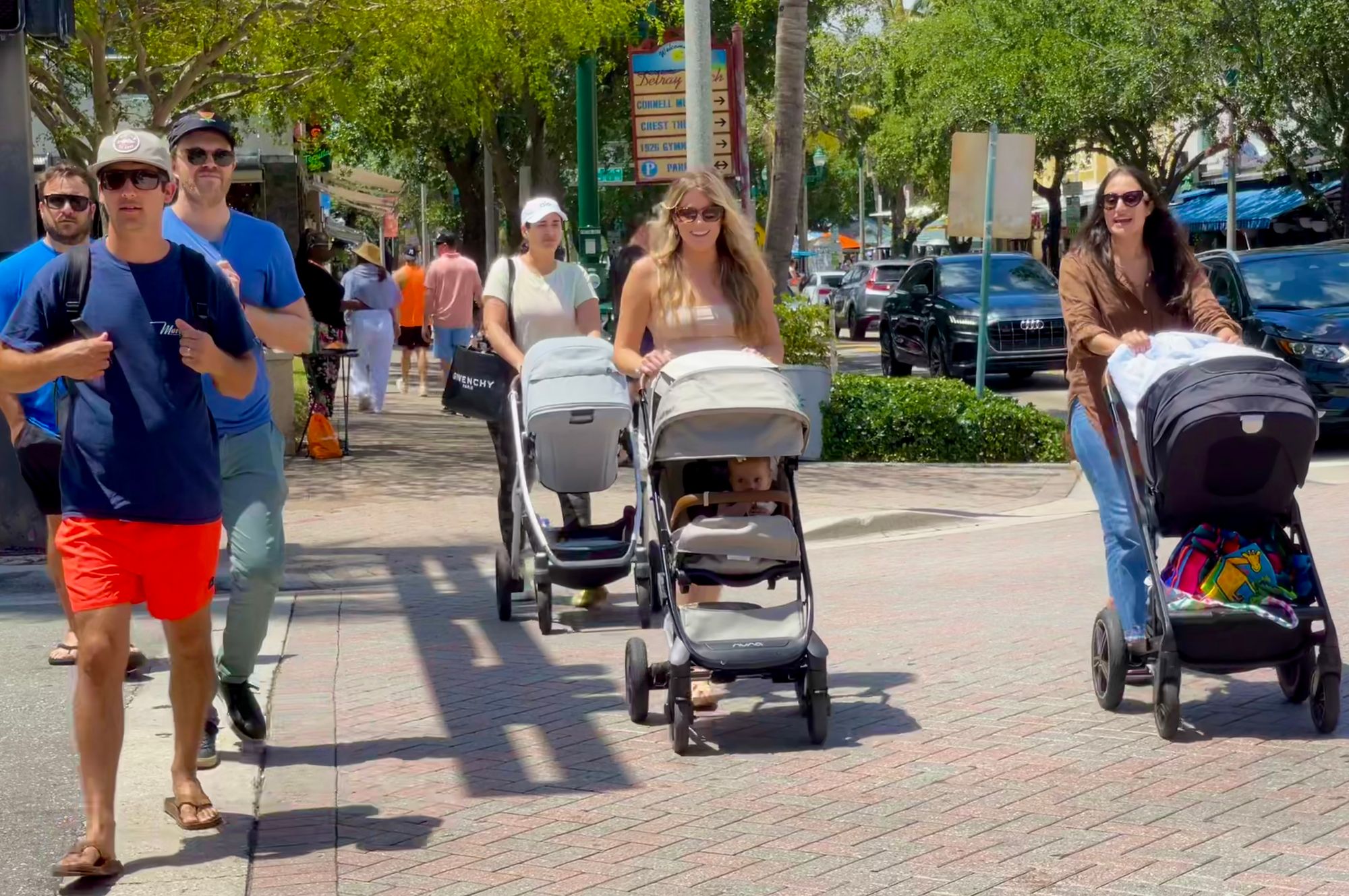
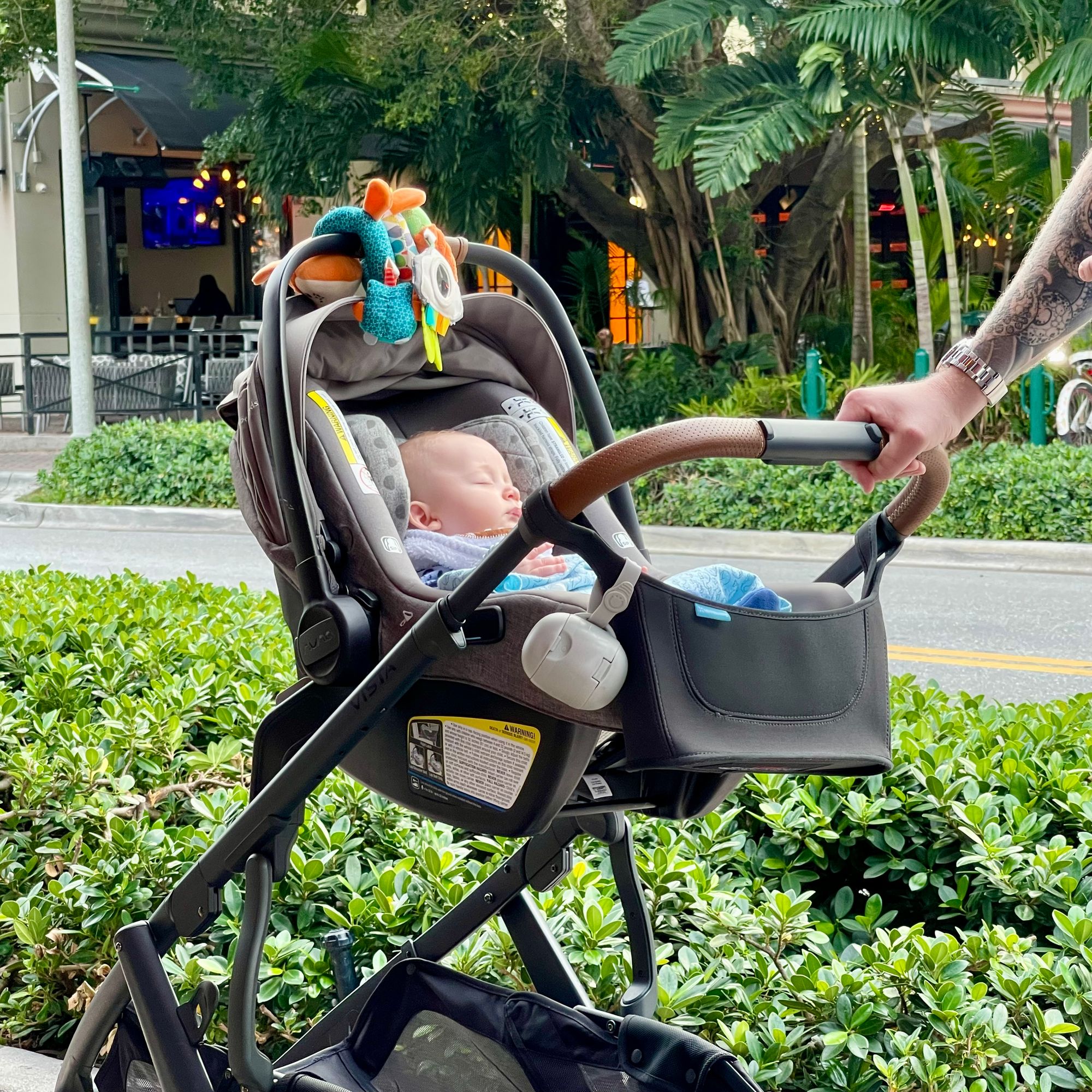
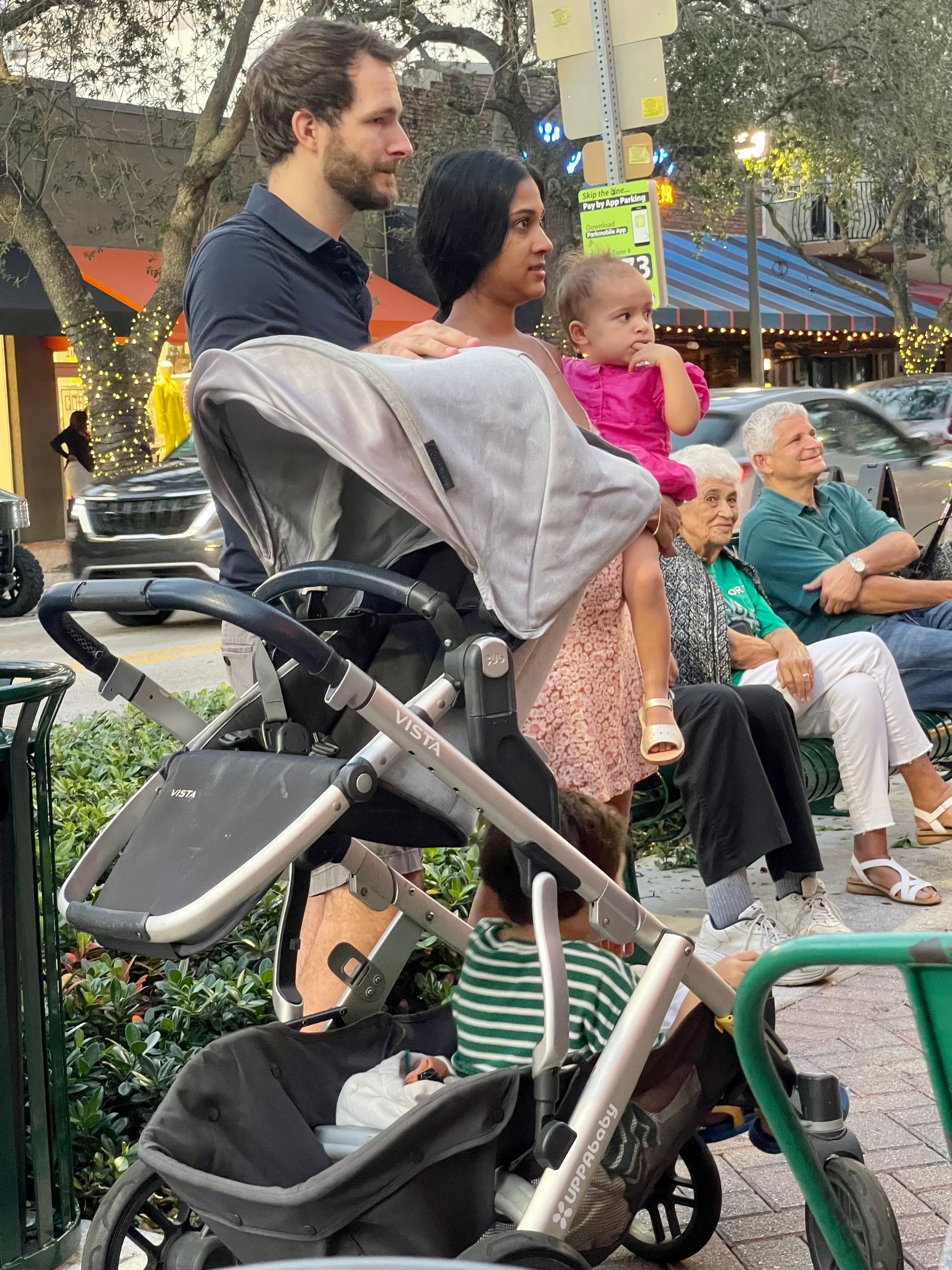
"Local characters" choose the busiest intersection in a city to share their message and their personality, creating interesting experiences for all.
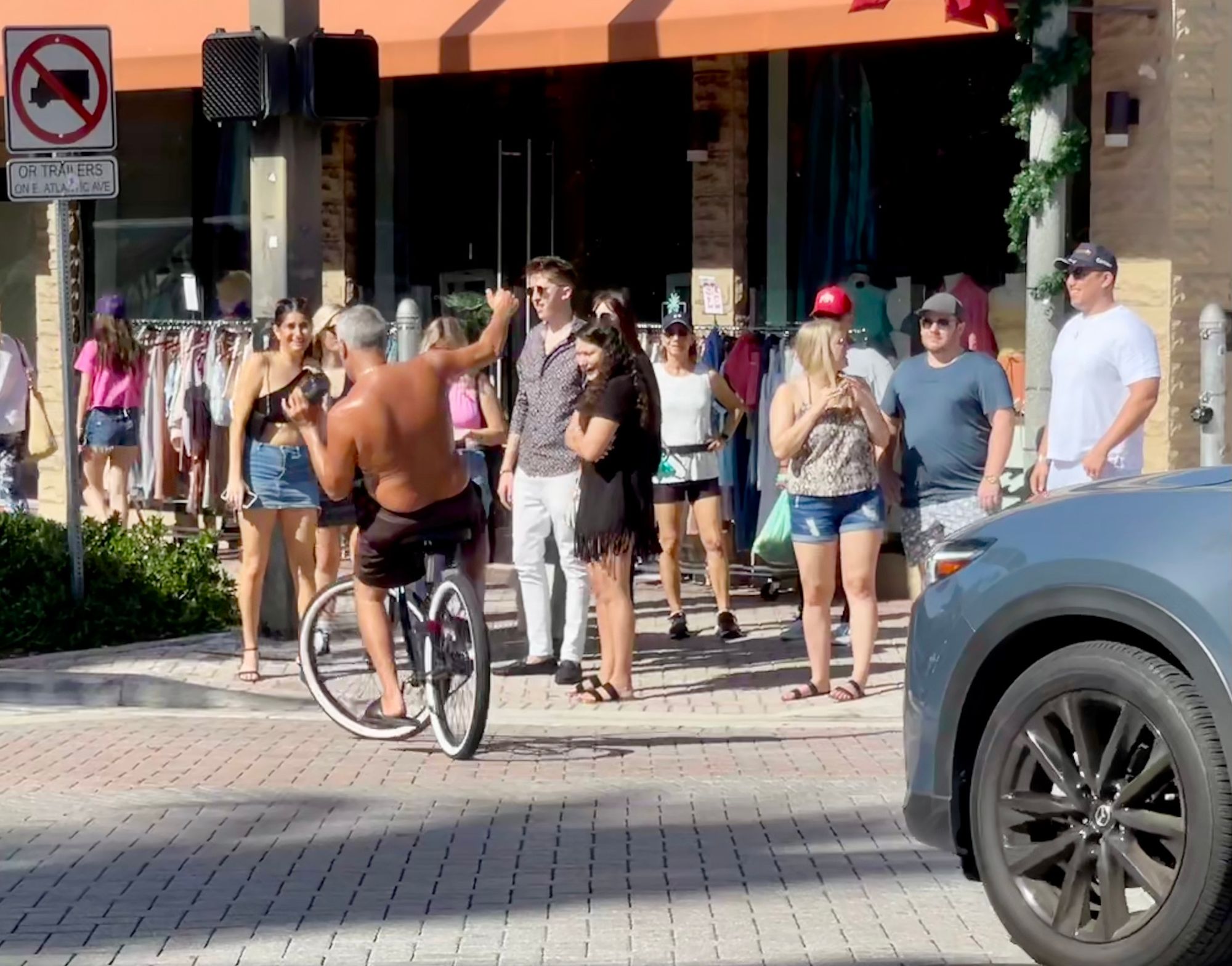
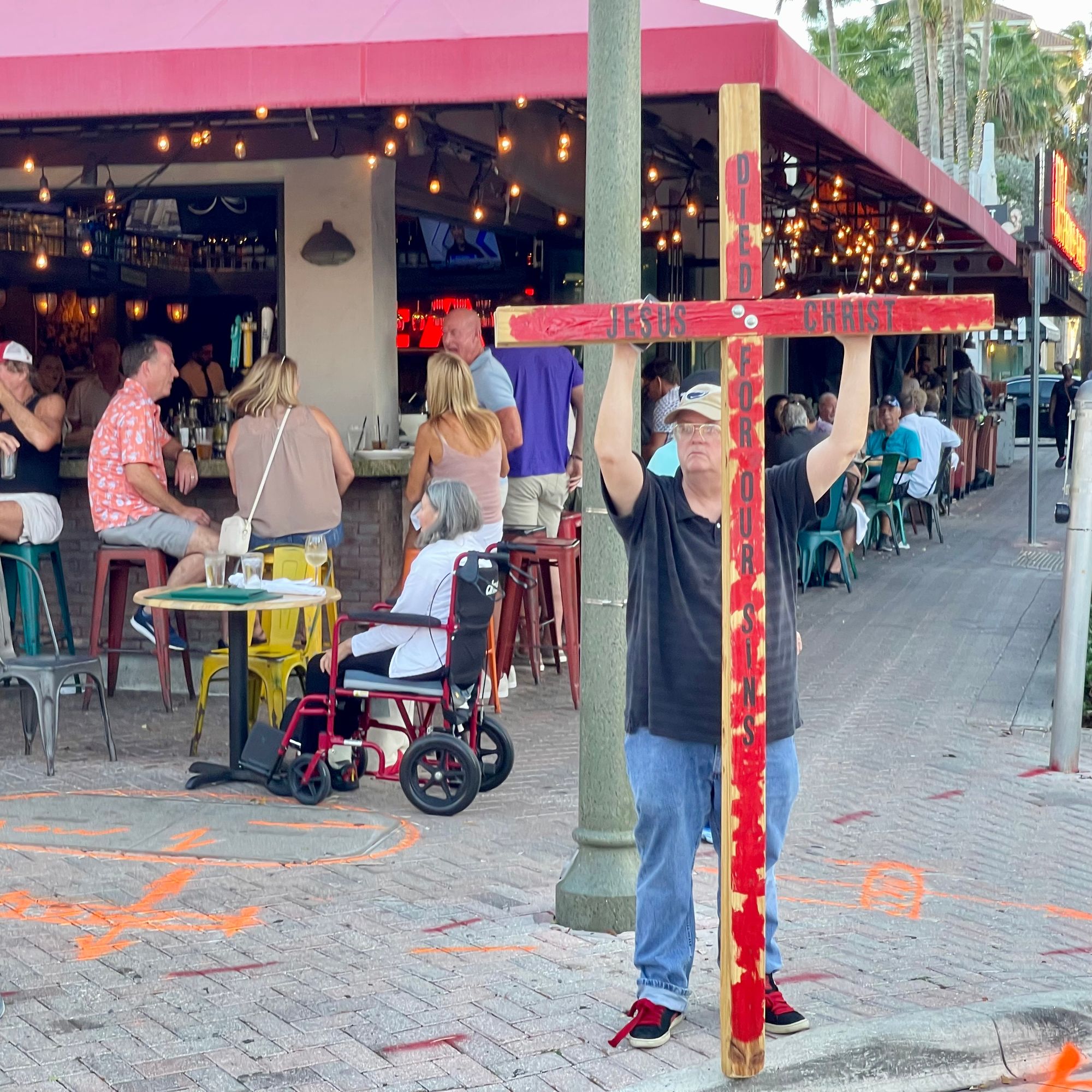
When people perform and/or have a message they want to convey, they go to the "center," the most important corner in the city.
Families linger and bond, without a concern.
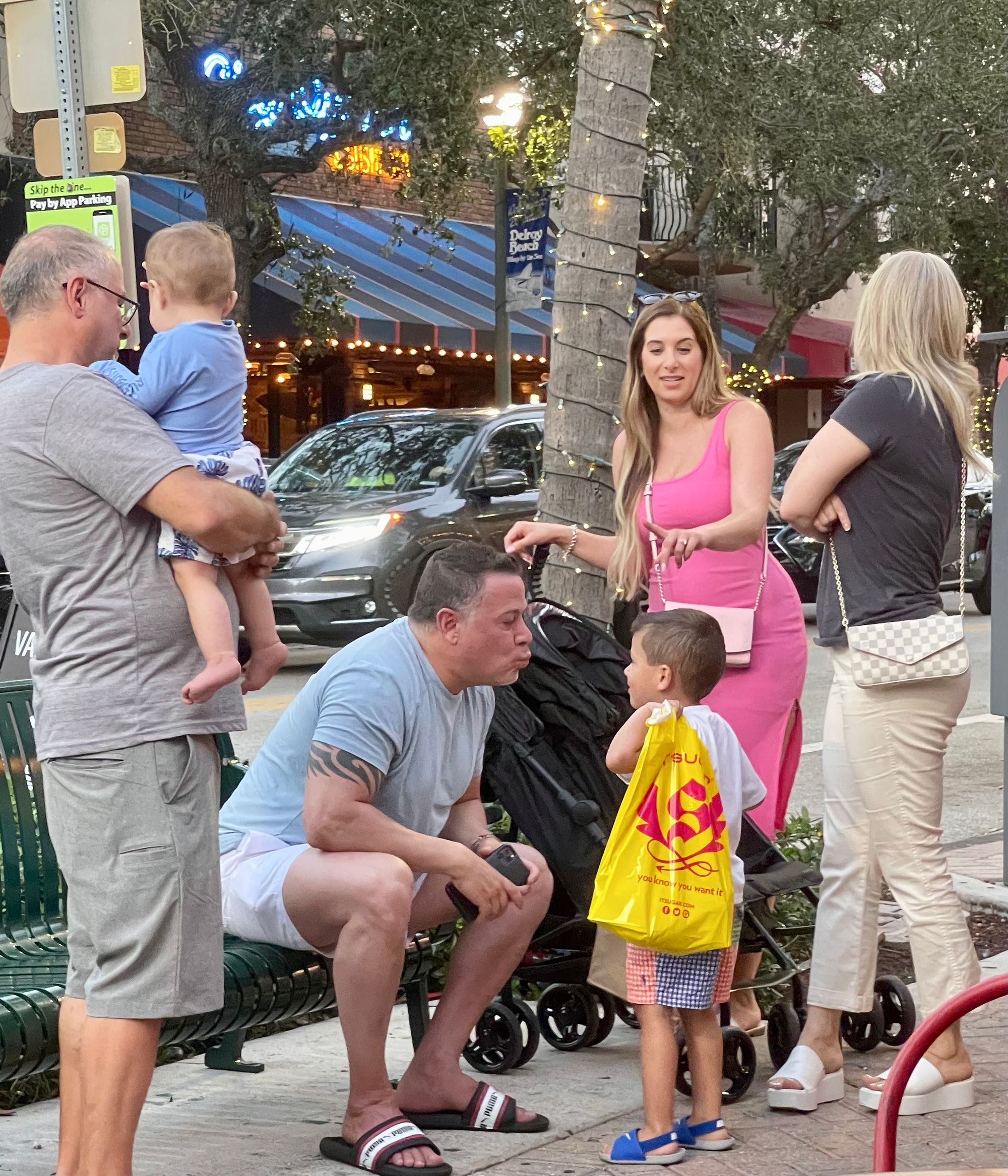
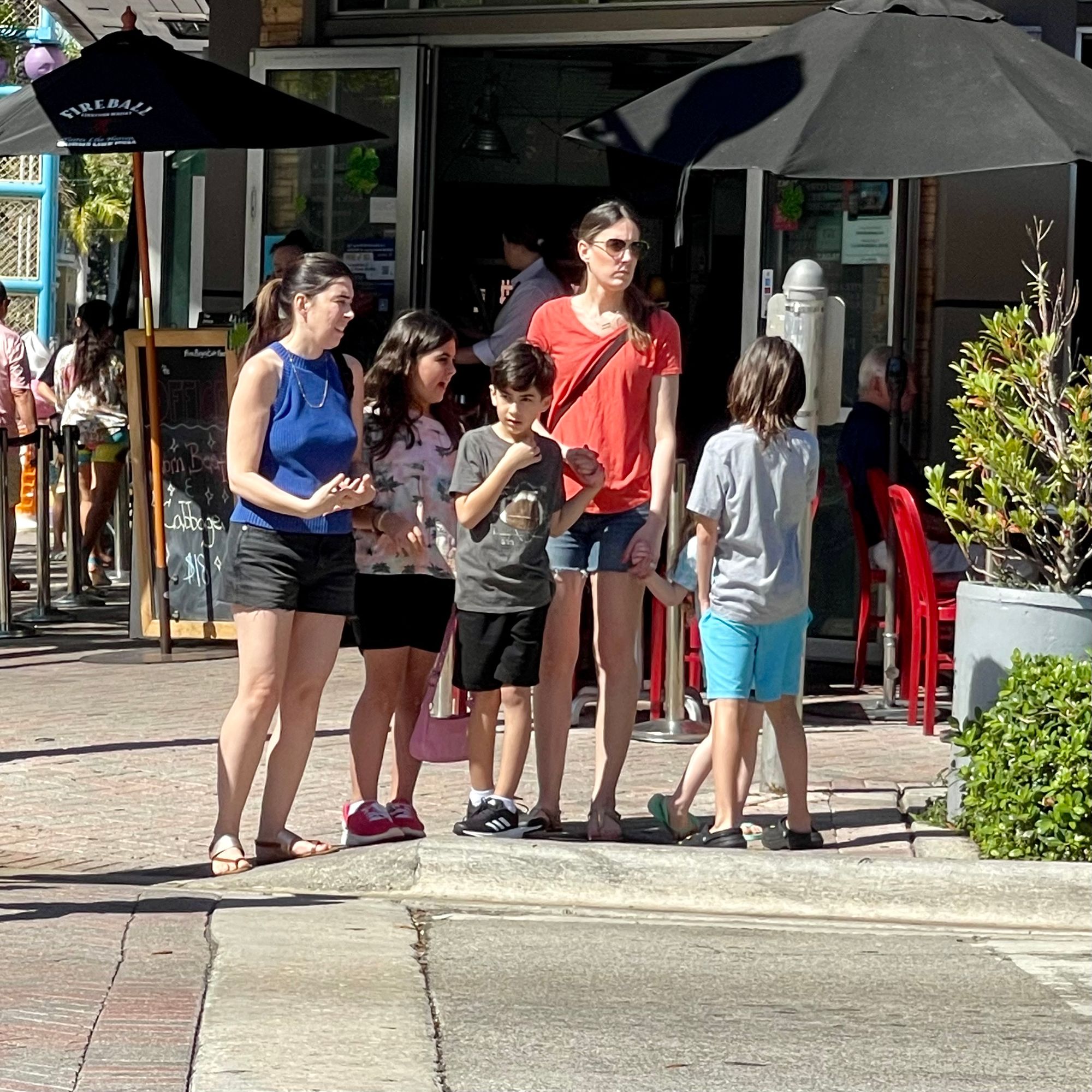
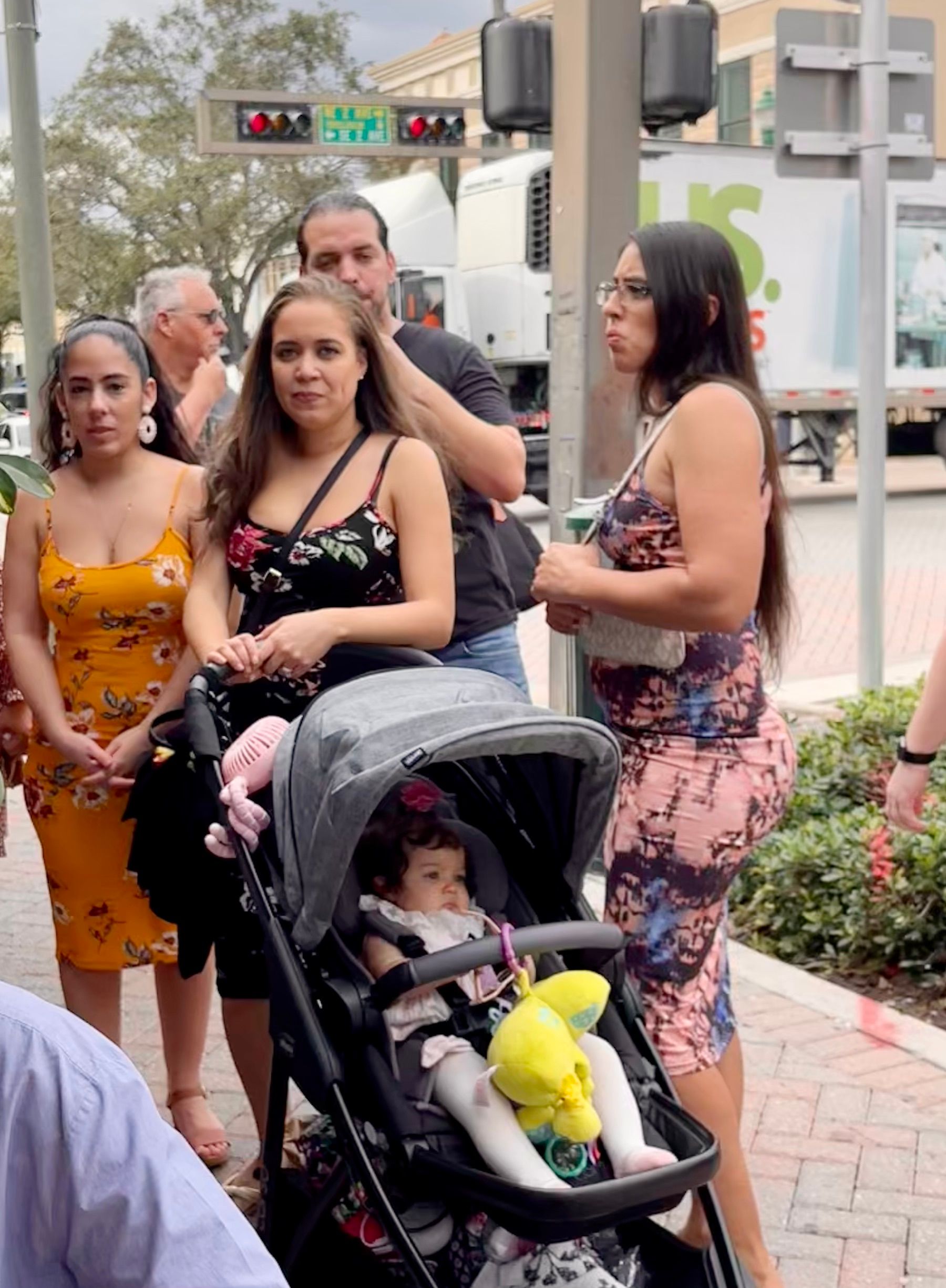
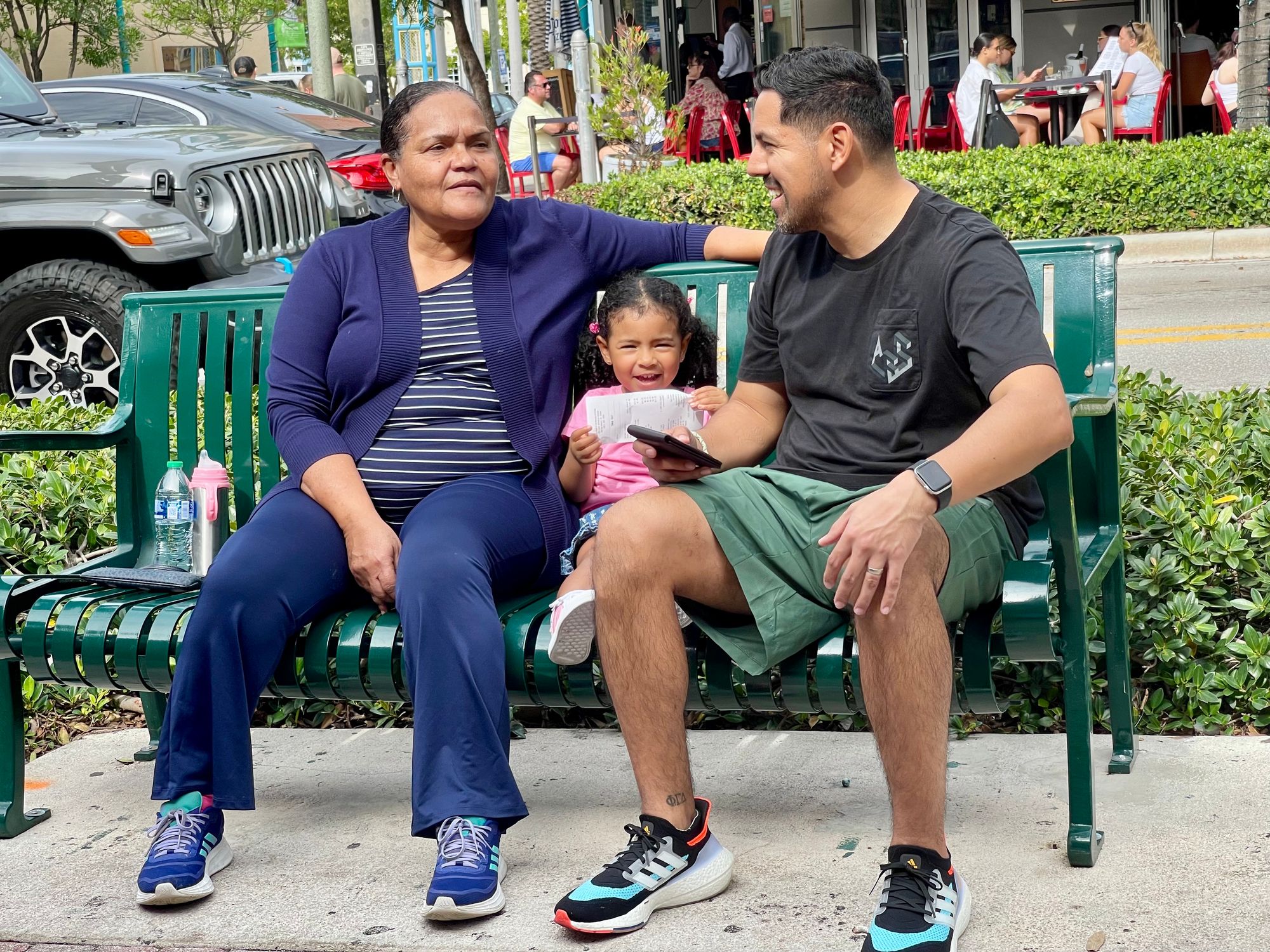
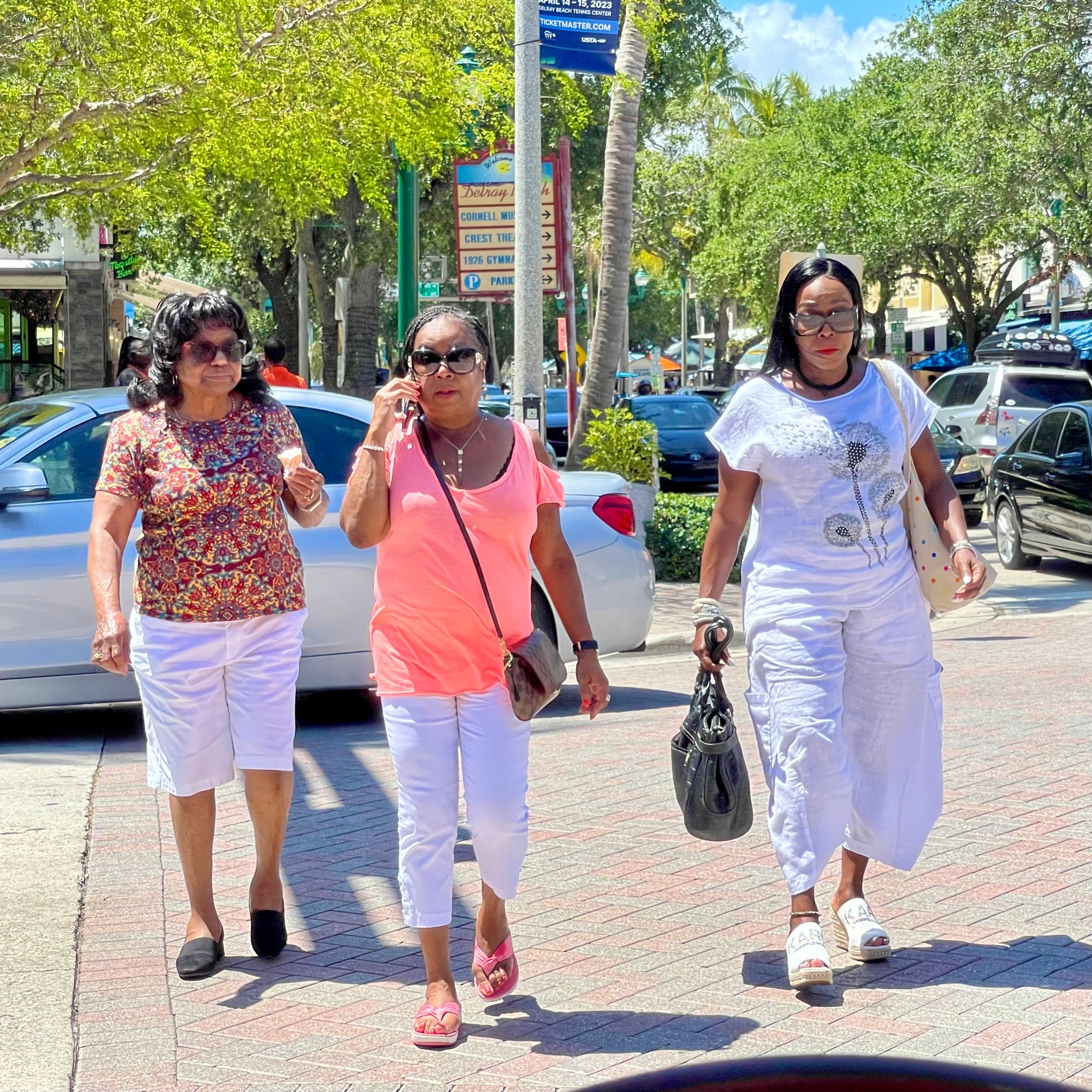
Affection is natural and easy. People are relaxed to a point where the traffic seems a part of the experience. Having an intersection like this is something that we rarely see but that everyone enjoys when it exists.
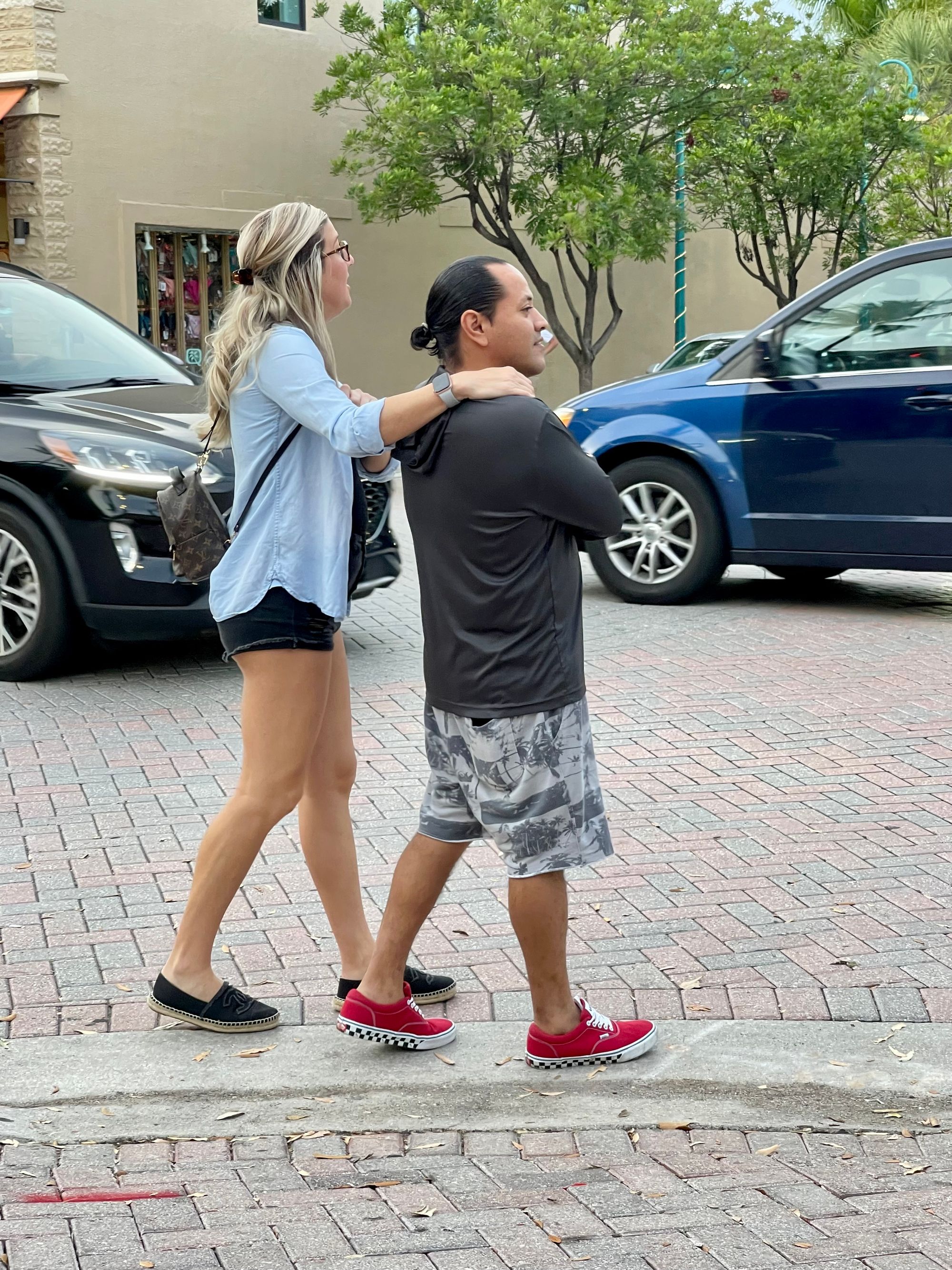
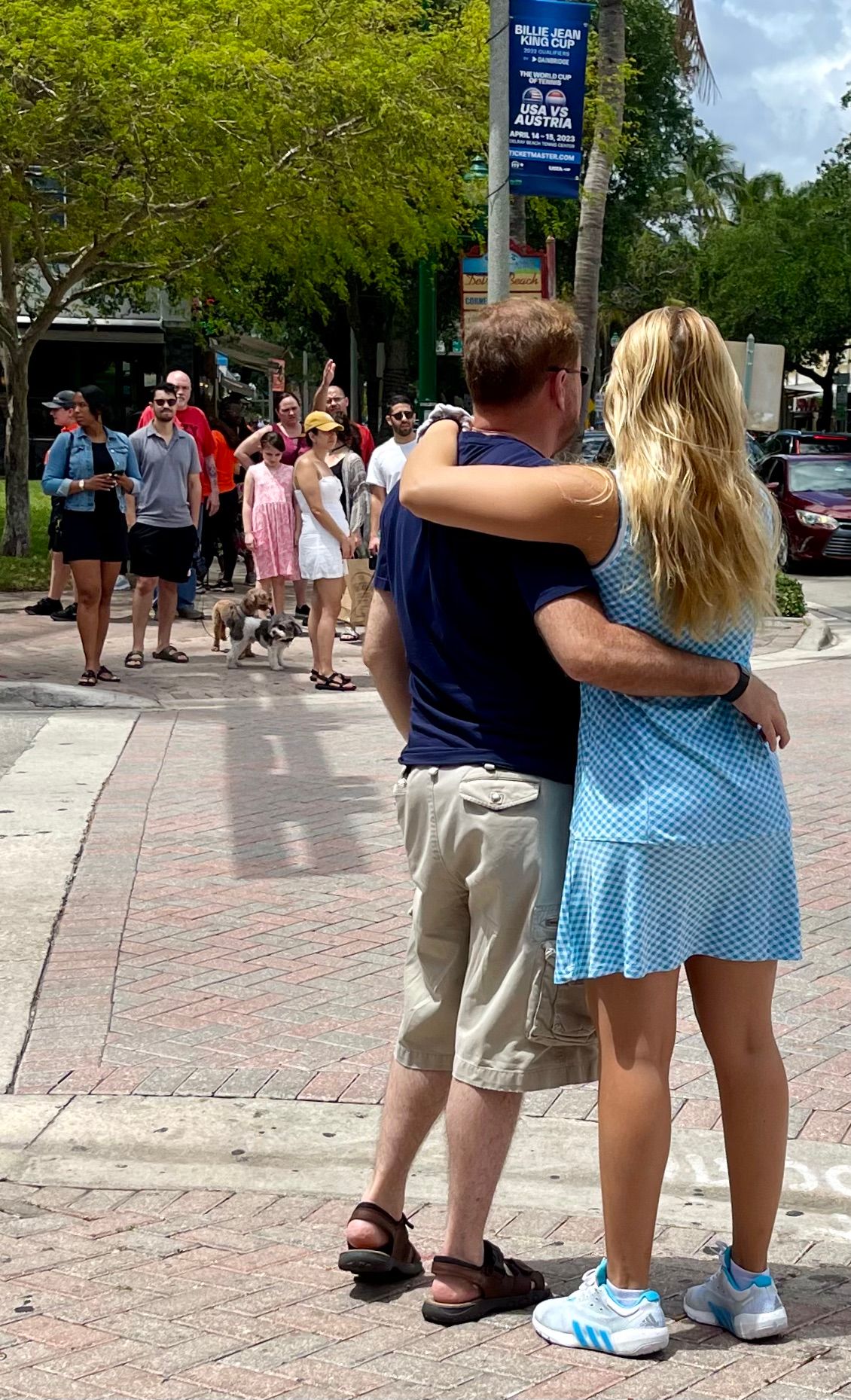
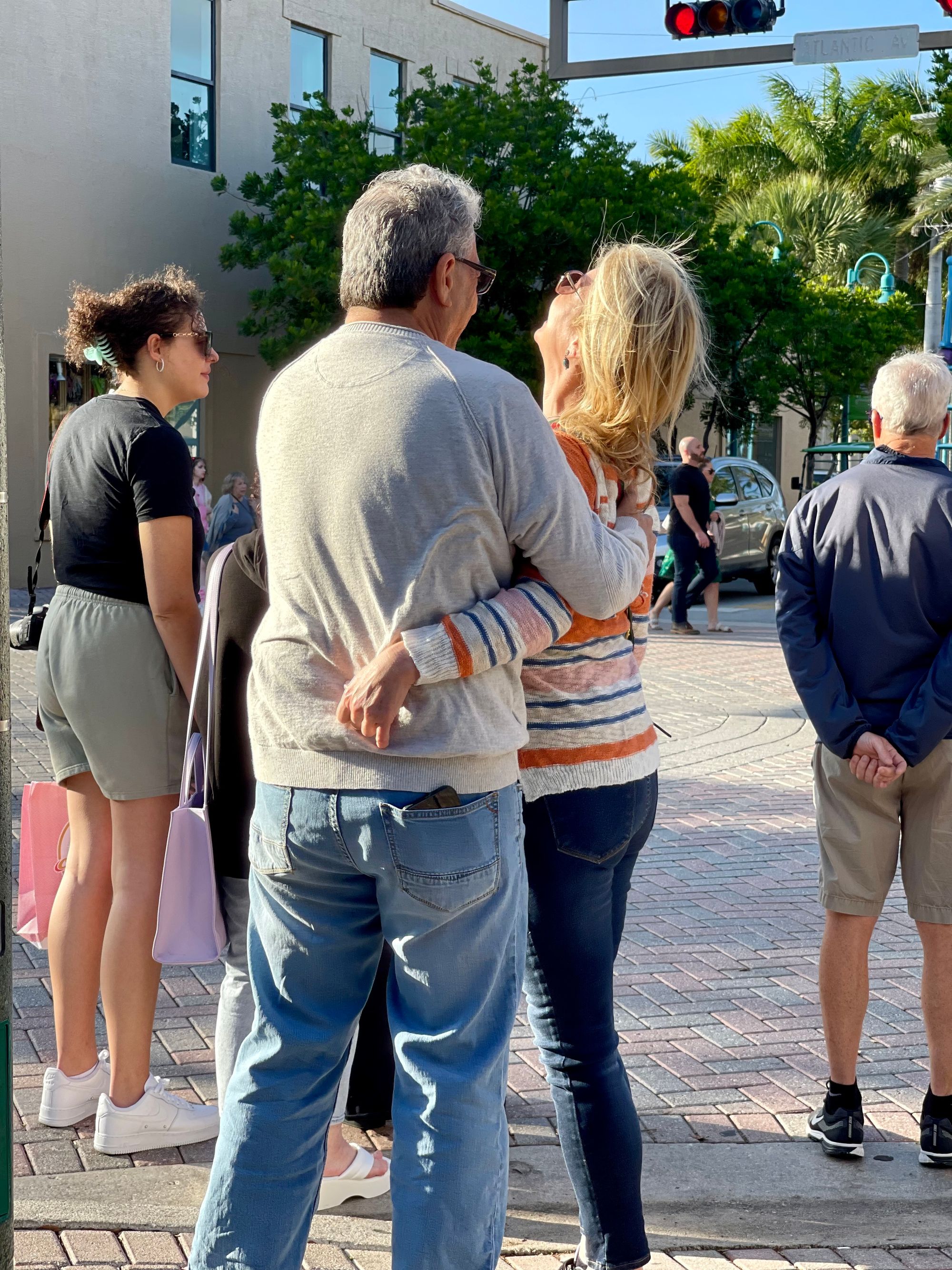
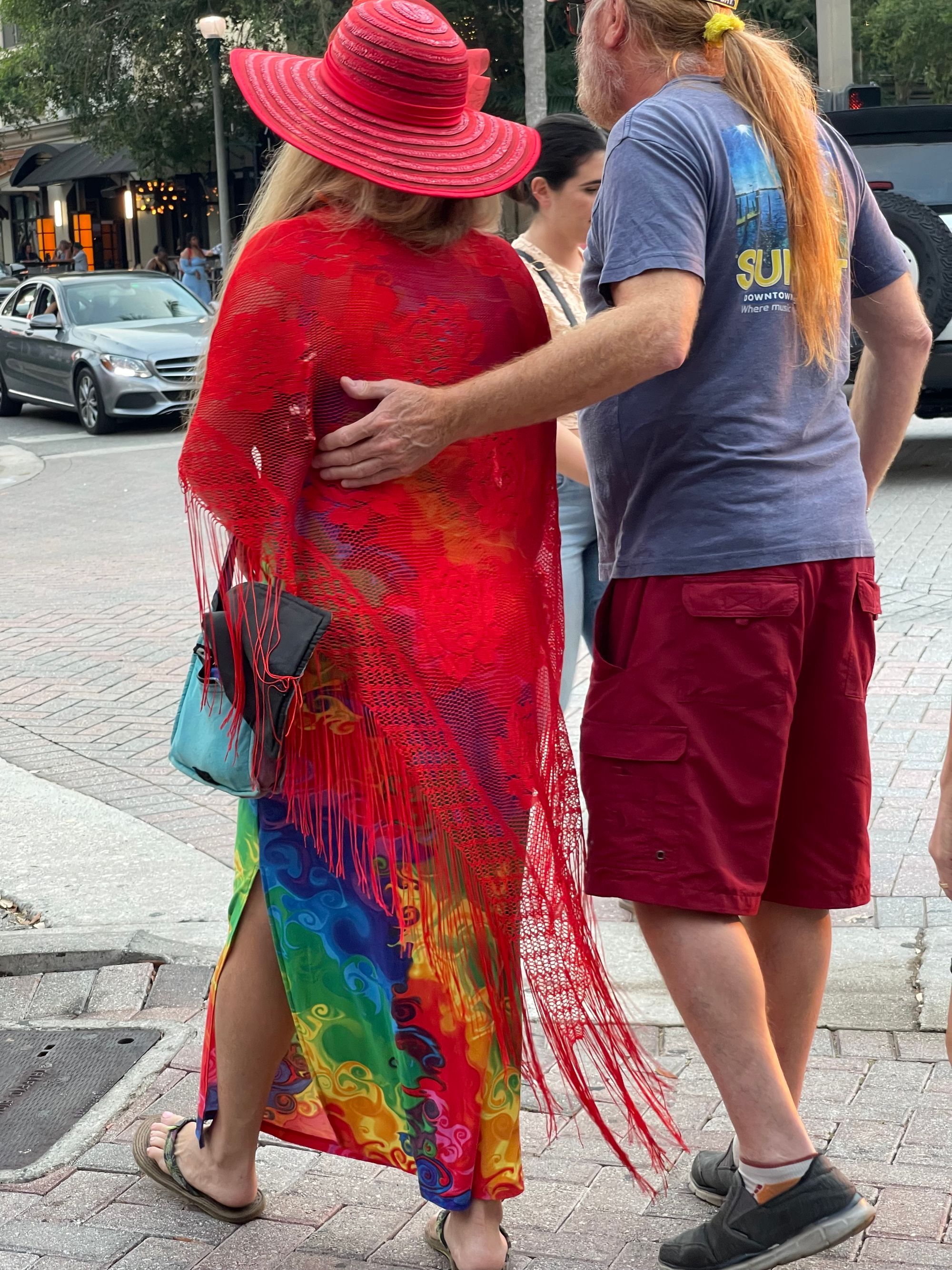
This lively intersection also has the best corner in town, where one of the best restaurants has tables set out for people watching. This is the place where we frequently sit to catch the bustle of interesting activity because there is so much going on at all times.

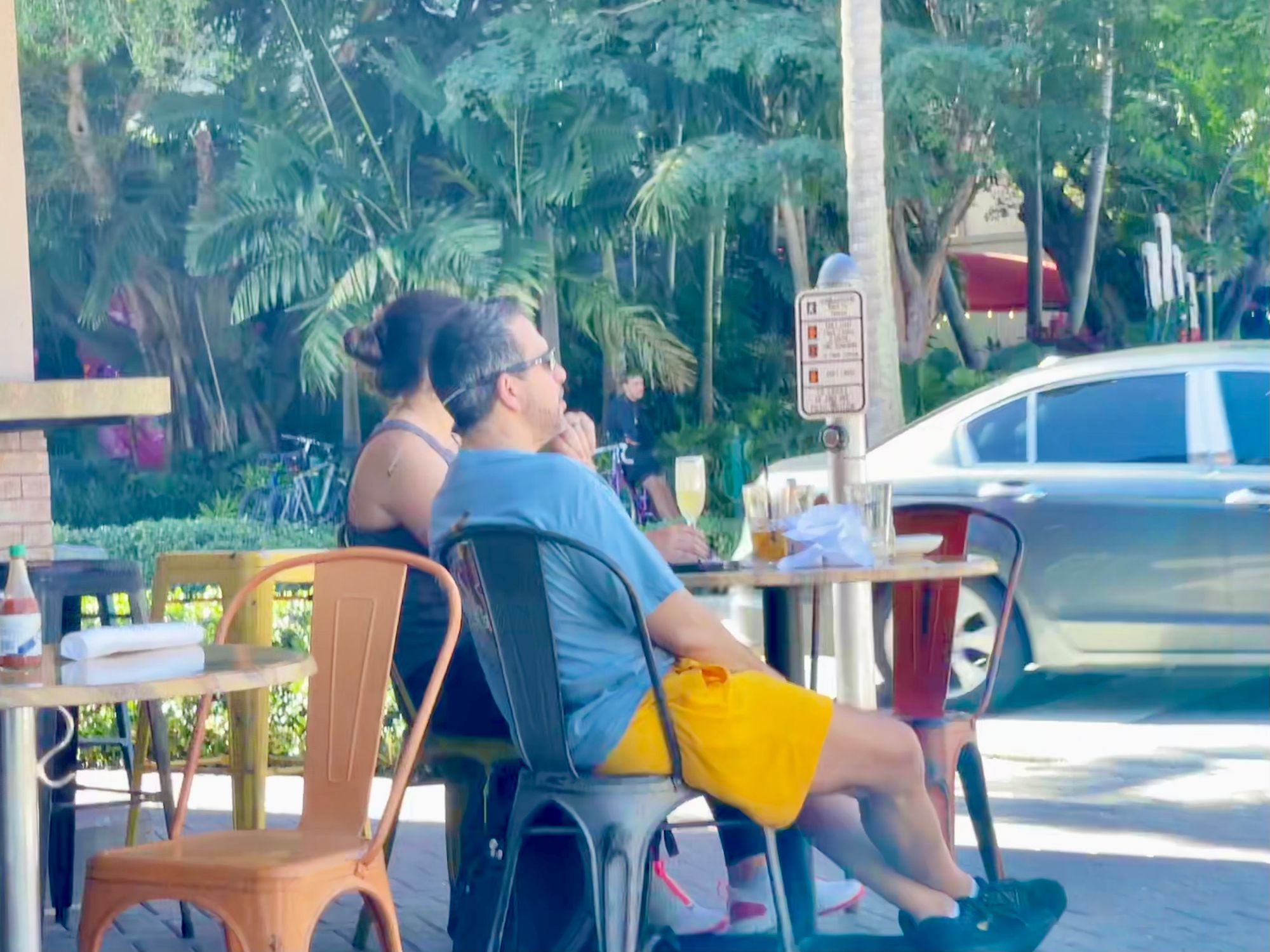
An intersection where dogs have social lives too is a great intersection indeed.
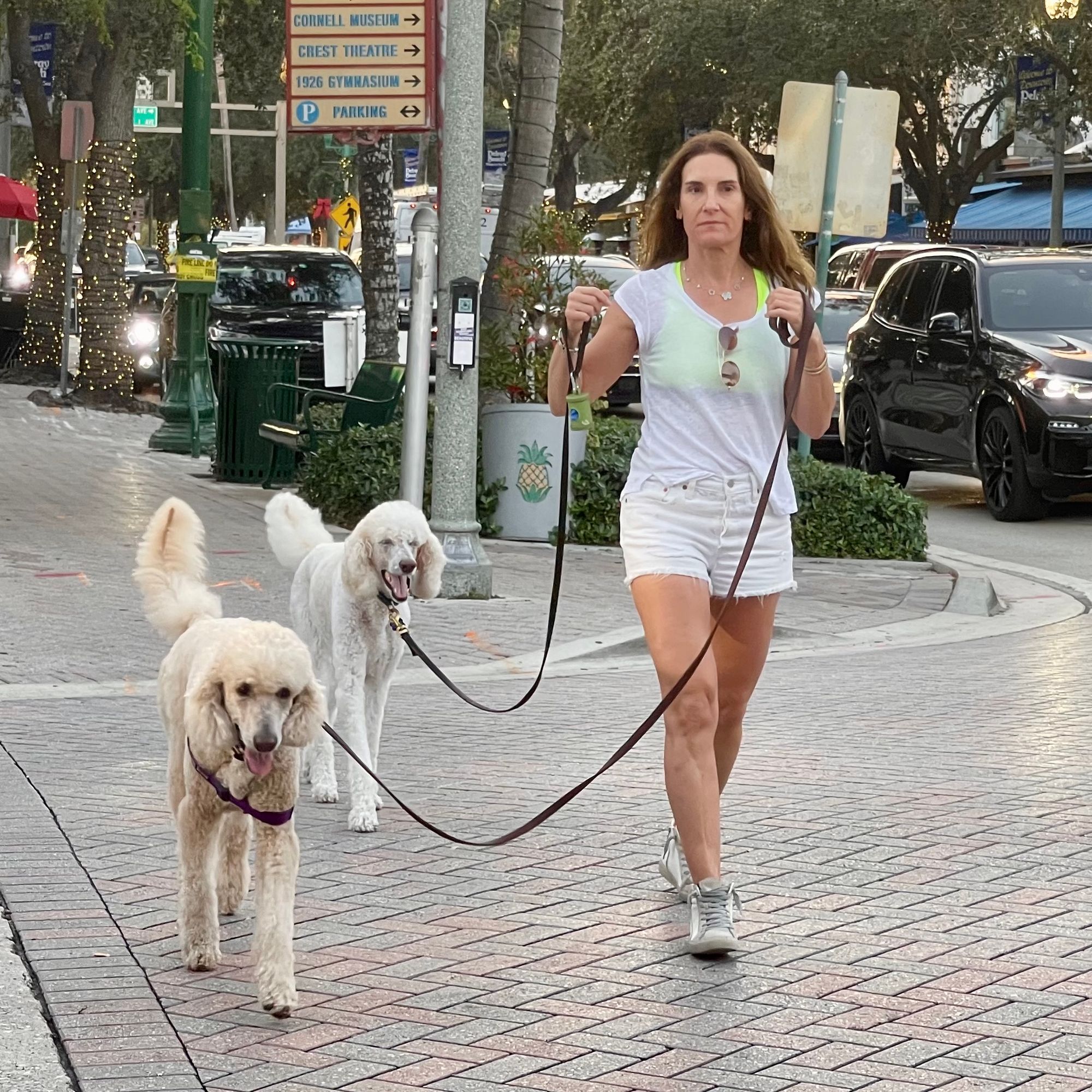
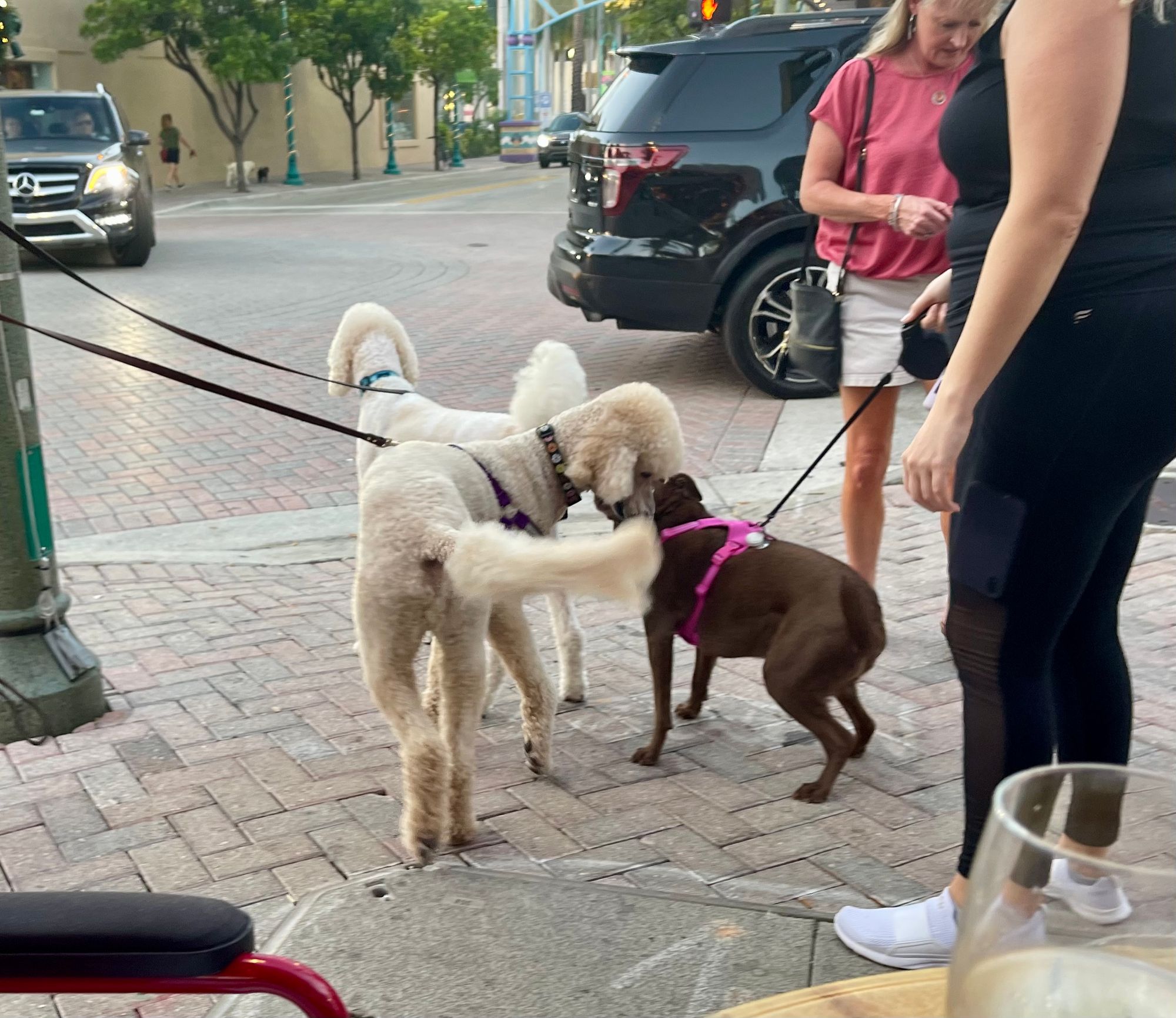
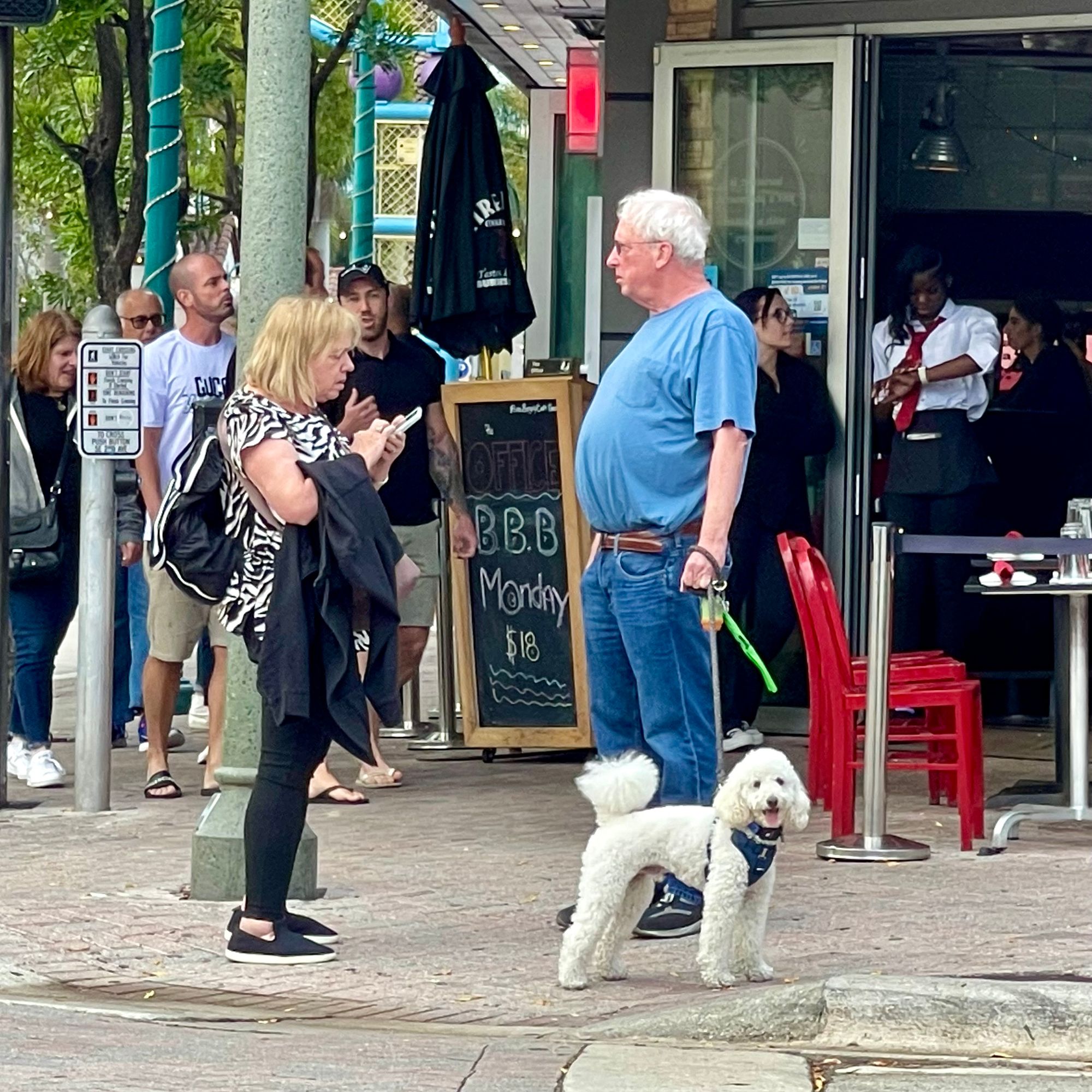
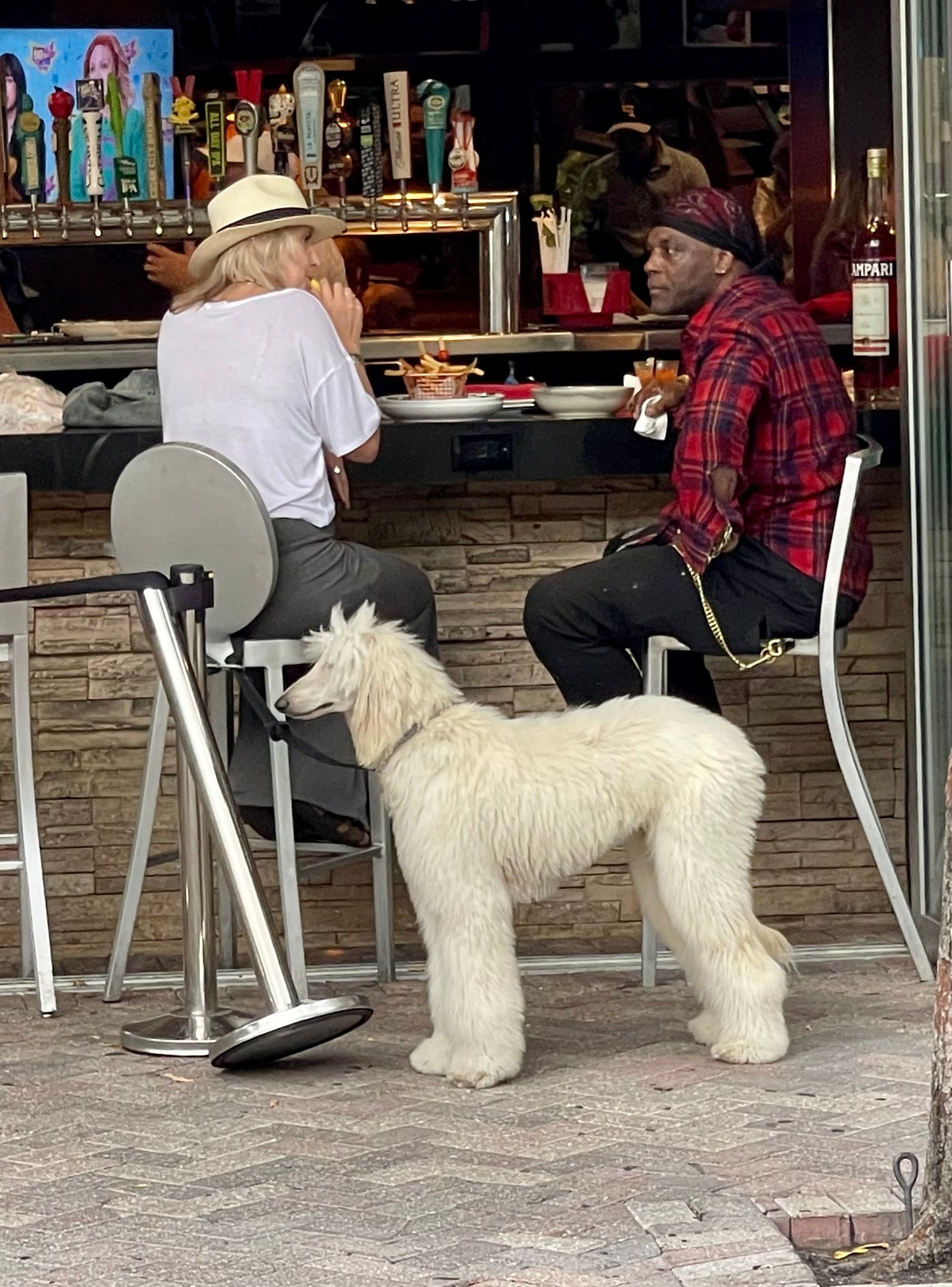
With speeds so low, even people in vehicles can interact with street life at this key intersection. Everyone is connected.
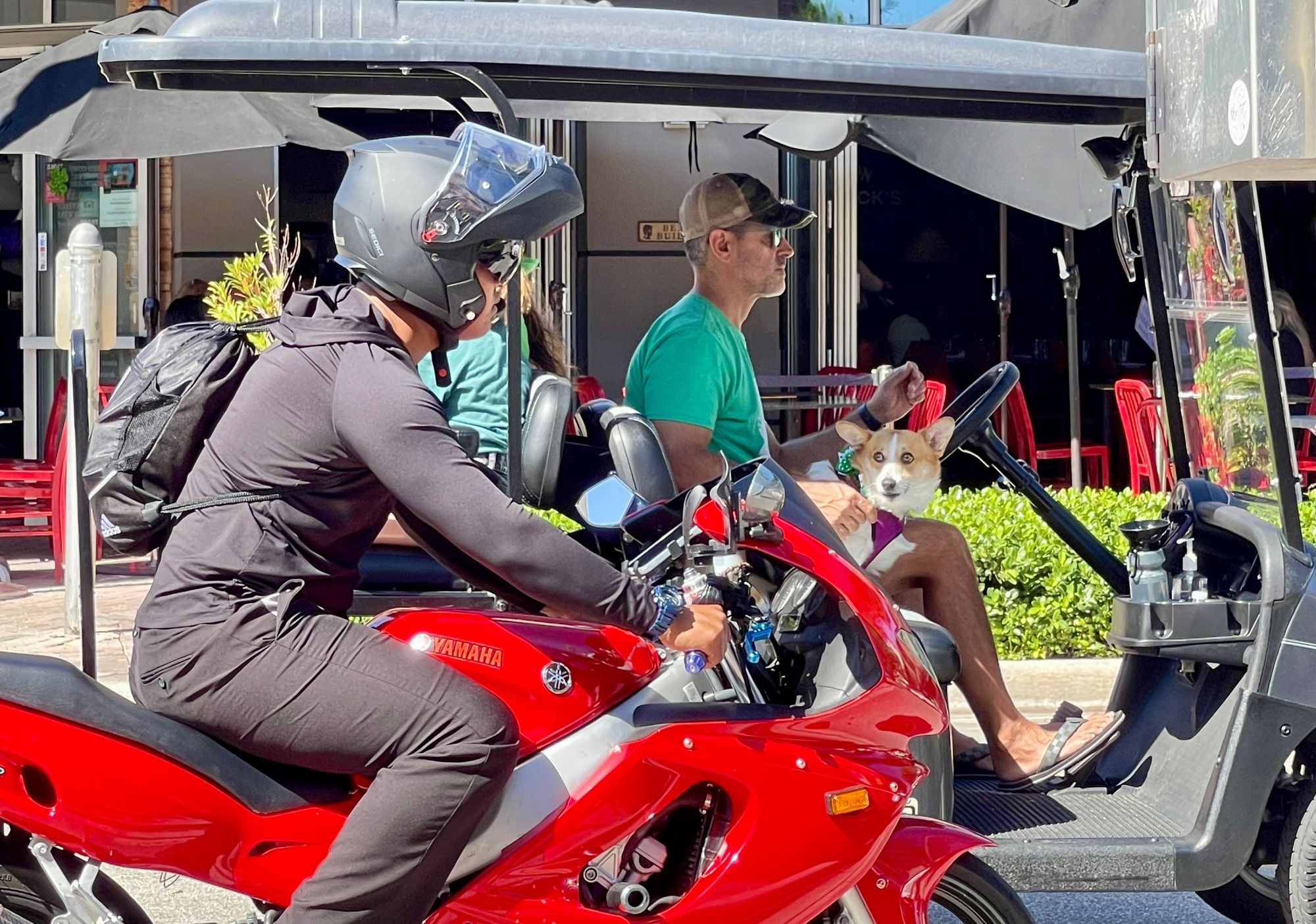
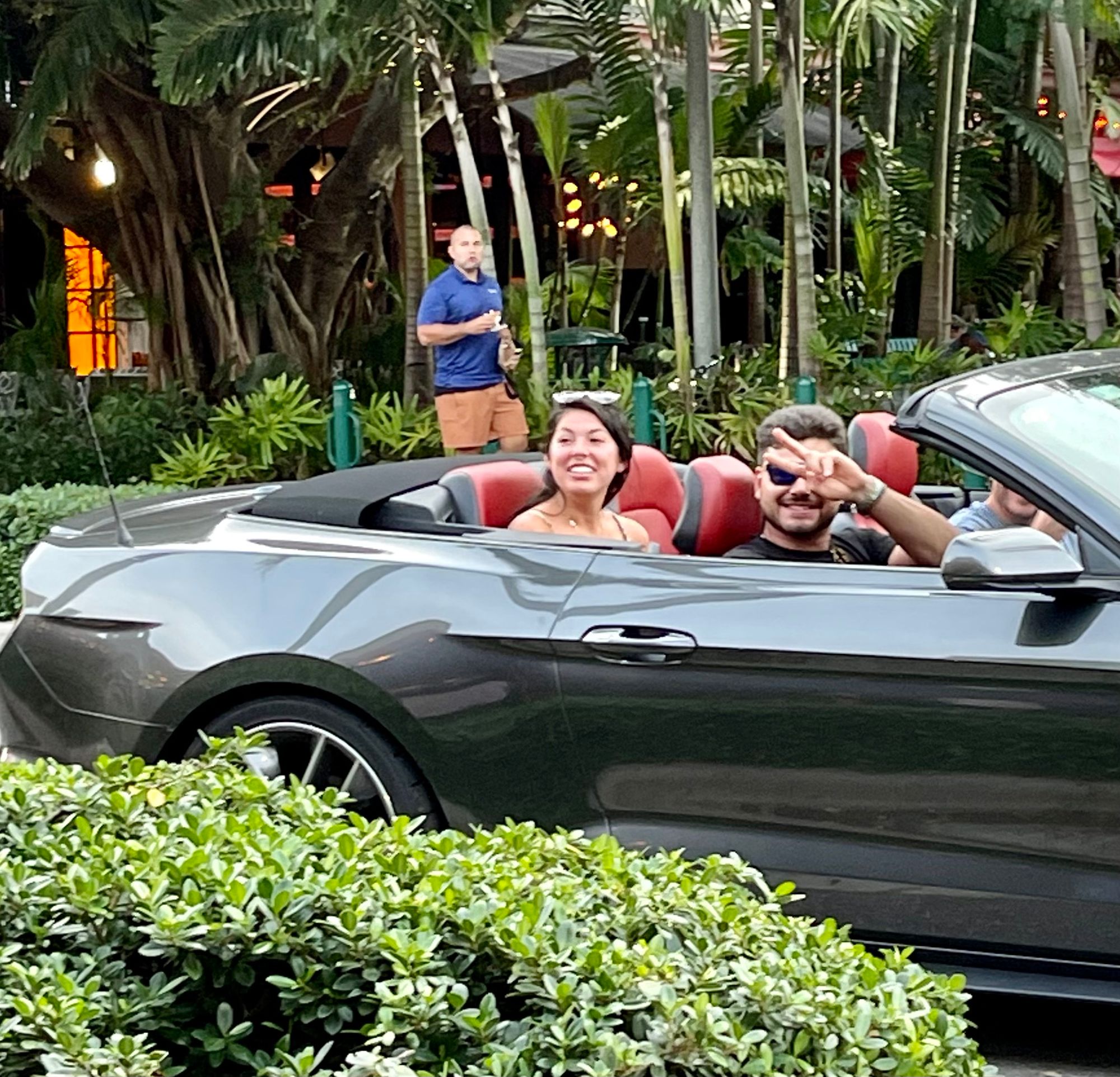
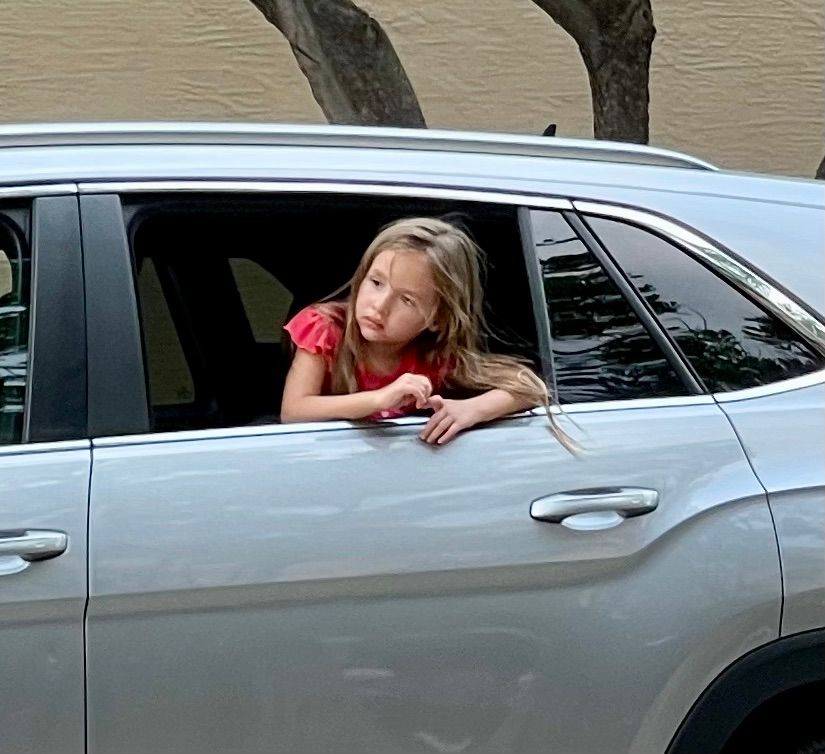
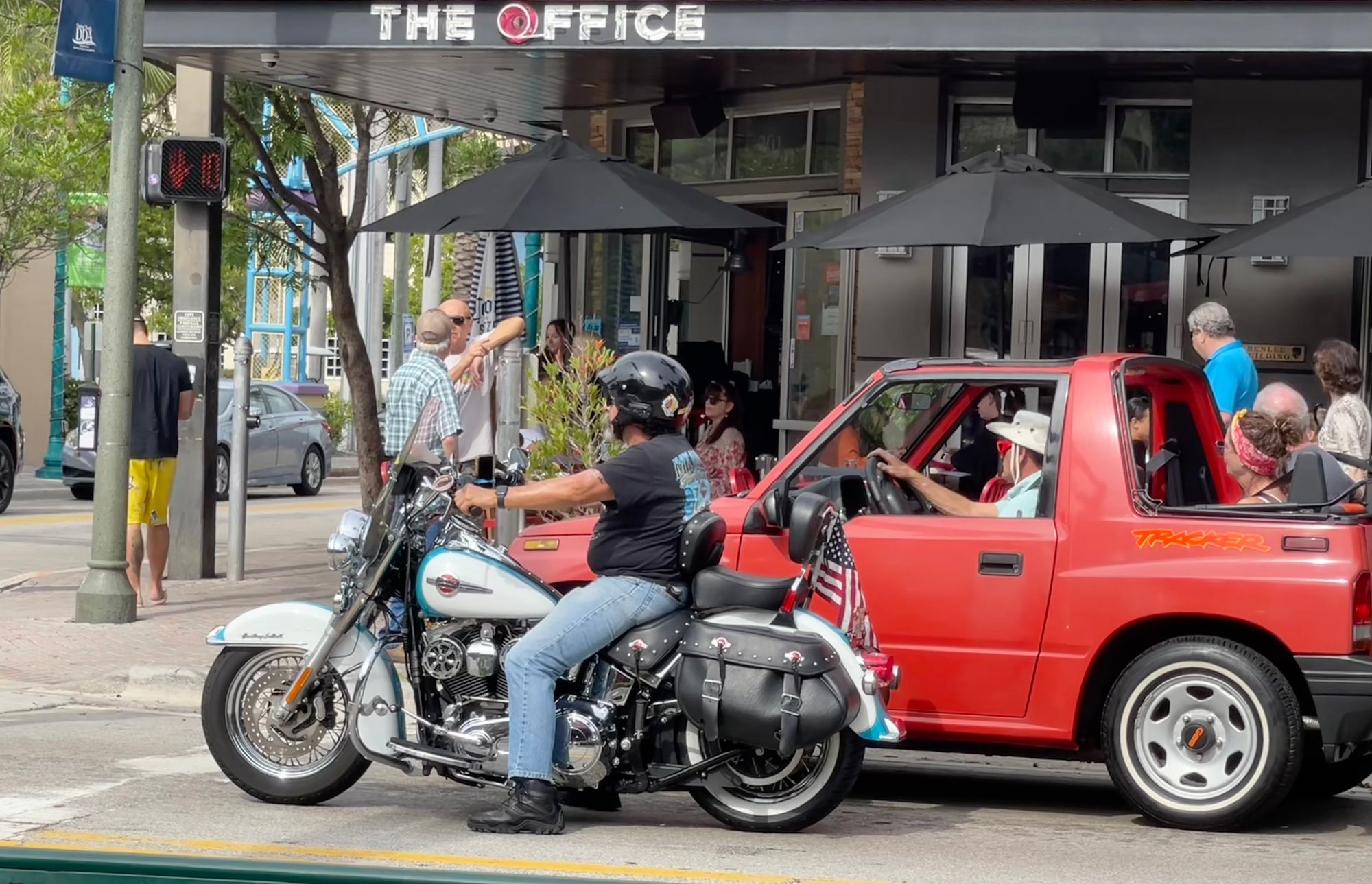
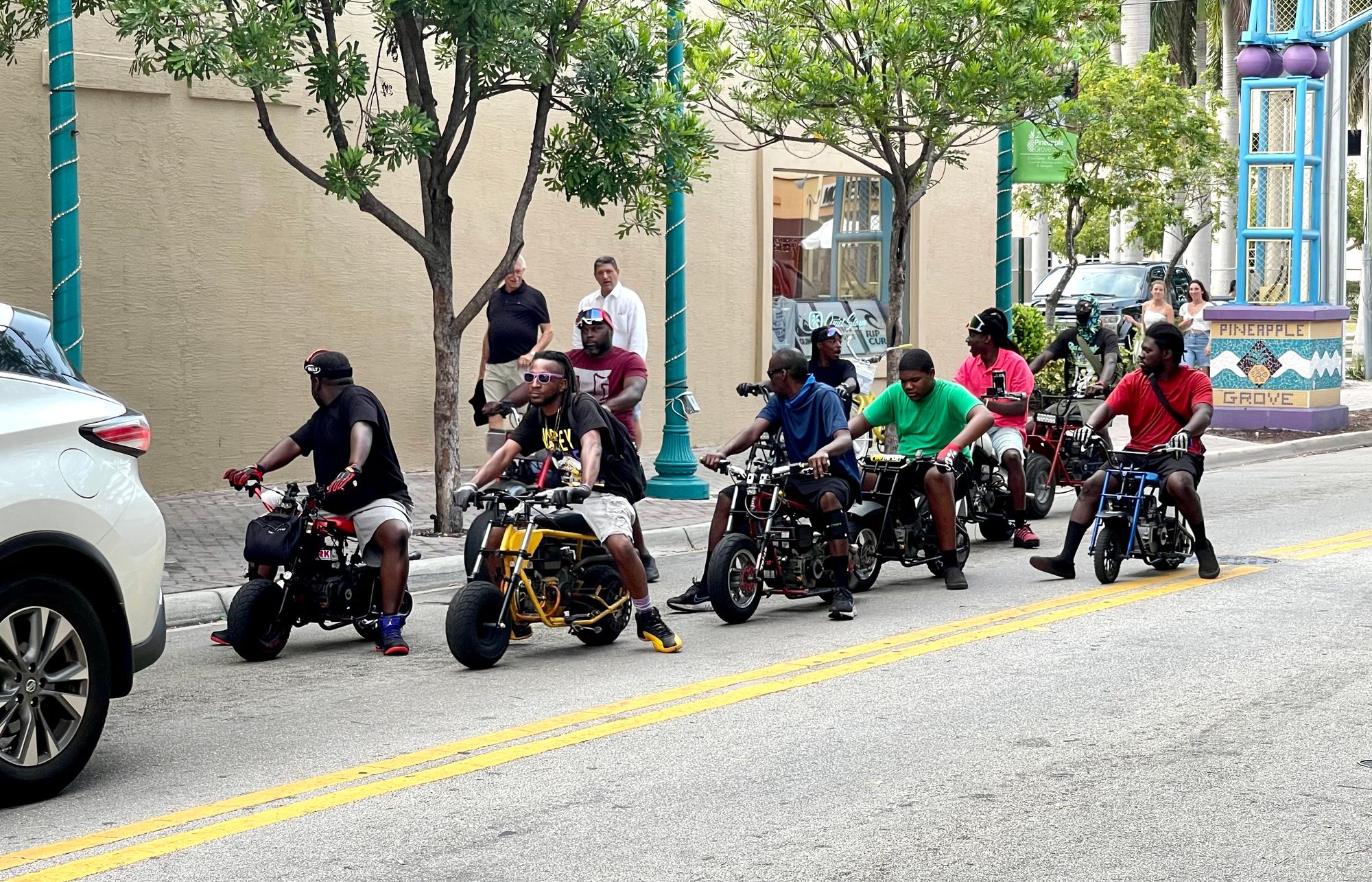
Props at the corner encourage people to hang out.
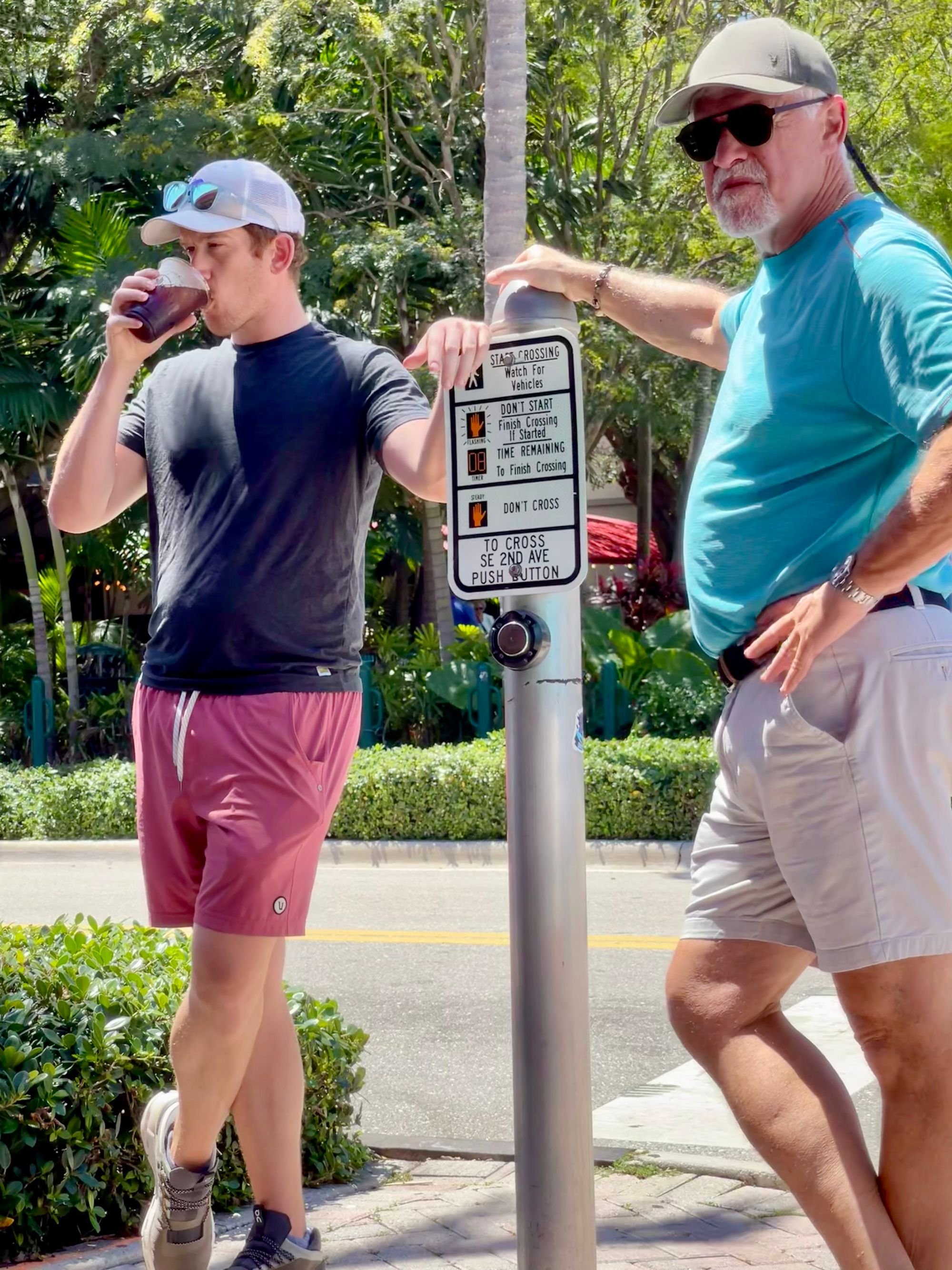
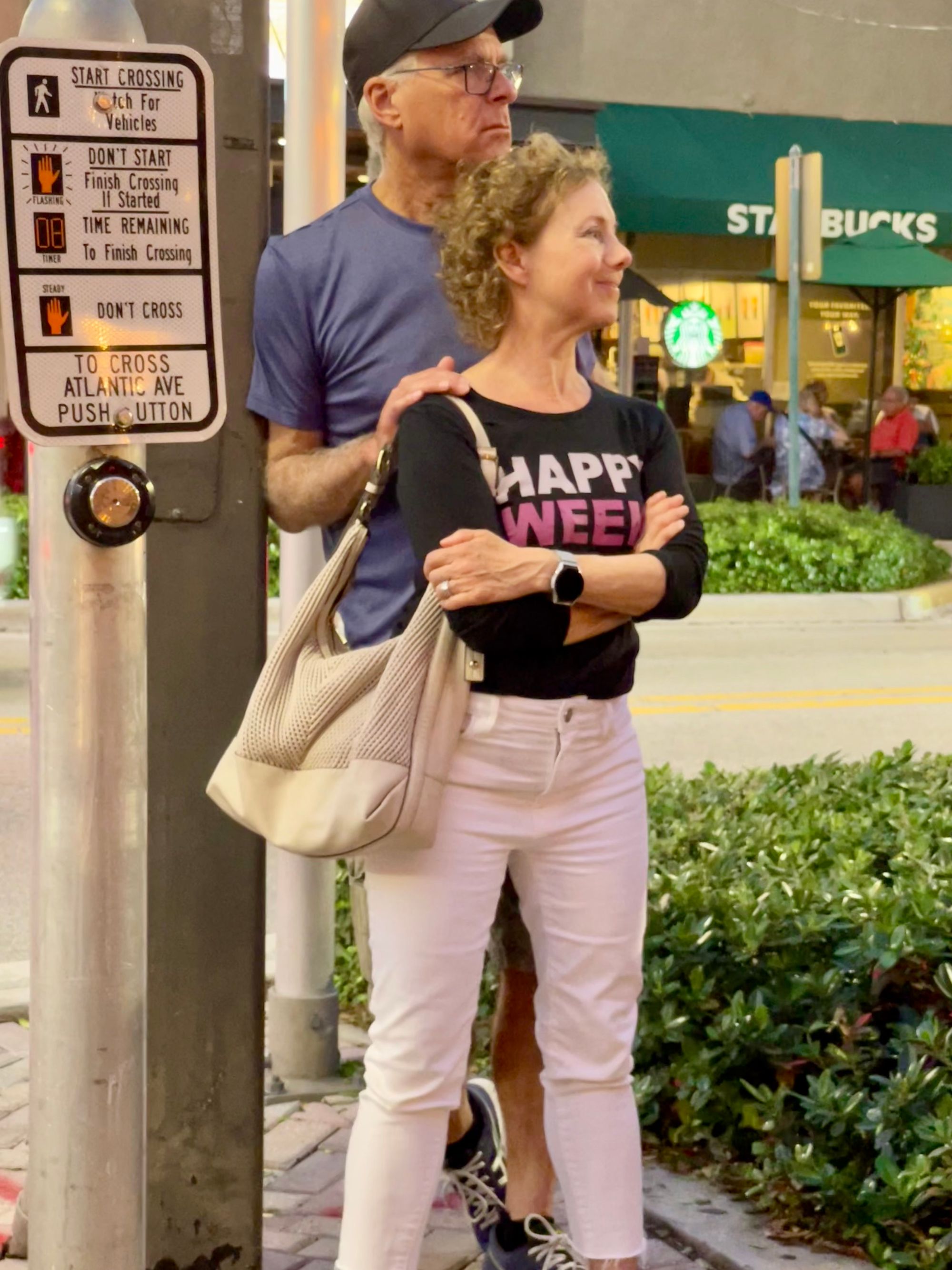
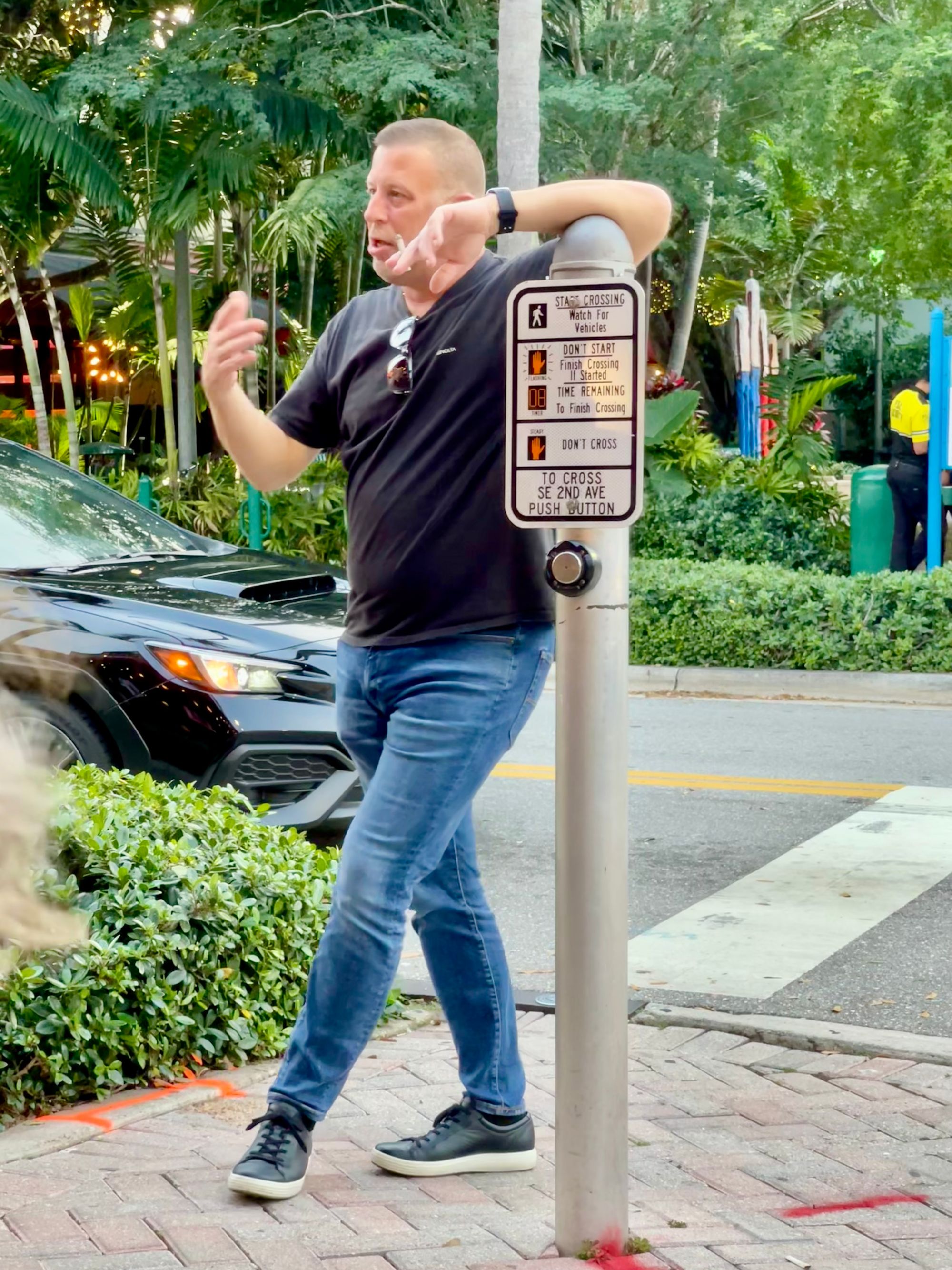
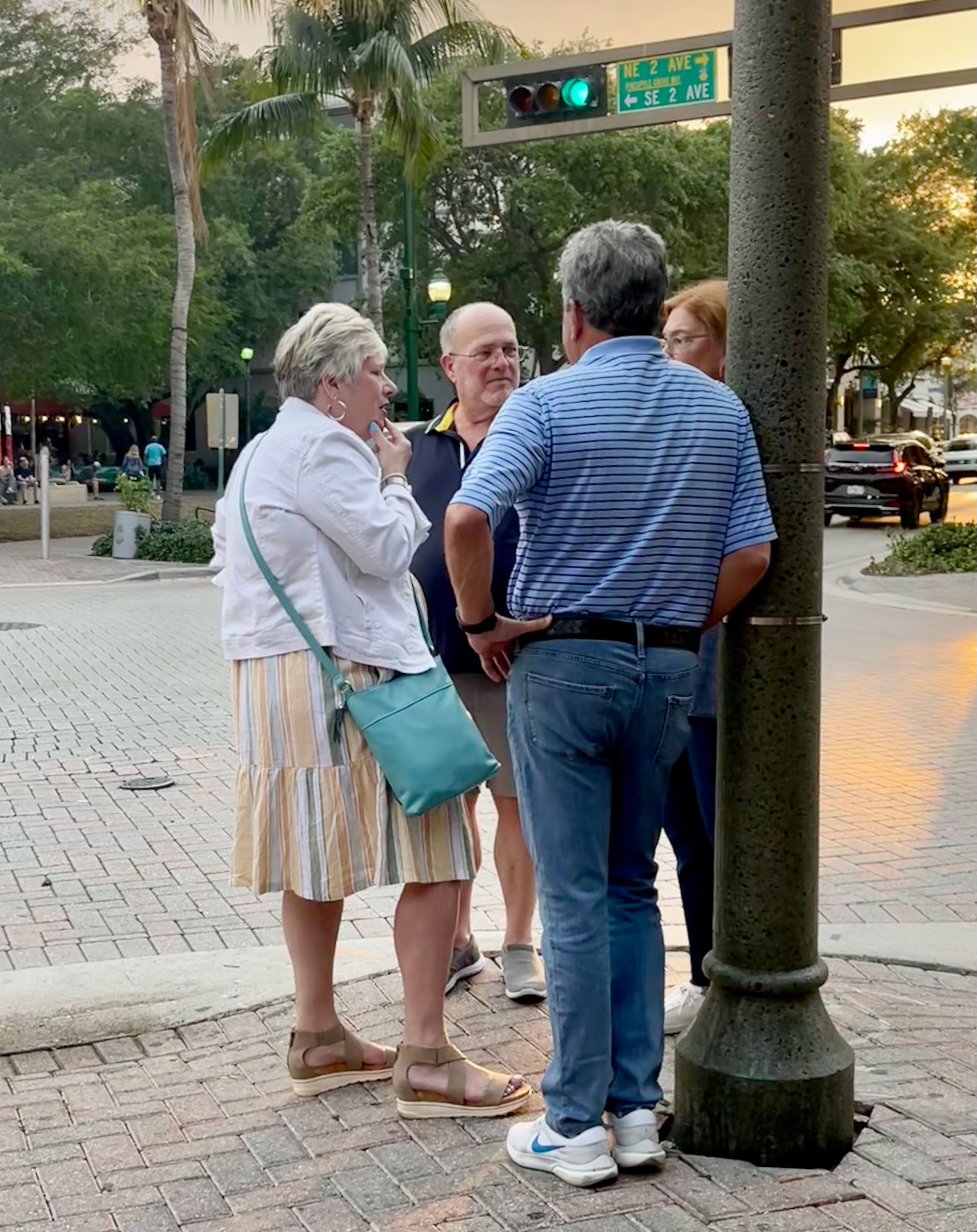
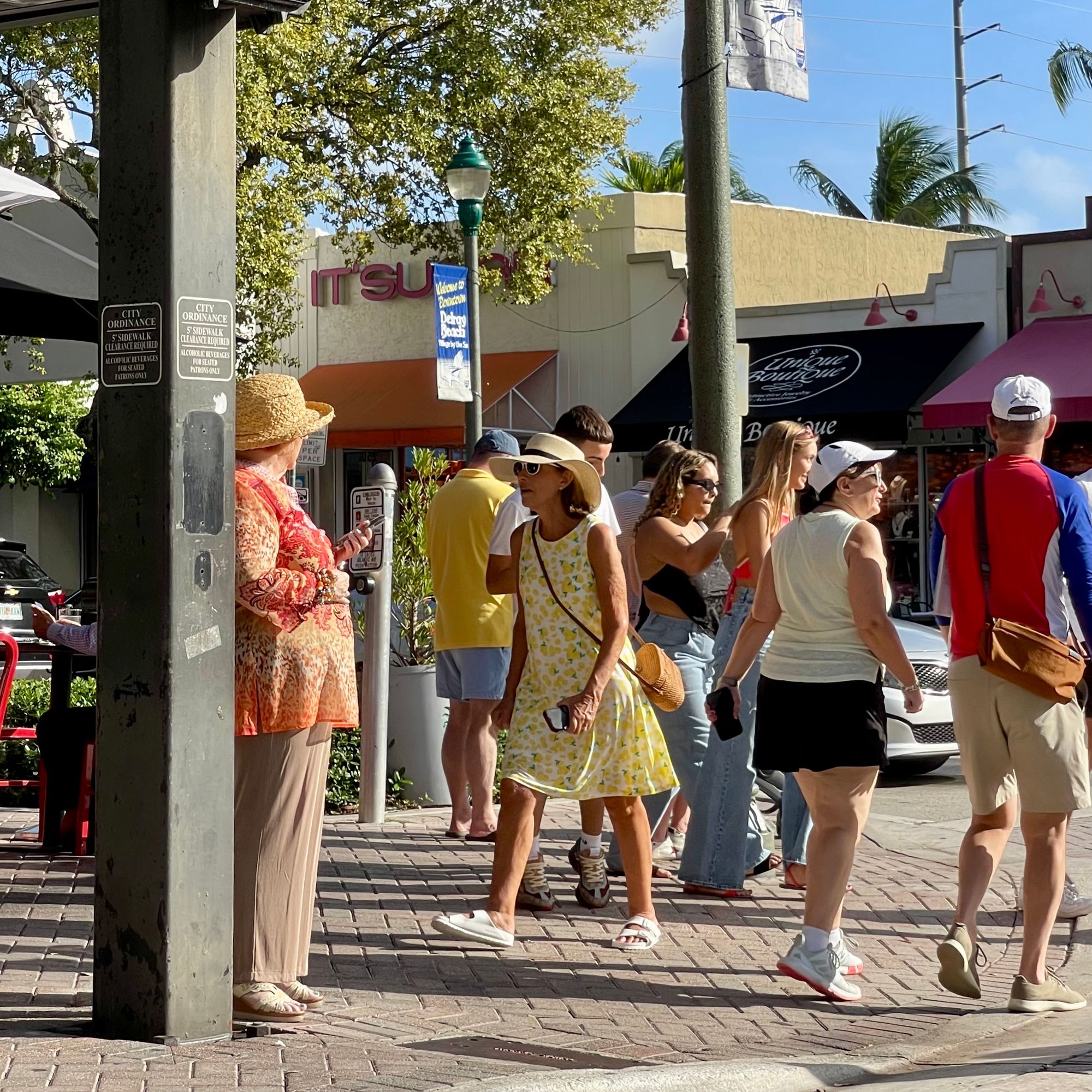
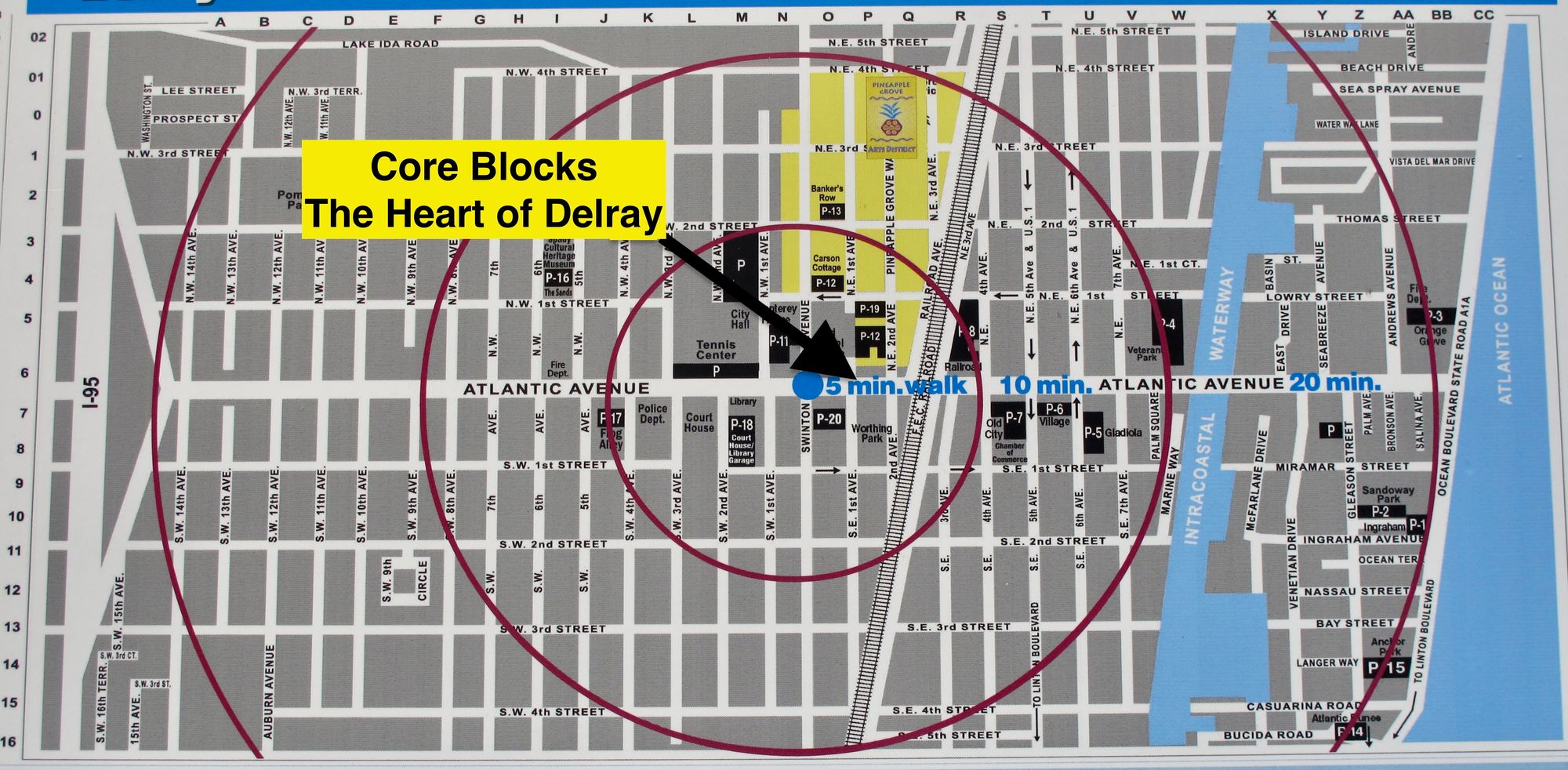
Extending Main Street
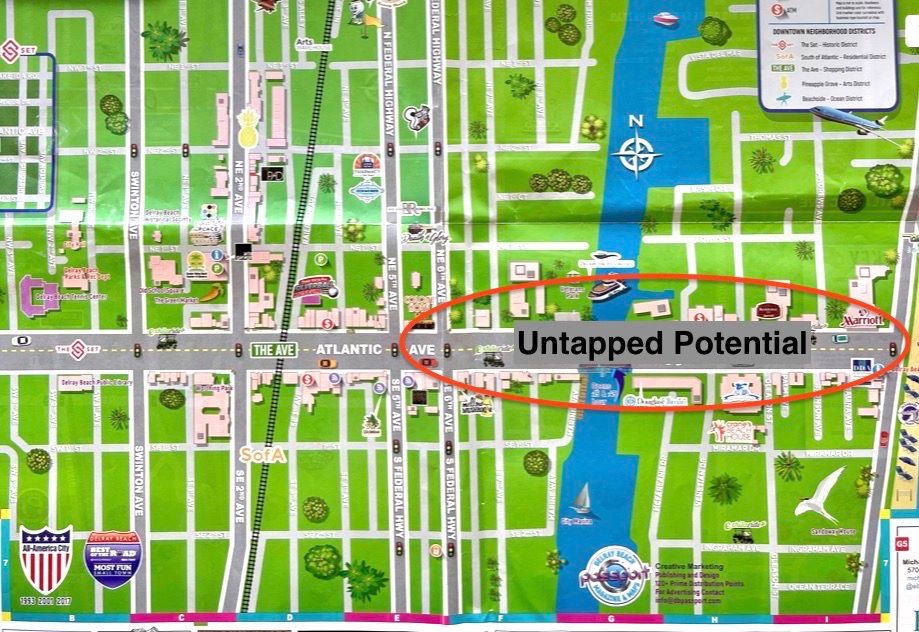
The impacts of "killer intersections" like the one on Swinton and Atlantic are not limited to the intersection itself. They have ripple effects on the whole town, especially from the above core all the way to A1A and the ocean. For example, here, these terrible intersections bookend the downtown core, cutting it short. The beloved main street could extend way longer if it wasn't suffocated by intersections like this on both sides. There could be so many more great places for people to gather, much more vibrant social life, and so many more thriving local businesses in both directions if these intersections and streets were as good as they are in the town core.
Too wide roads and intersections in the red-circled area, along with bland architecture with no sense of character, create a zone that is significantly under-performing. It gives priority to vehicles and generic buildings in the most valuable properties of town, greatly diminishing its charm and quaint "village" quality that people love.
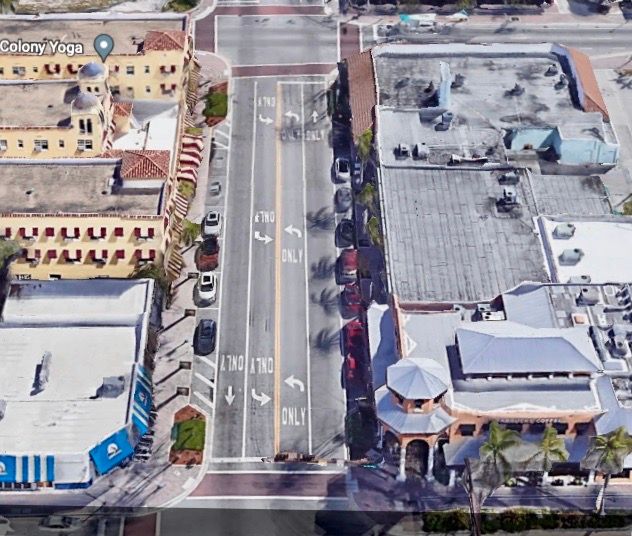
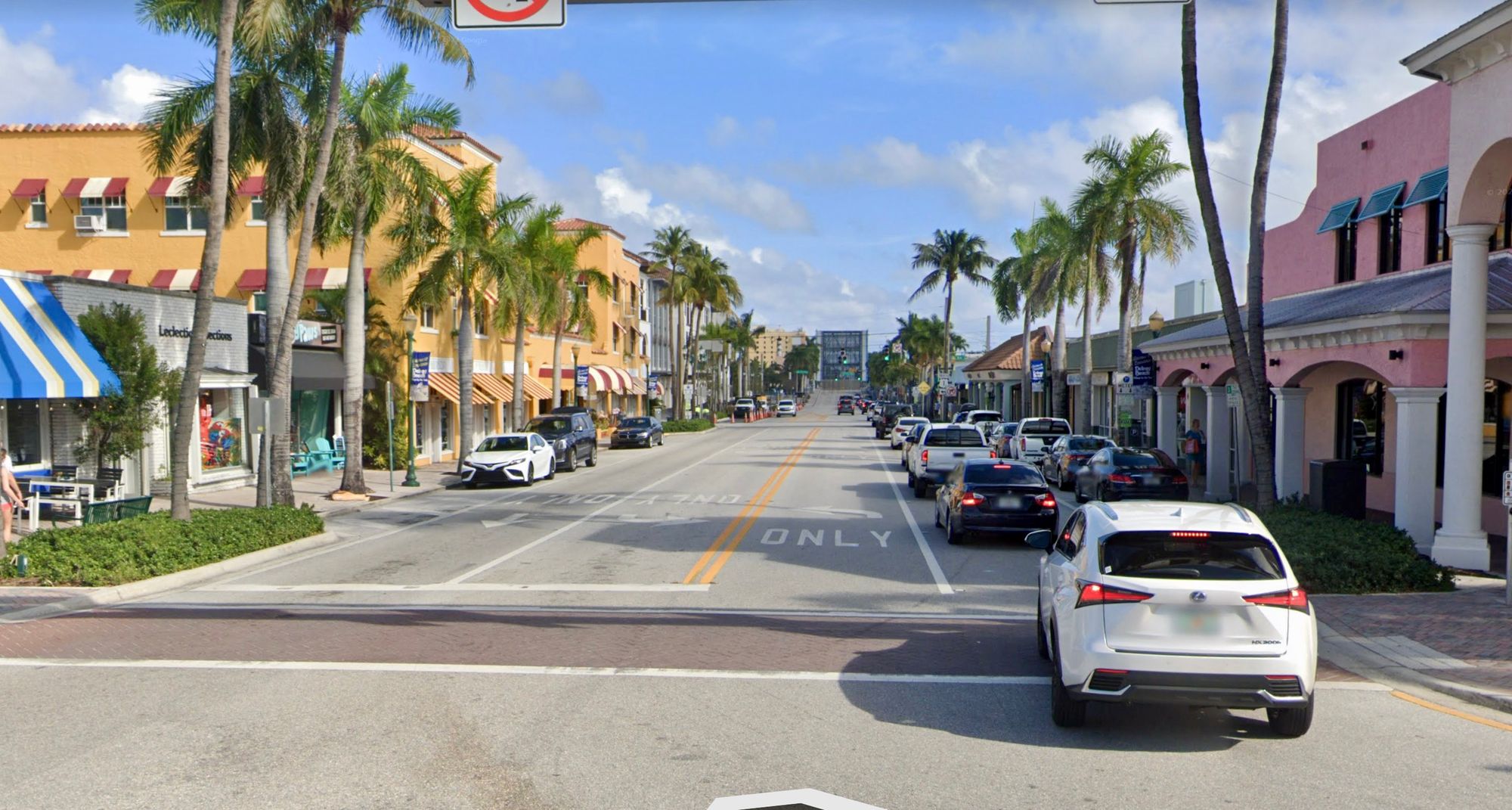
Between North and South Federal - Long turning lanes and narrow sidewalks
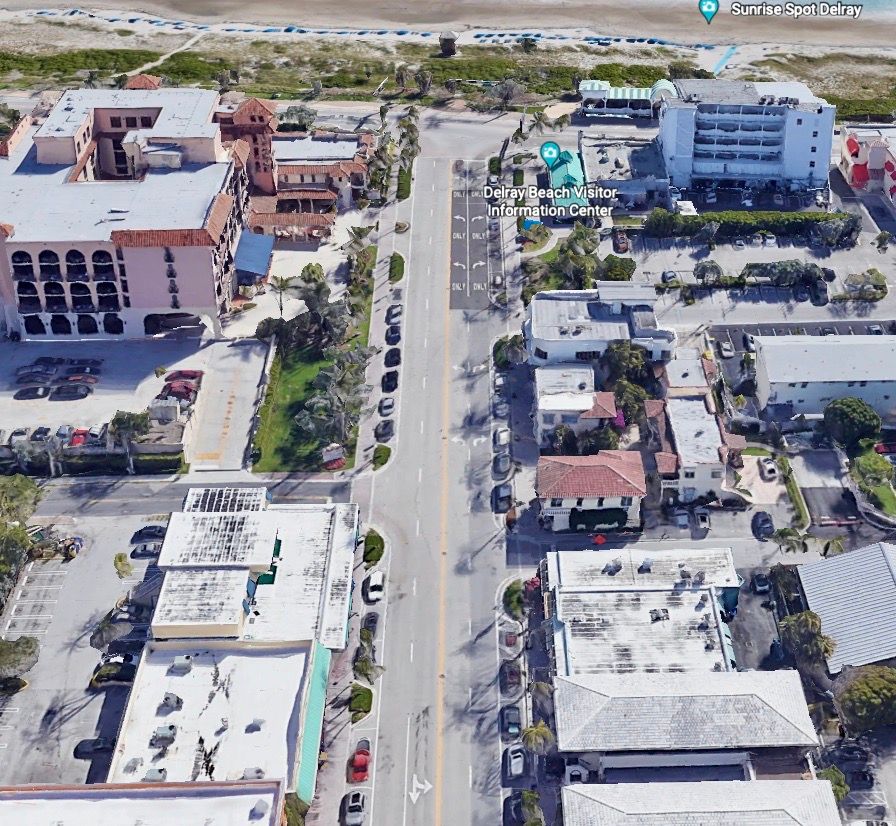
Atlantic Avenue A1A Intersection: Six lane section with parking and an intersection at the ocean that is a big nothing
This stretch has some of the worst sidewalks and widest streets (6 lanes) in town - a common design cutting through communities all around the US. It is also full of "modern" architecture with design that conforms to heavily traveled streets rather than to human sensibilities, lacking active sidewalks and open, engaging buildings that draw people in.
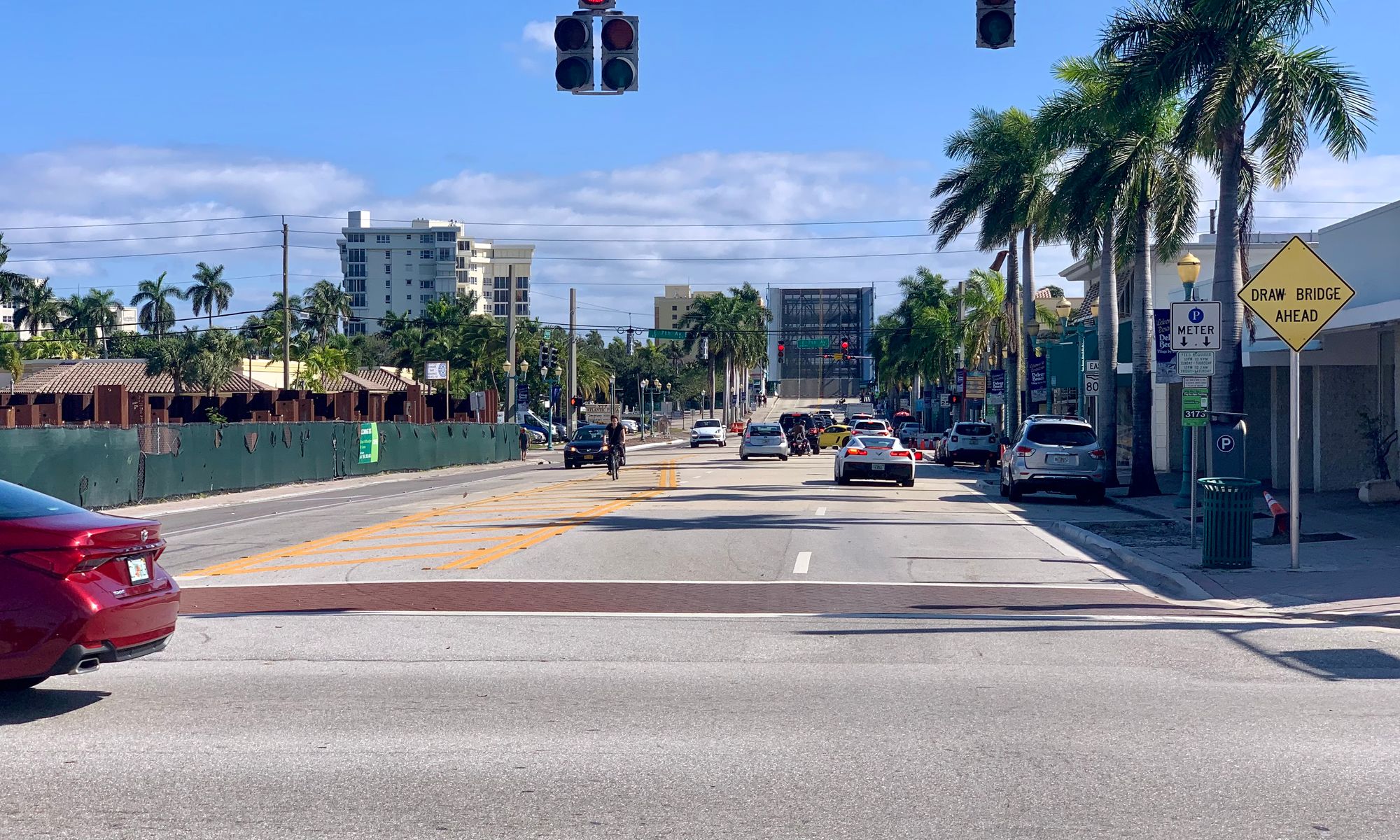
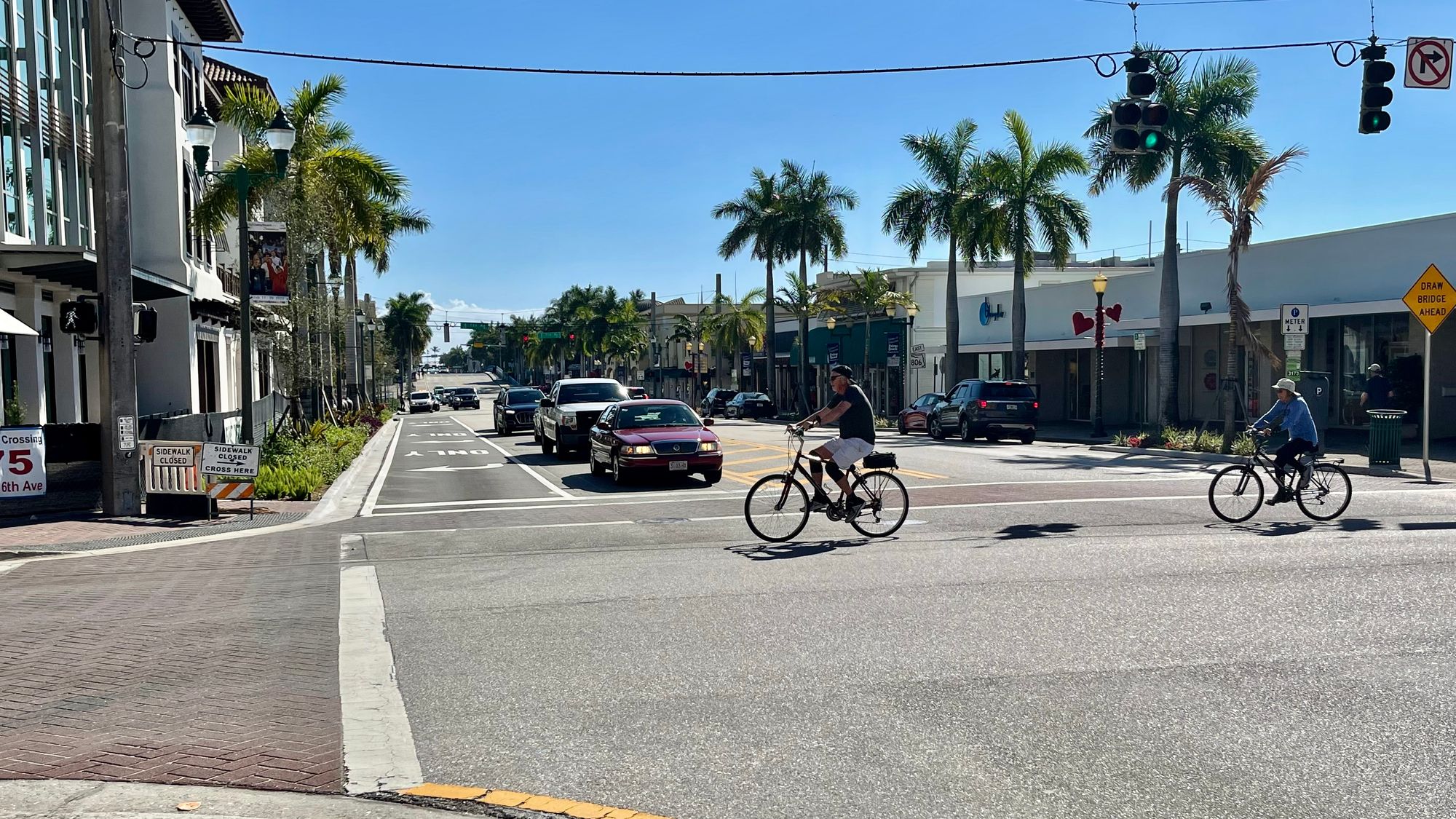
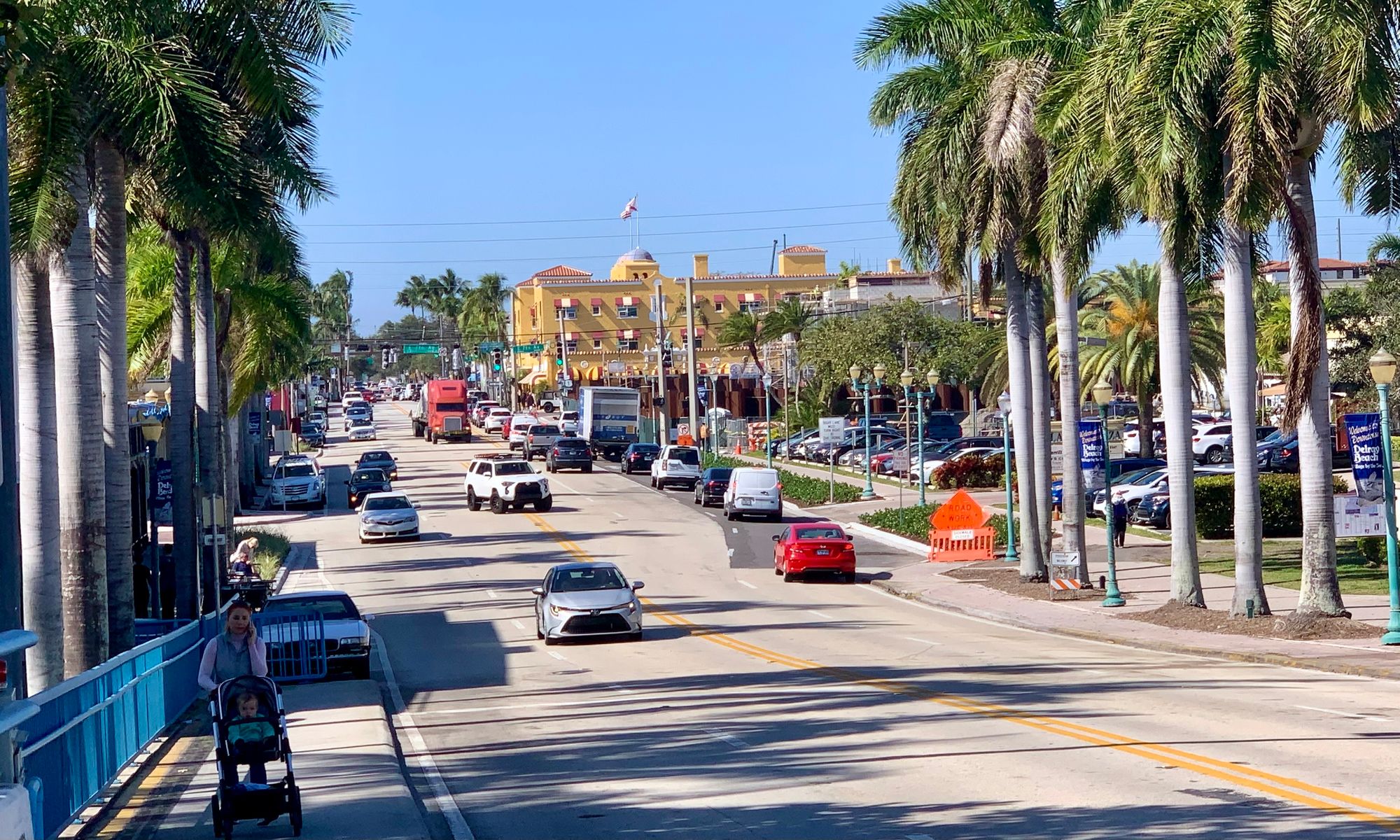
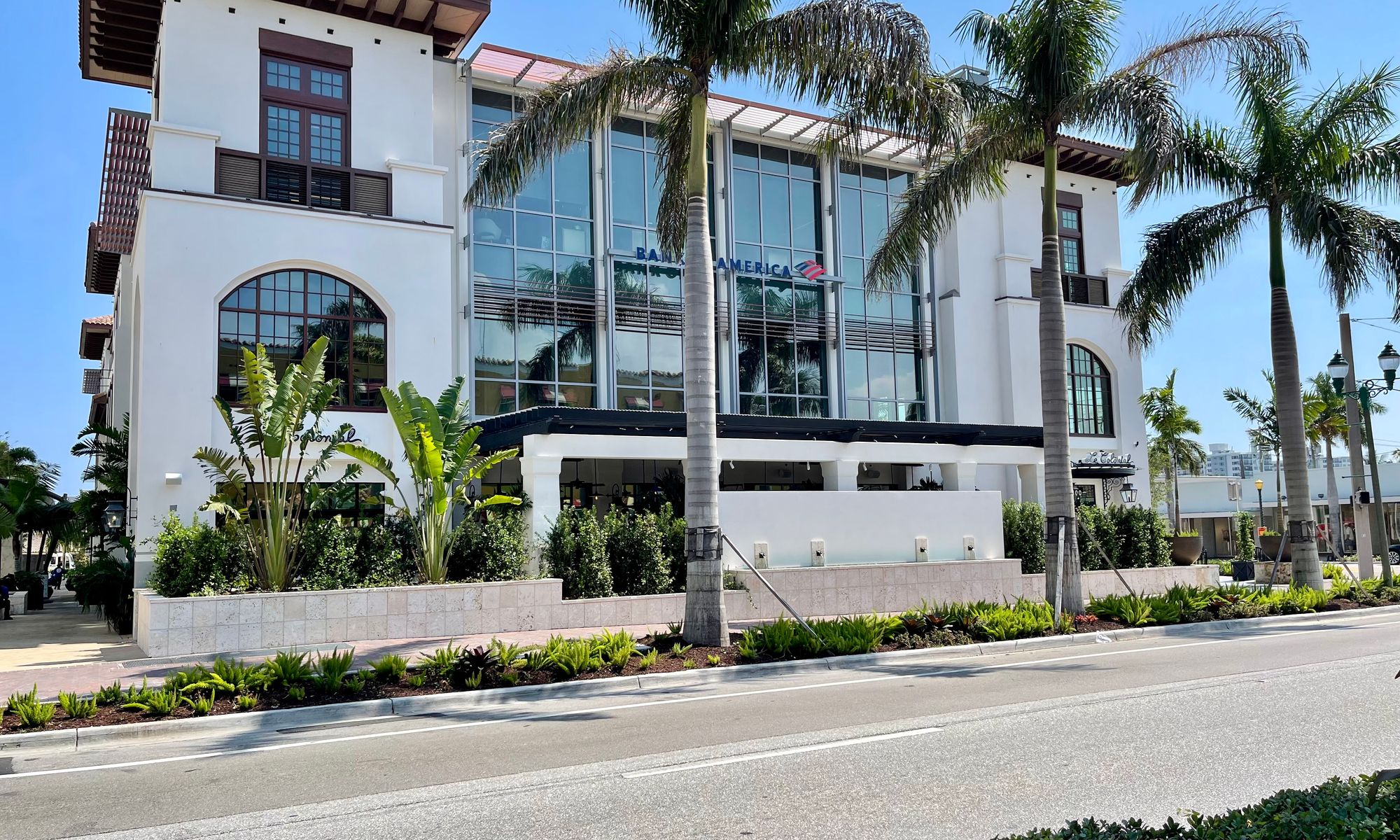
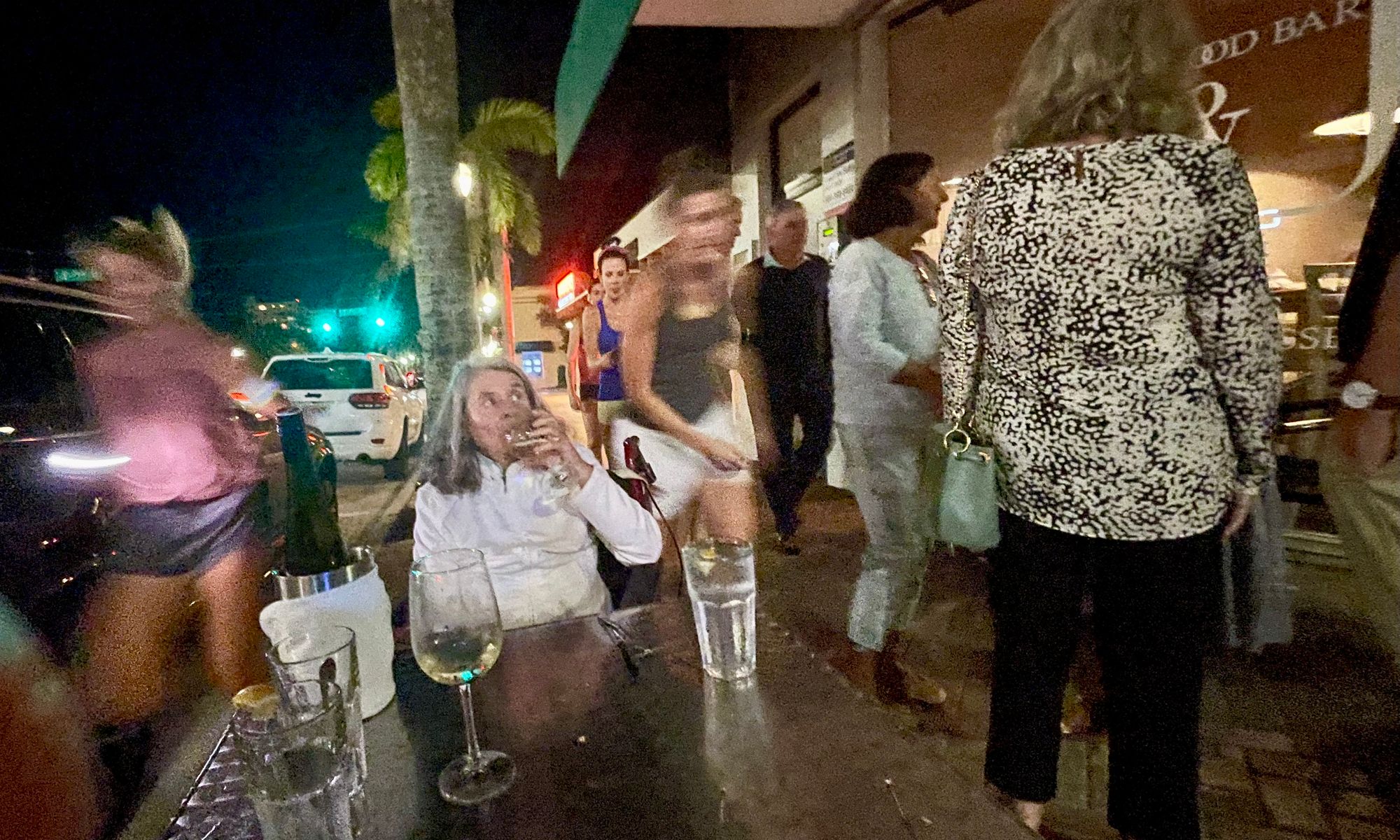
Atlantic Crossing's intersection "wall" and the sidewalk cafes in the area, overcome by too many people on too narrow sidewalks because wide streets eat up the space
Generic hotels with blank walls and set-apart sidewalks that don't contribute to the character of the town add little of value to the area.
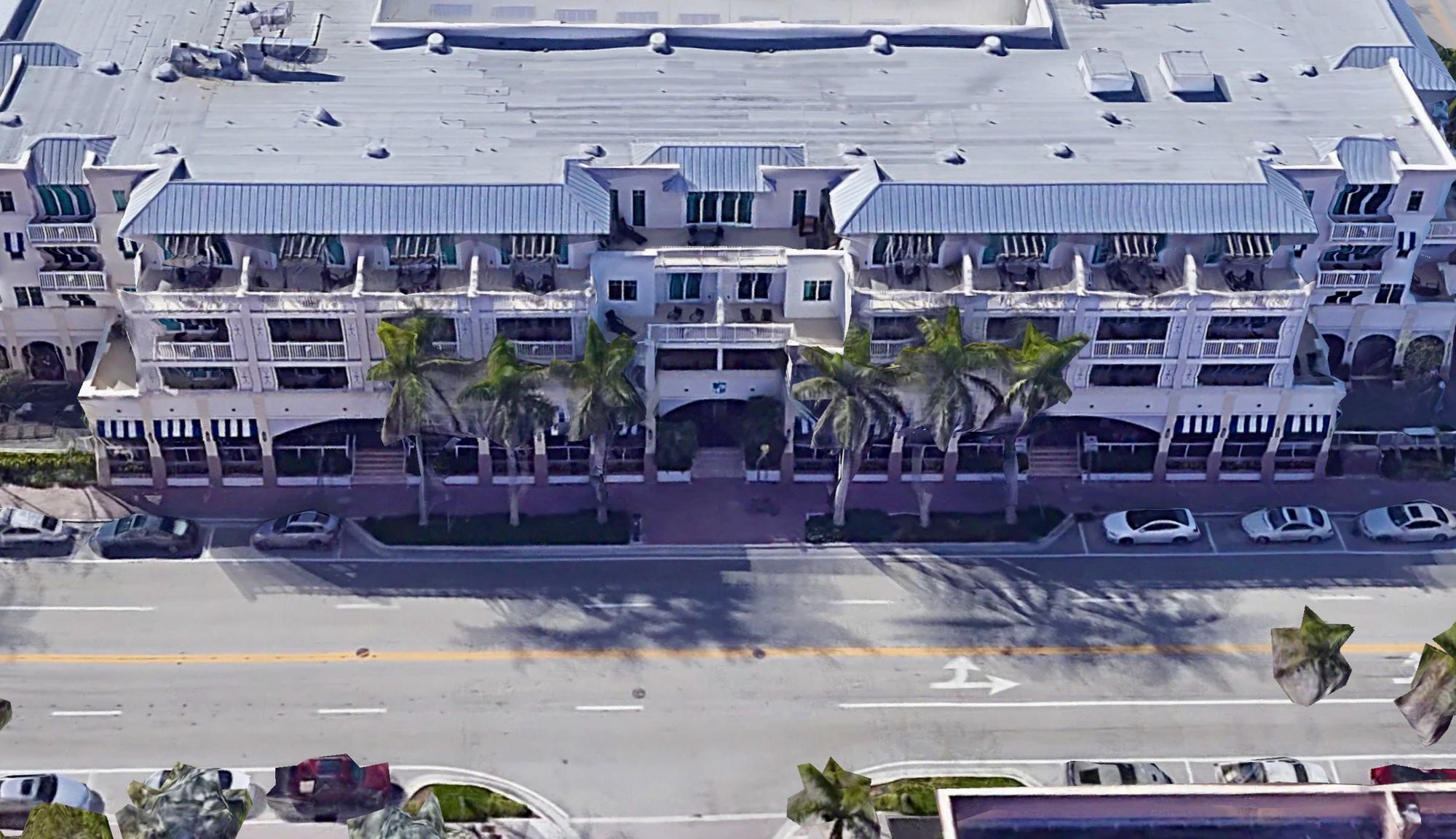
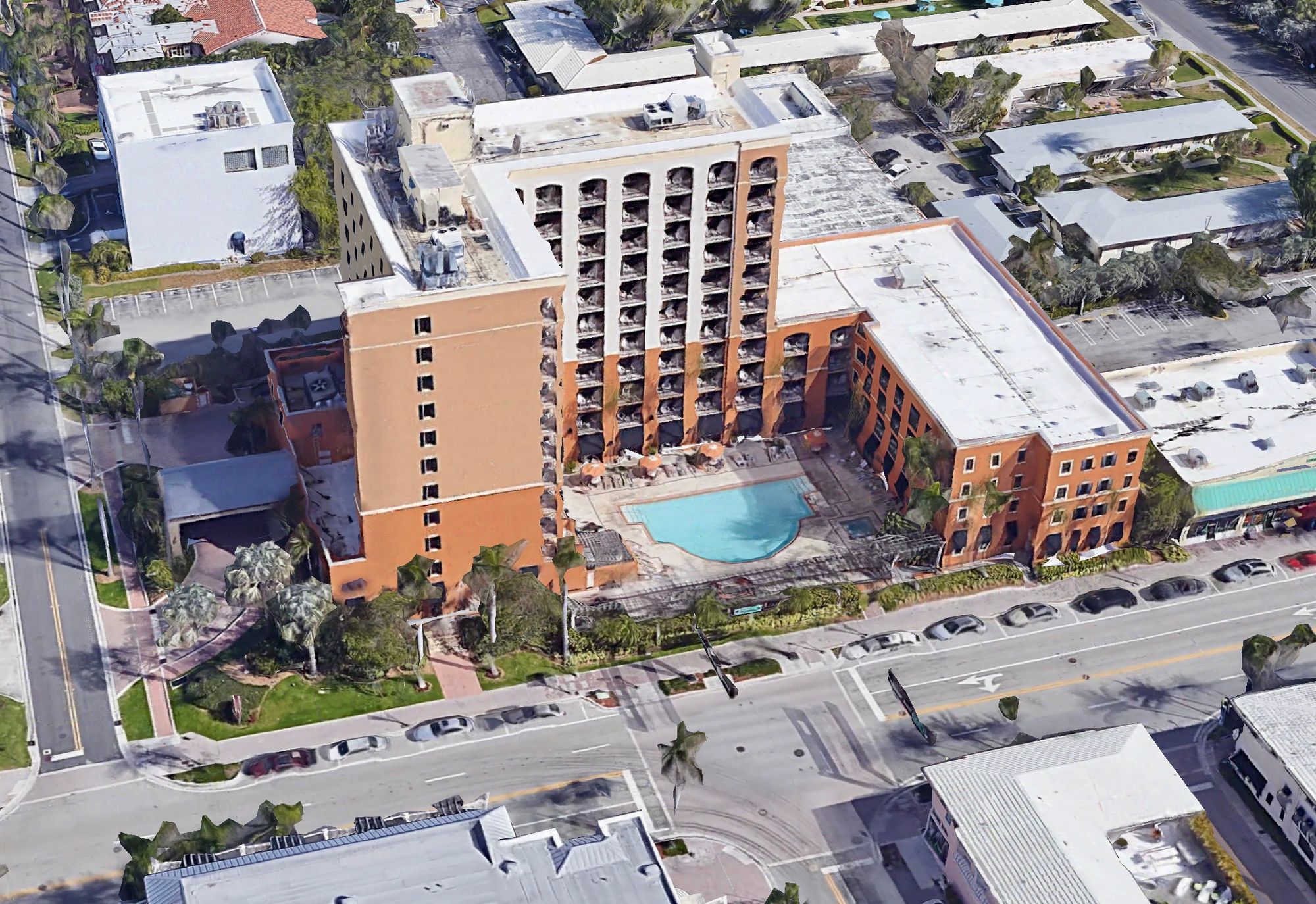
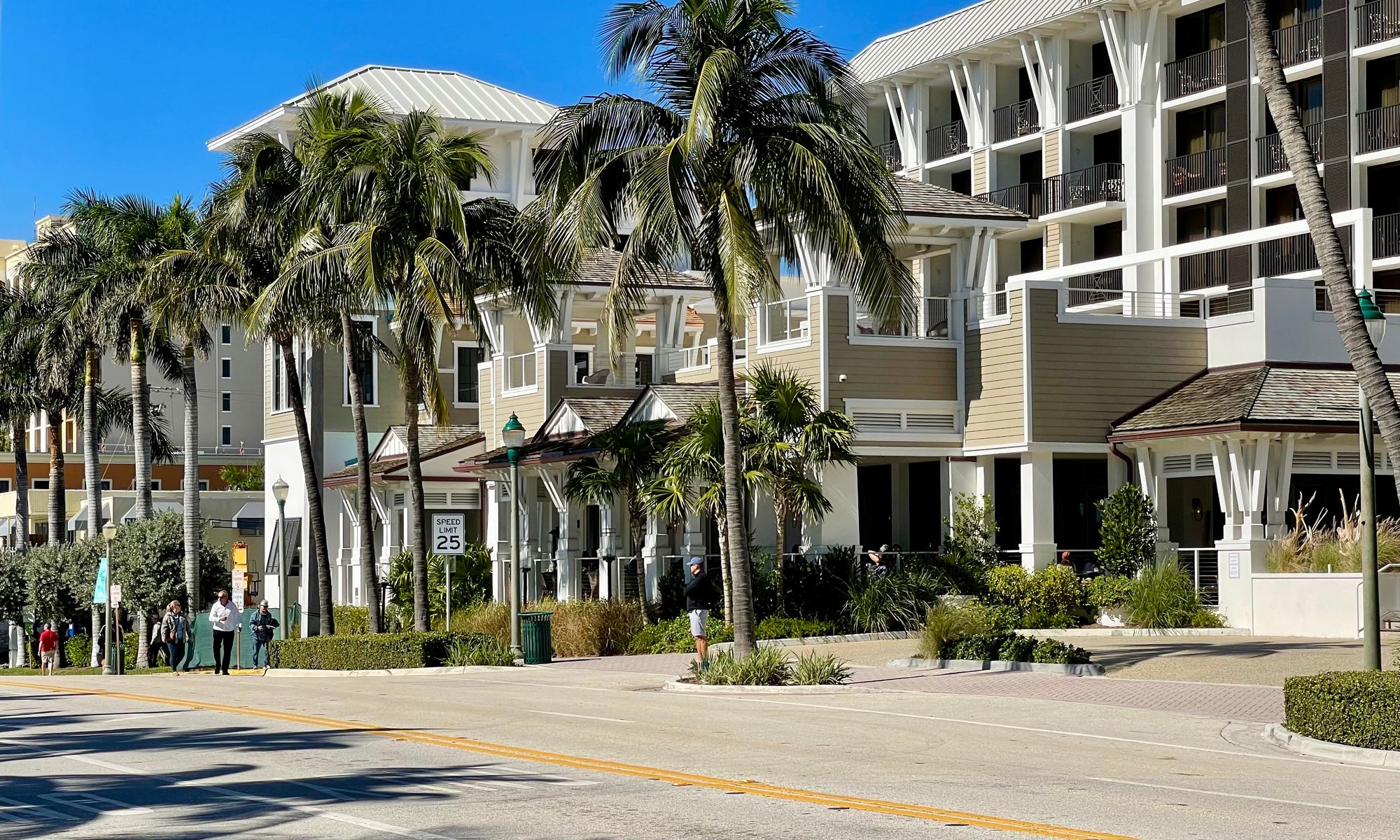
Marriott and Opal Grand
As in many cities, outside the small main street core, cars are center stage, and people are squeezed out, forced to walk on the street because of how narrow the sidewalks are. This is backwards. The residents of our cities are humans, not cars, and cities should be designed accordingly.
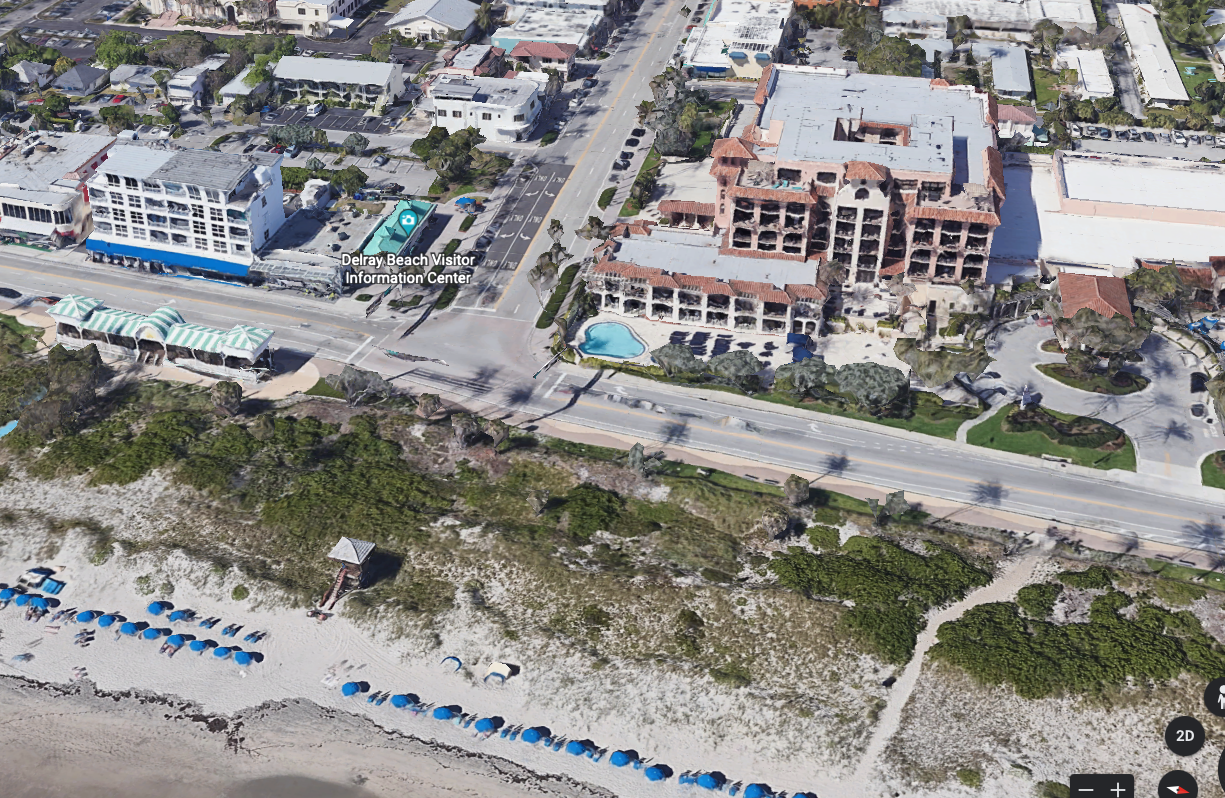
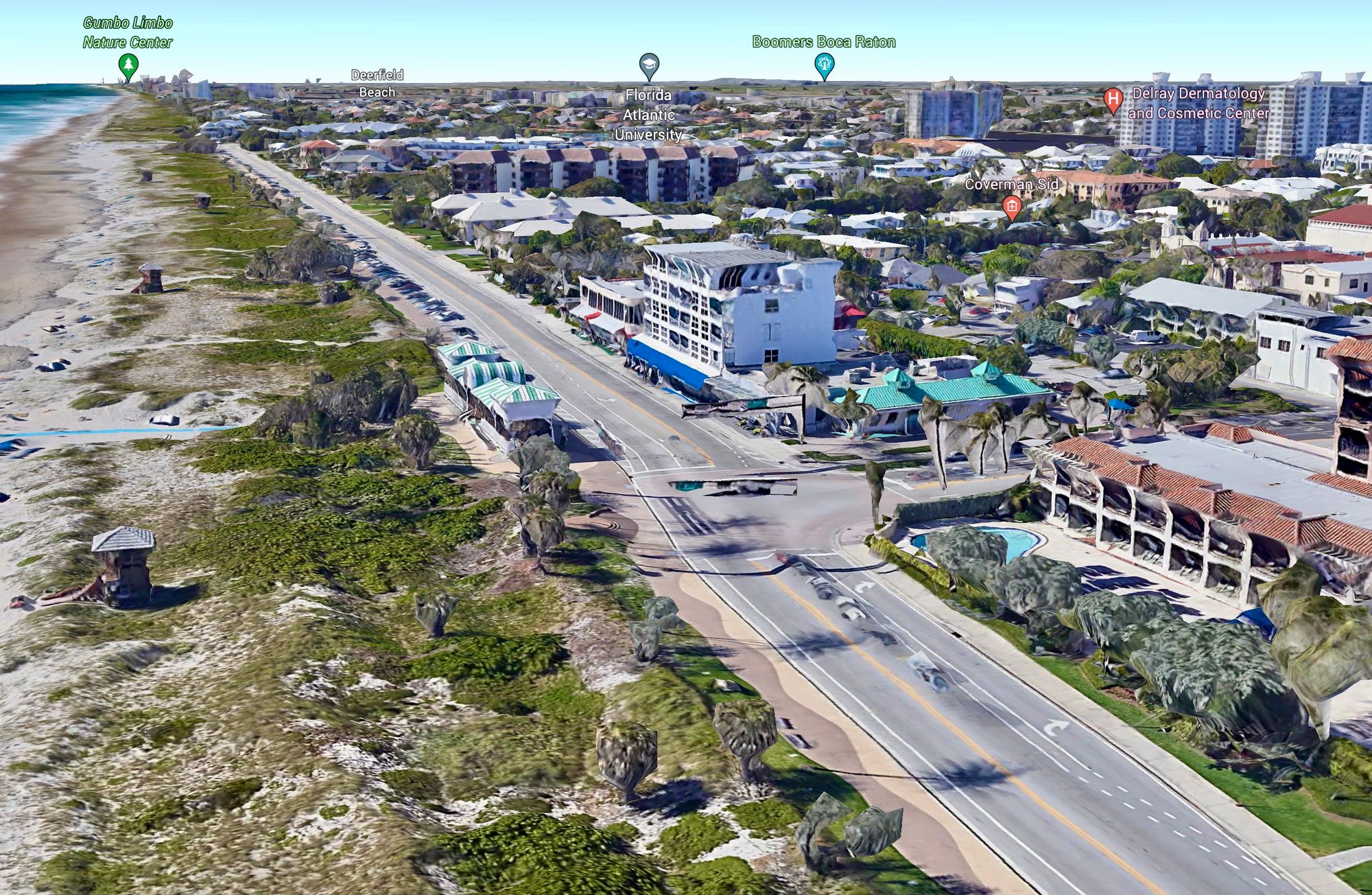
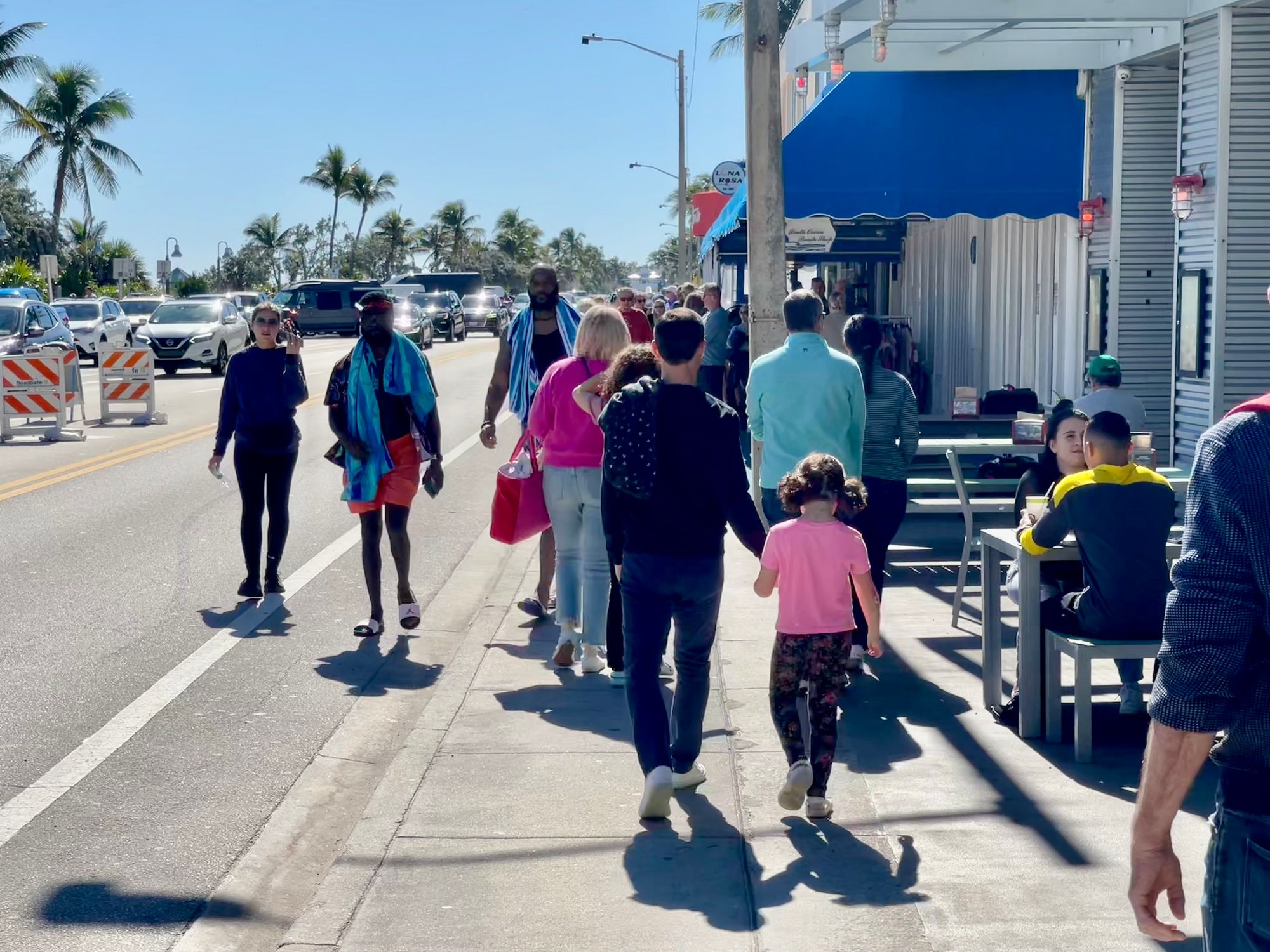
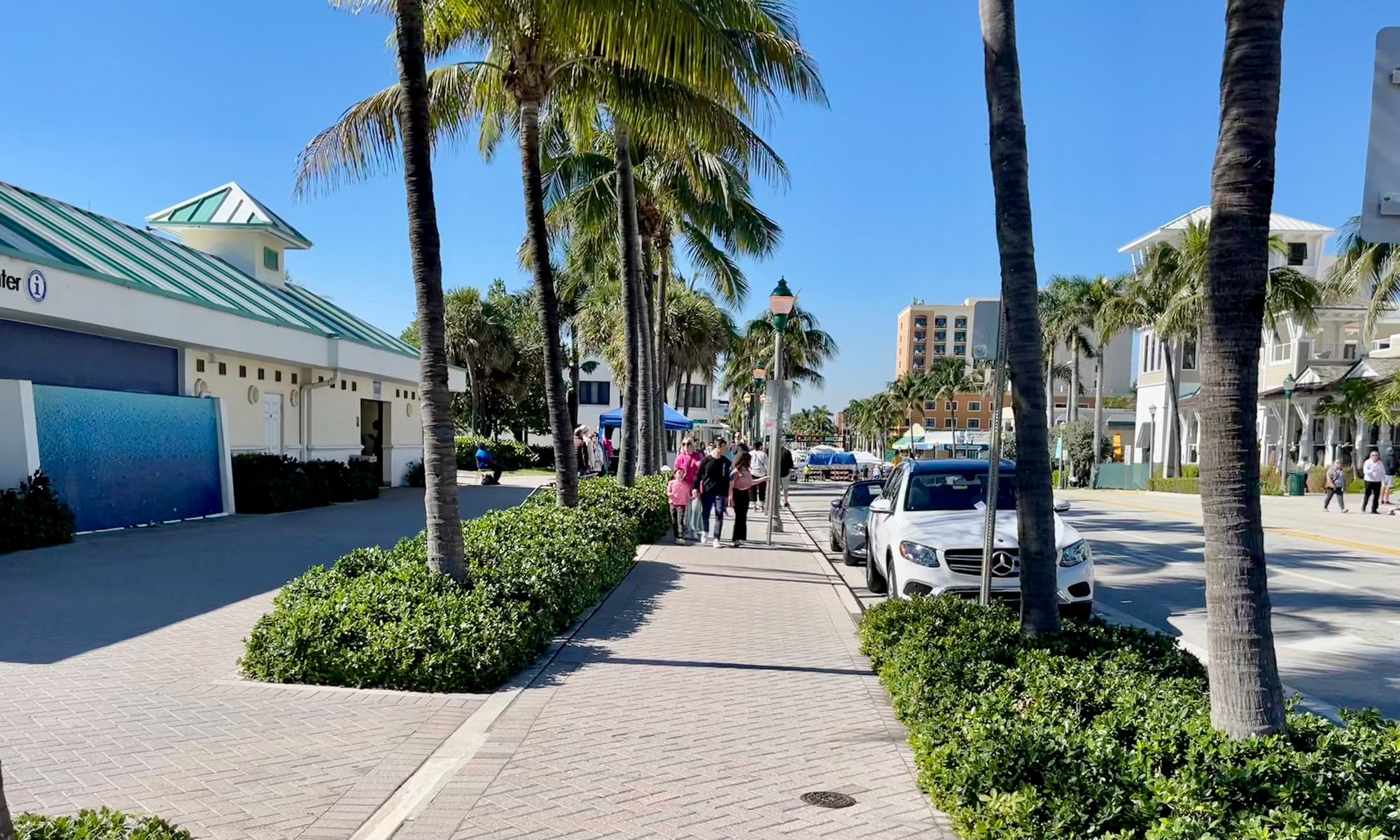
Takeaways
There is one very clear takeaway from the contrast of the two intersections presented in this article. A street of two lanes at an intersection creates a "shared space" dynamic that is priceless as a gathering place for everyone. But when you expand to a three-lane street or wider, the atmosphere changes, and almost none of the social or economic activity that makes a place come alive can occur. Four lanes or more with added parking creates an even stronger barrier to connecting; there is too much separation between the sidewalks and too much stress and chaos caused by the cars.
Recommendations for Intersection Revitalization

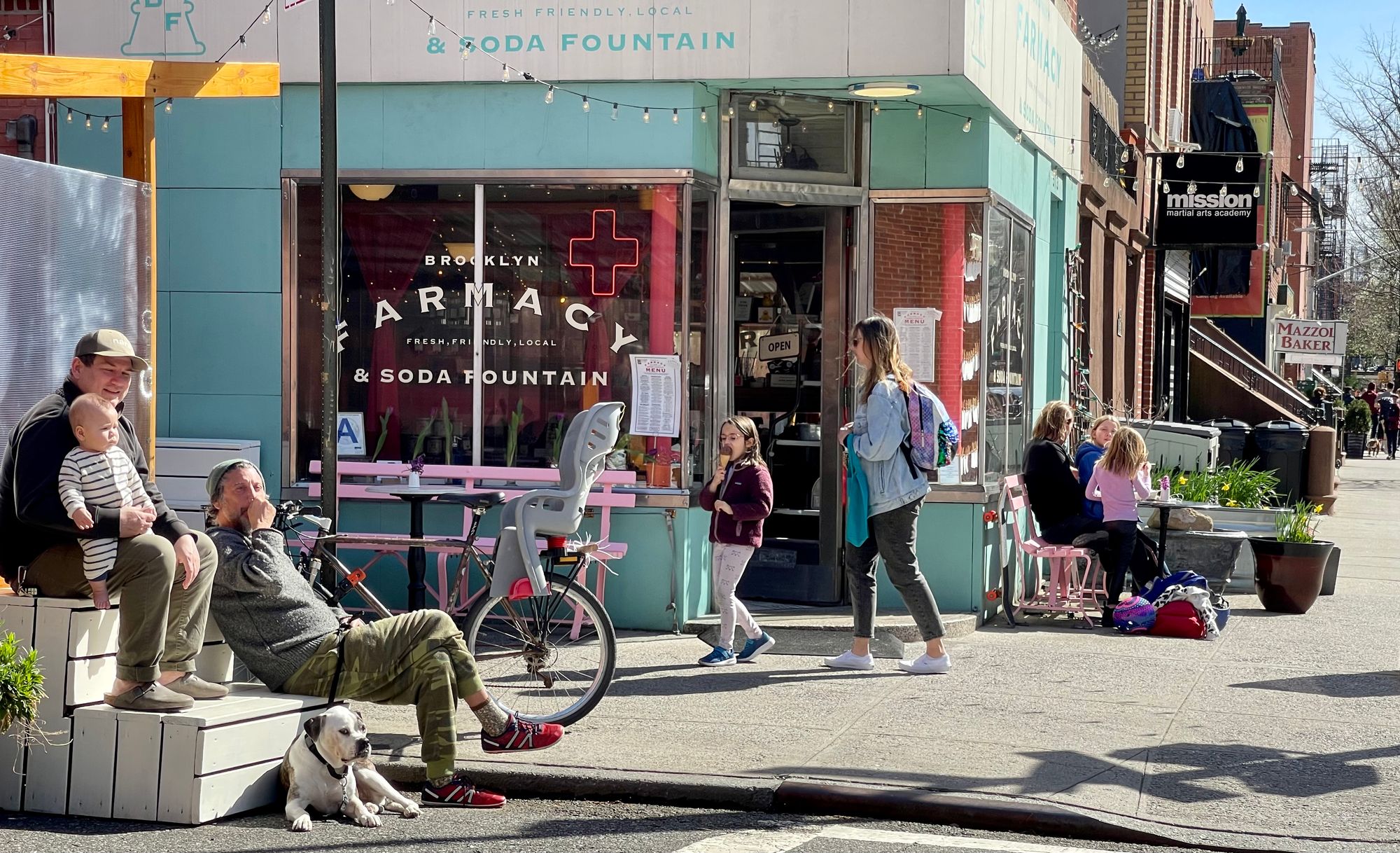
If Delray and other towns/cities in a similar position want to improve the experience of residents and visitors, transforming intersections into gateway has to become a priority. Narrowing the main street to two lanes, eliminating turning lanes, while building out extended sidewalks at crossroads can bring life back to a street and a community. Reducing the number of lanes of traffic makes space for vibrant intersections with important uses on all corners. We can move away from crossings being dominated by cars and reconnect them to social and commercial life by making the corners a pleasant place to be.
These corners can stretch back into the surrounding community in all directions, leading people to valuable assets there and thus linking those places to the main street and downtown. This would also help to make neighborhoods on both sides become more interesting as places to explore, expanding a town's offerings and making it a true destination.
Approaches to Follow: Streets as Shared Spaces & Mental Speed Bumps
Both David Engwicht and Hans Monderman have/had radically different ways of dealing with the same problem – slowing traffic down. In order to do so, it is necessary to create a place that people want to be. This means that the public realm needs to be changed significantly. The street could and should benefit the local economy in cities and neighborhoods, not be convenient for cars to speed through.
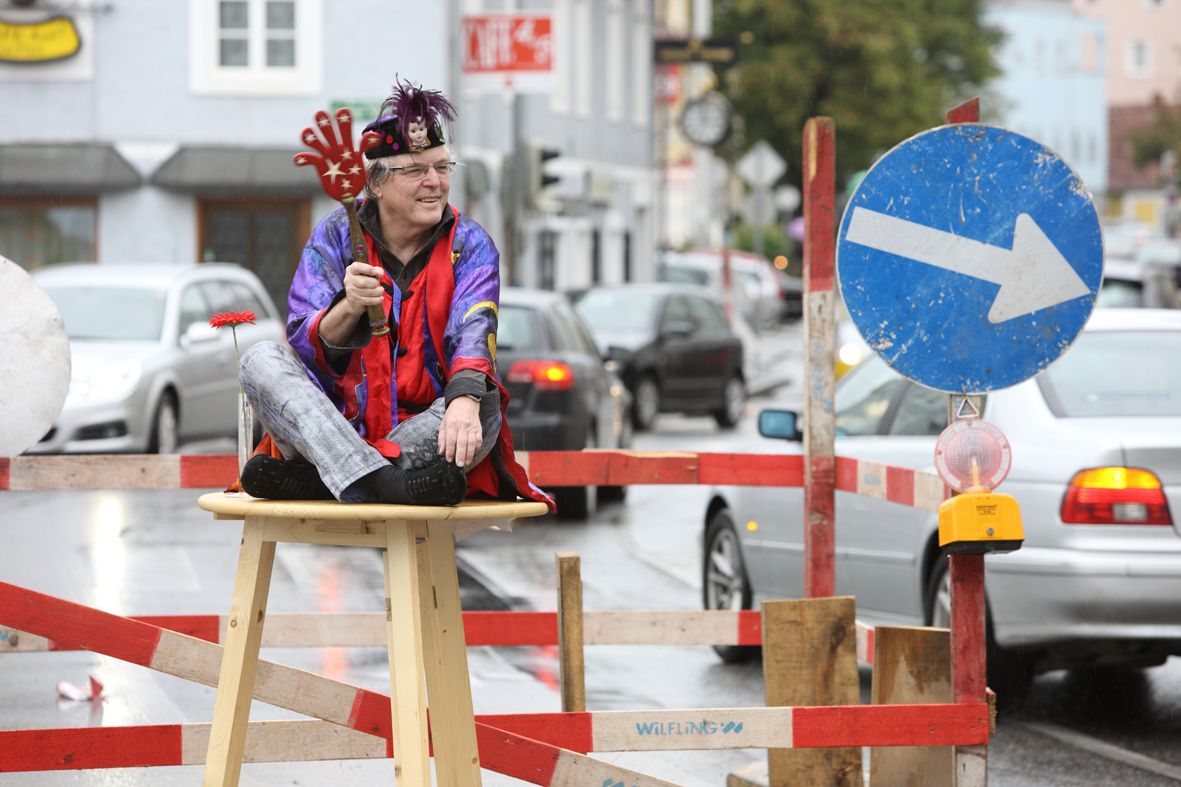
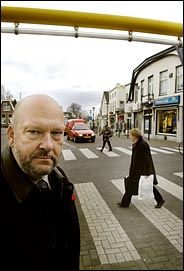
David Engwicht (left) takes his case for people-oriented communities to the streets. Hans Monderman (1945-2008) reinvented intersections for the safety of all
These two men are polar opposites in terms of personality and approach...but both seek the same outcomes, and together, they show how different approaches can deliver similar outcomes.
David Engwicht, from Brisbane, Australia, demonstrated how changes could be made quickly by creating a very different environment. He relies on a concept called Mental Speed Bumps, where people and drivers suddenly get out of their stupor and recognize that where they are deserves some attention. Engwicht is a social innovator and a significant international leader of efforts to reduce the negative impacts of motor vehicle traffic on cities and towns...he is considered one of the fathers of traffic calming and the inventor of the Walking School Bus, Street Reclaiming techniques.
Hans Monderman was a totally data-driven, seasoned traffic engineer from the Netherlands. Based on years of experience and studies, he arrived at the simple idea that by removing all signals and stop signs from an intersection and modifying the roadway to alert people in cars, on bikes, and on foot to pay attention to their surroundings, intersections would become safe for pedestrians as well as vehicles. His goal was to create a setting where eye contact between pedestrians and vehicles was possible and necessary, so they would negotiate as to who would proceed.
Hans Monderman "If you want people to behave like they are in a village...build a village."
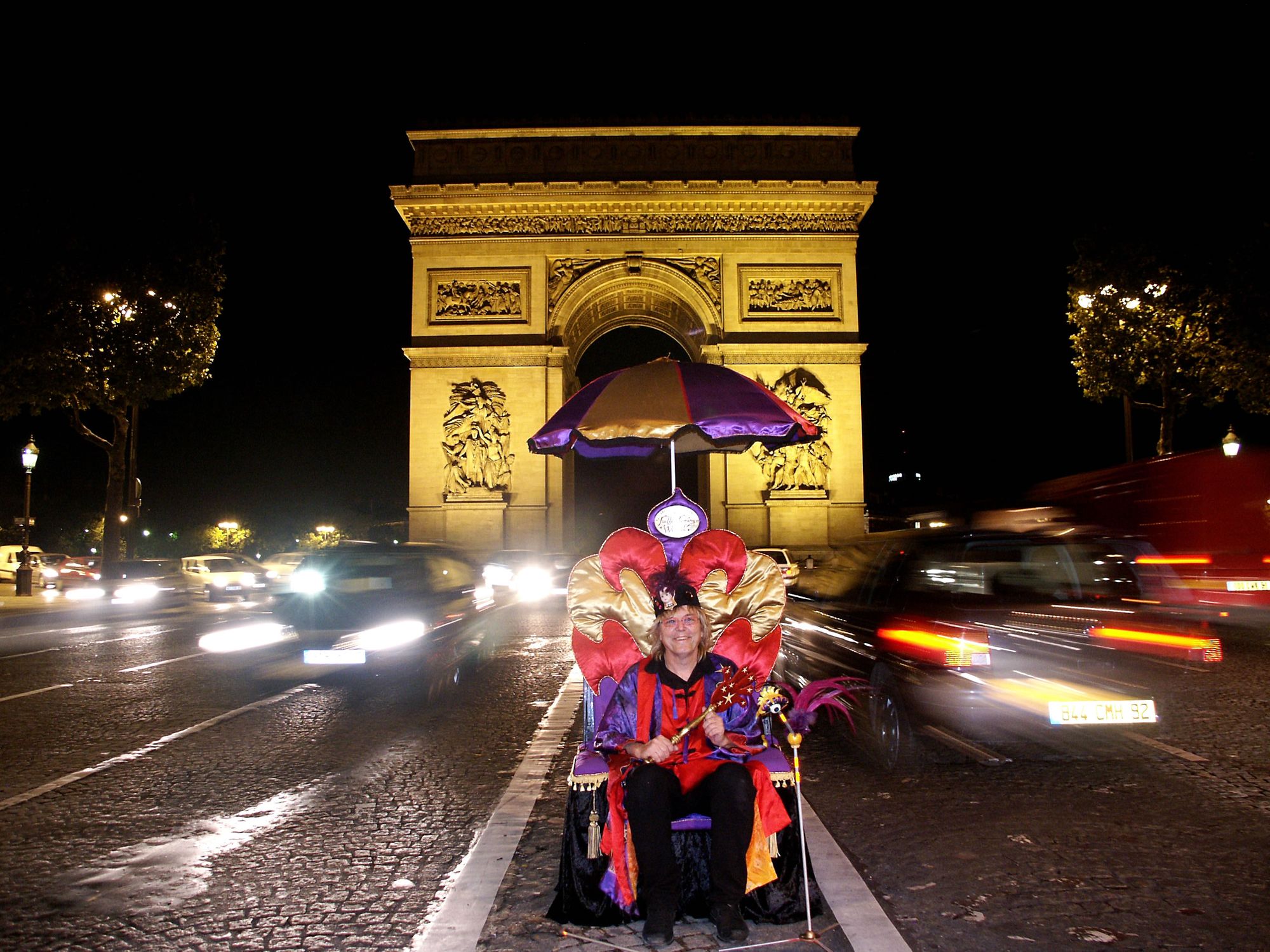
A City That Got the Intersection Right
A perfect example of a corner/intersection revitalization can be found in New Haven. In what was once a derelict part of downtown, locals have managed to achieve a truly massive change. Initially, it was a transformation of one corner on Chapel Street, which then spread to College Street. There, it picked up momentum when the City and Yale University took out one lane of traffic, creating a sidewalk more than twice its original size.
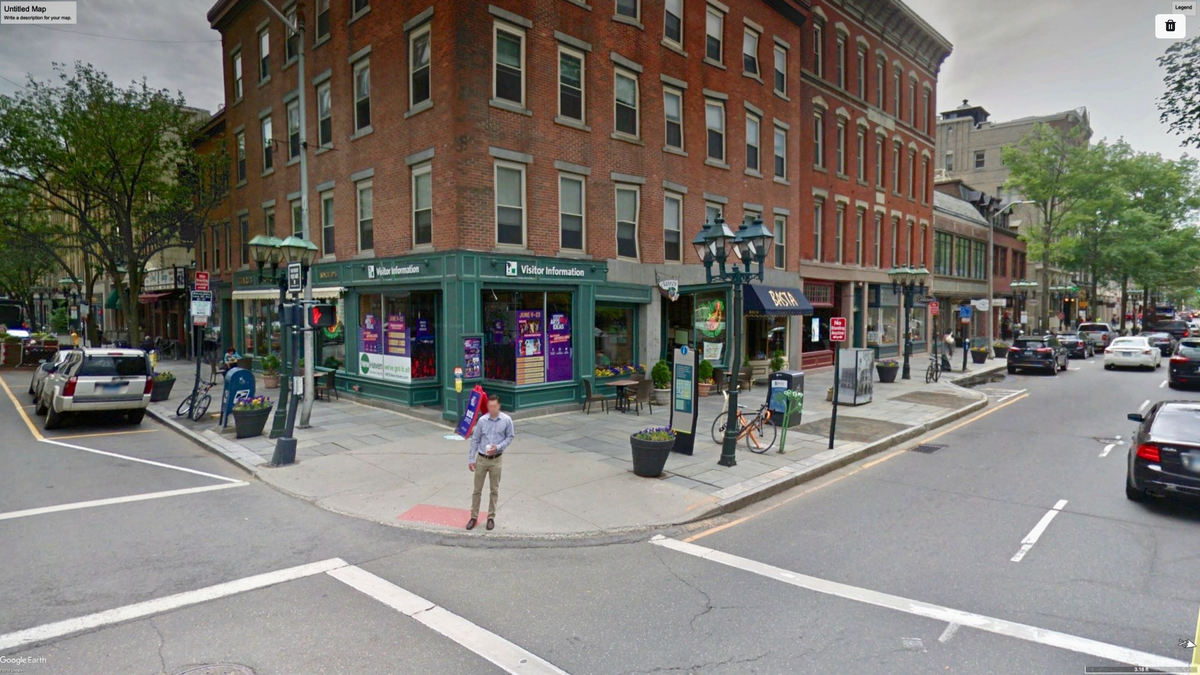
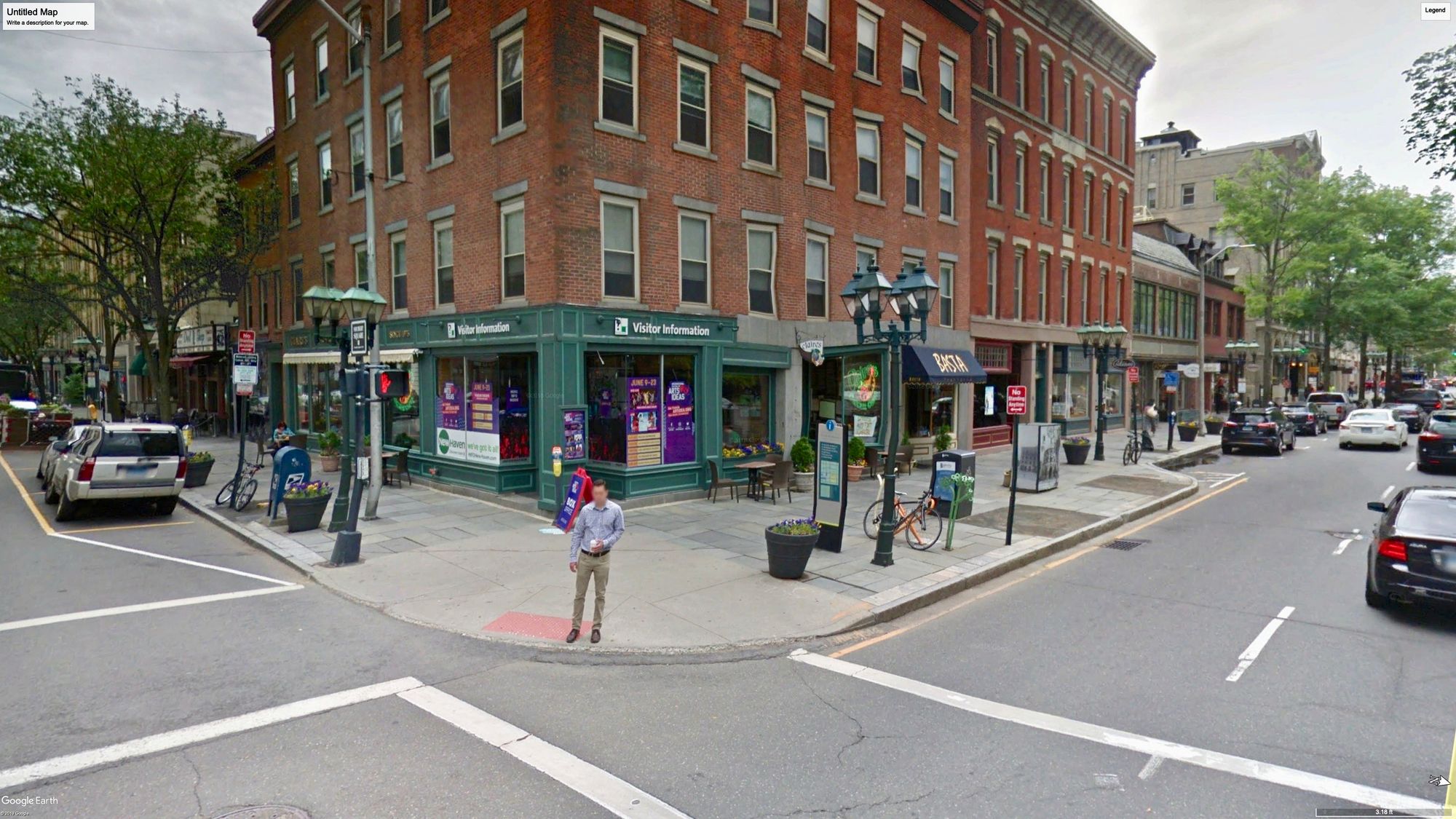
Chapel Street is on the right and College Street is on the left
This New Haven intersection, which created a revolutionary transformation in one of the city's main neighborhoods, has emerged as a key example that others can be modeled after. It demonstrates how intersections in cities should be treated as gateways that can also spread to include mid-block attractions and ultimately entire blocks.
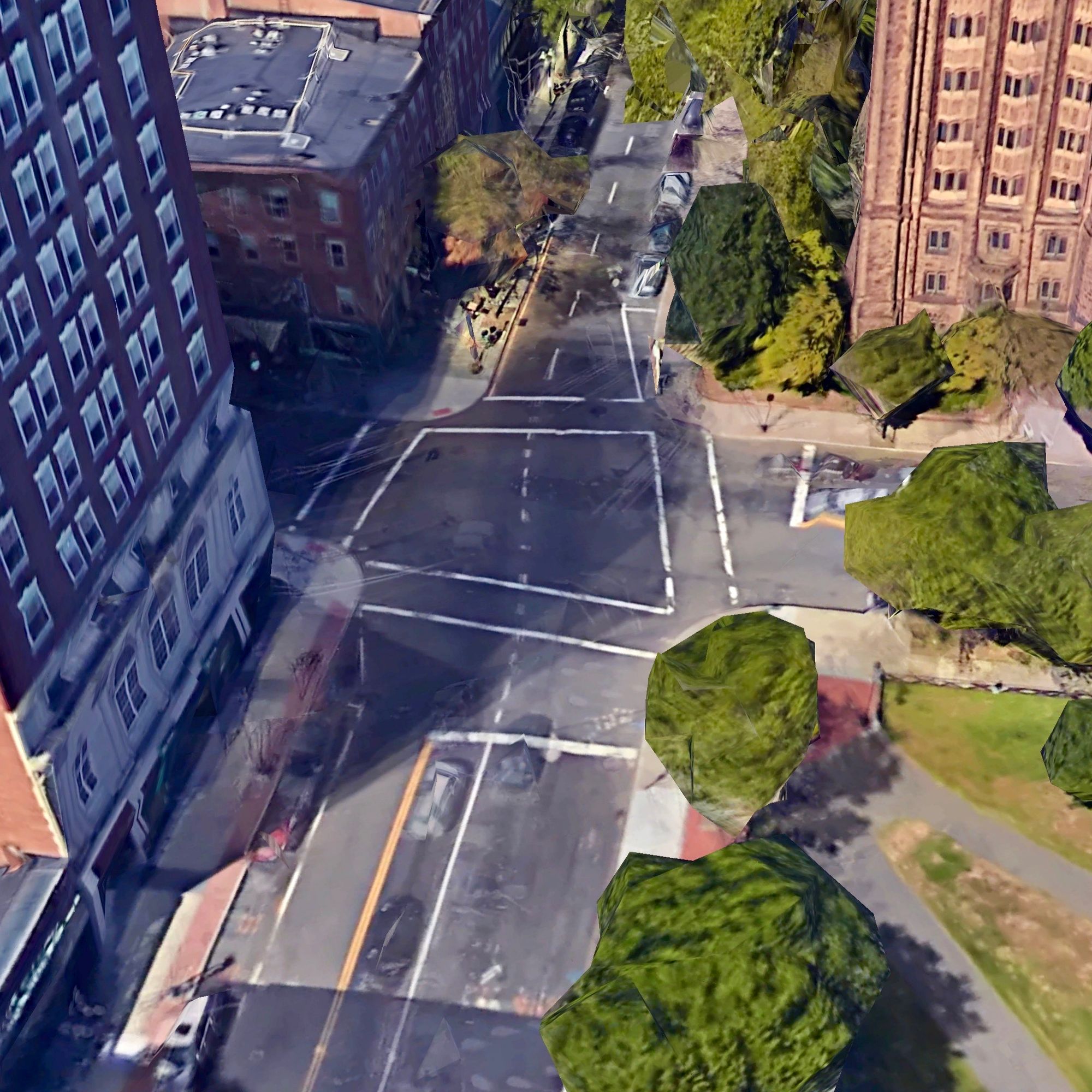
Chapel Street leading up to College Street, where it narrows significantly
It all started with the corner, and now the whole area is revitalized and a beloved neighborhood. This example can be replicated in so many places to bring them back to life.
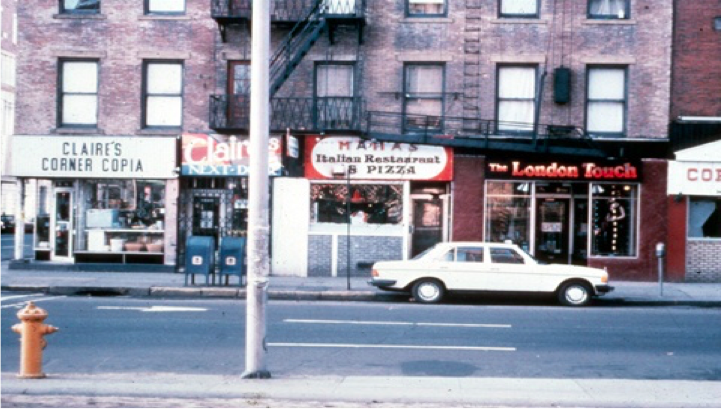
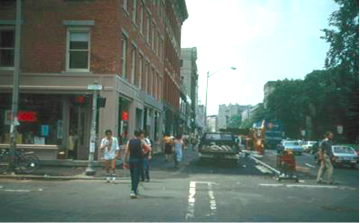
Before
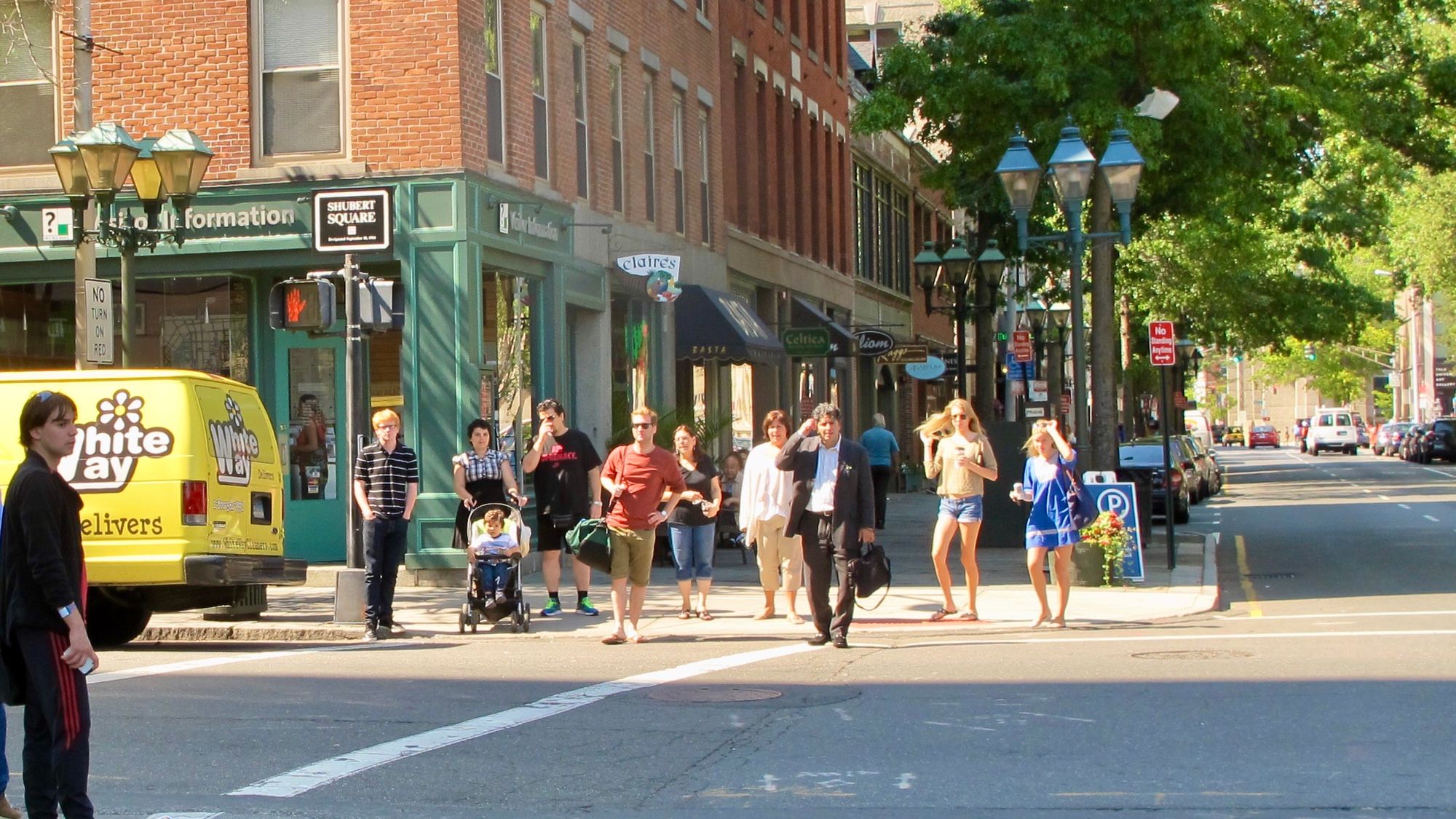
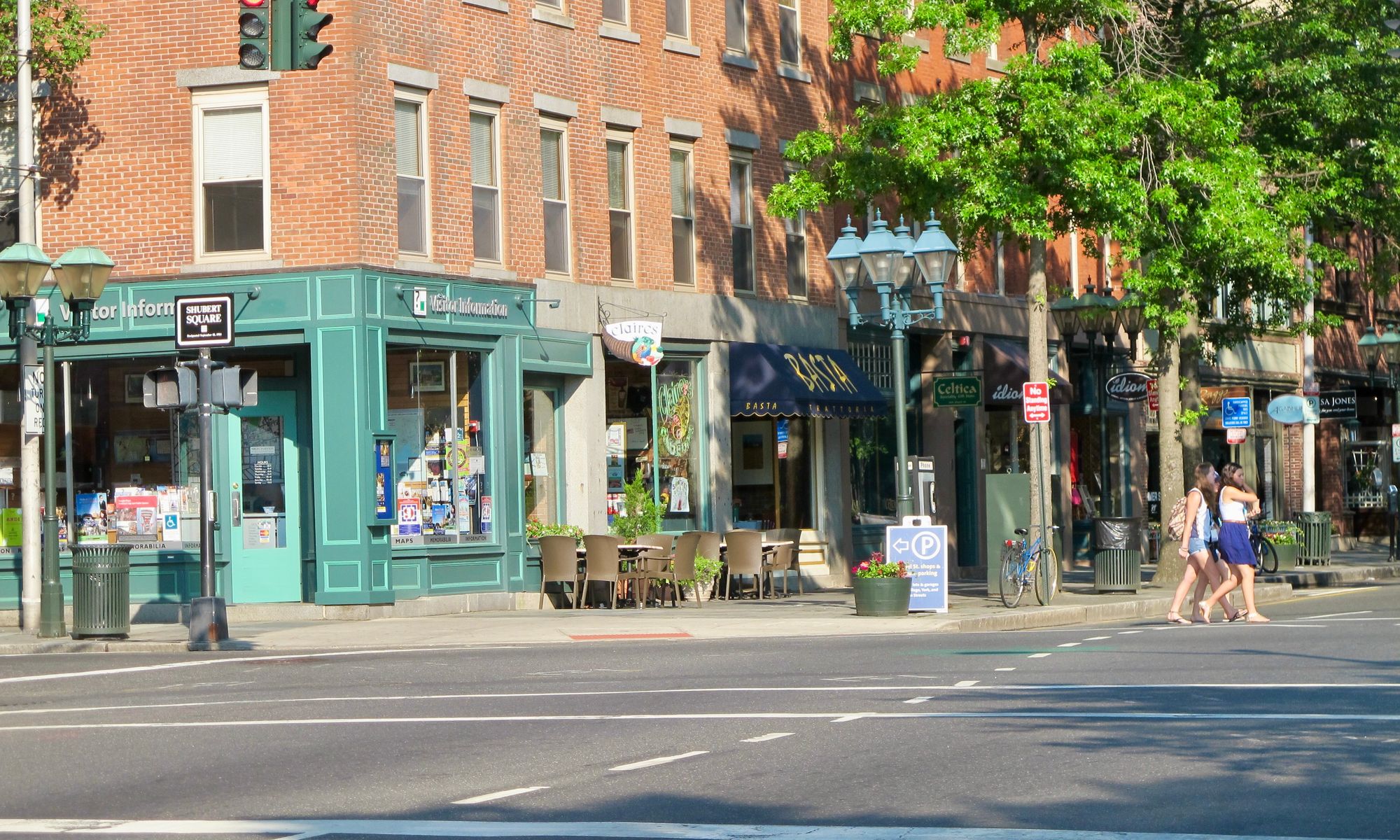
After
Other Resources for Intersection Revitalization

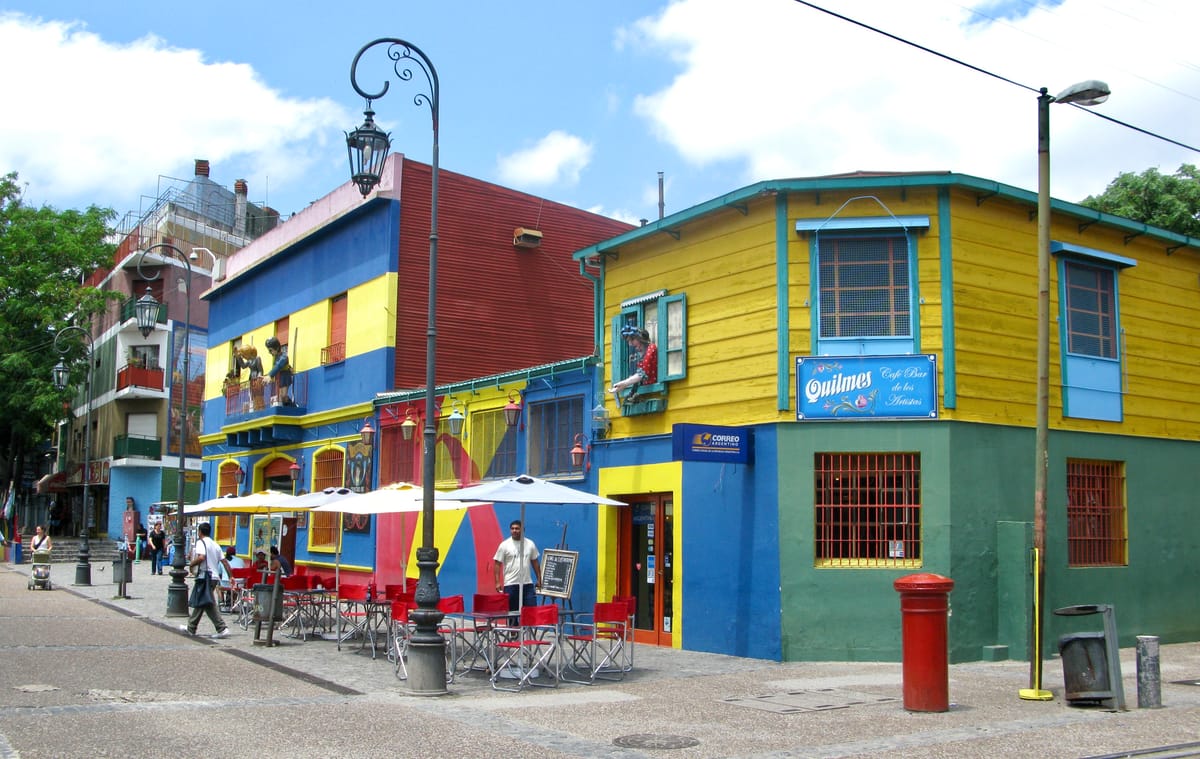
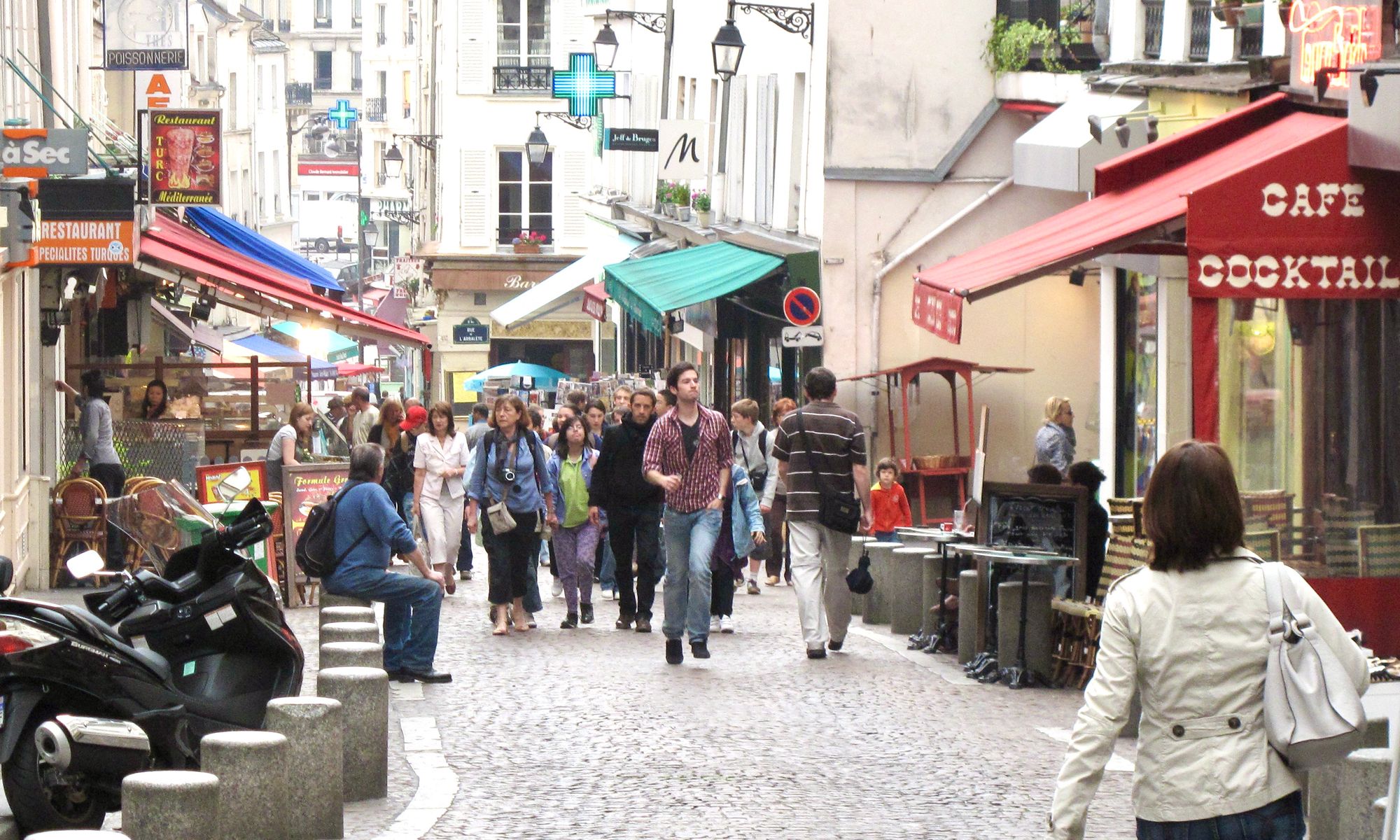
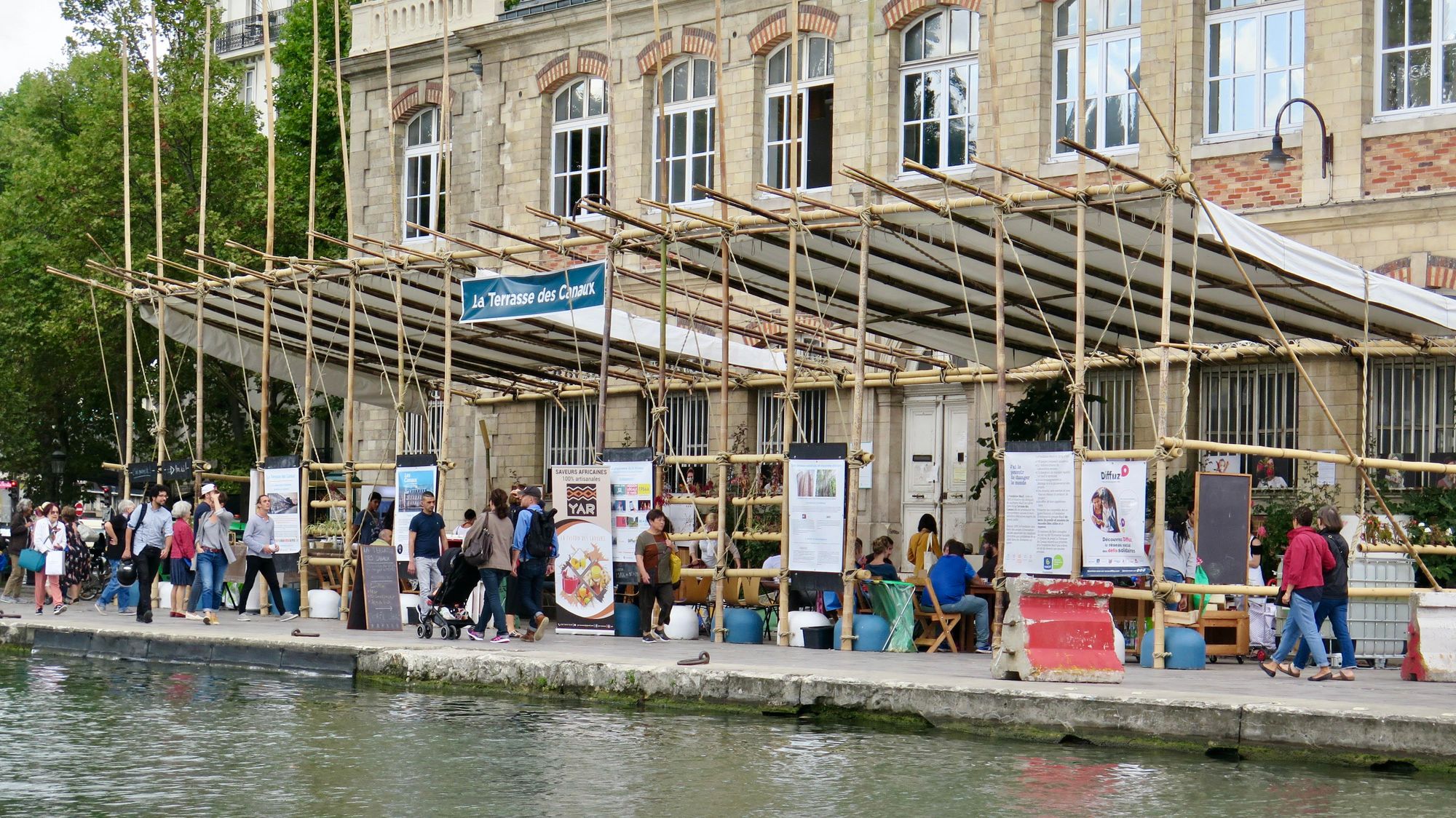
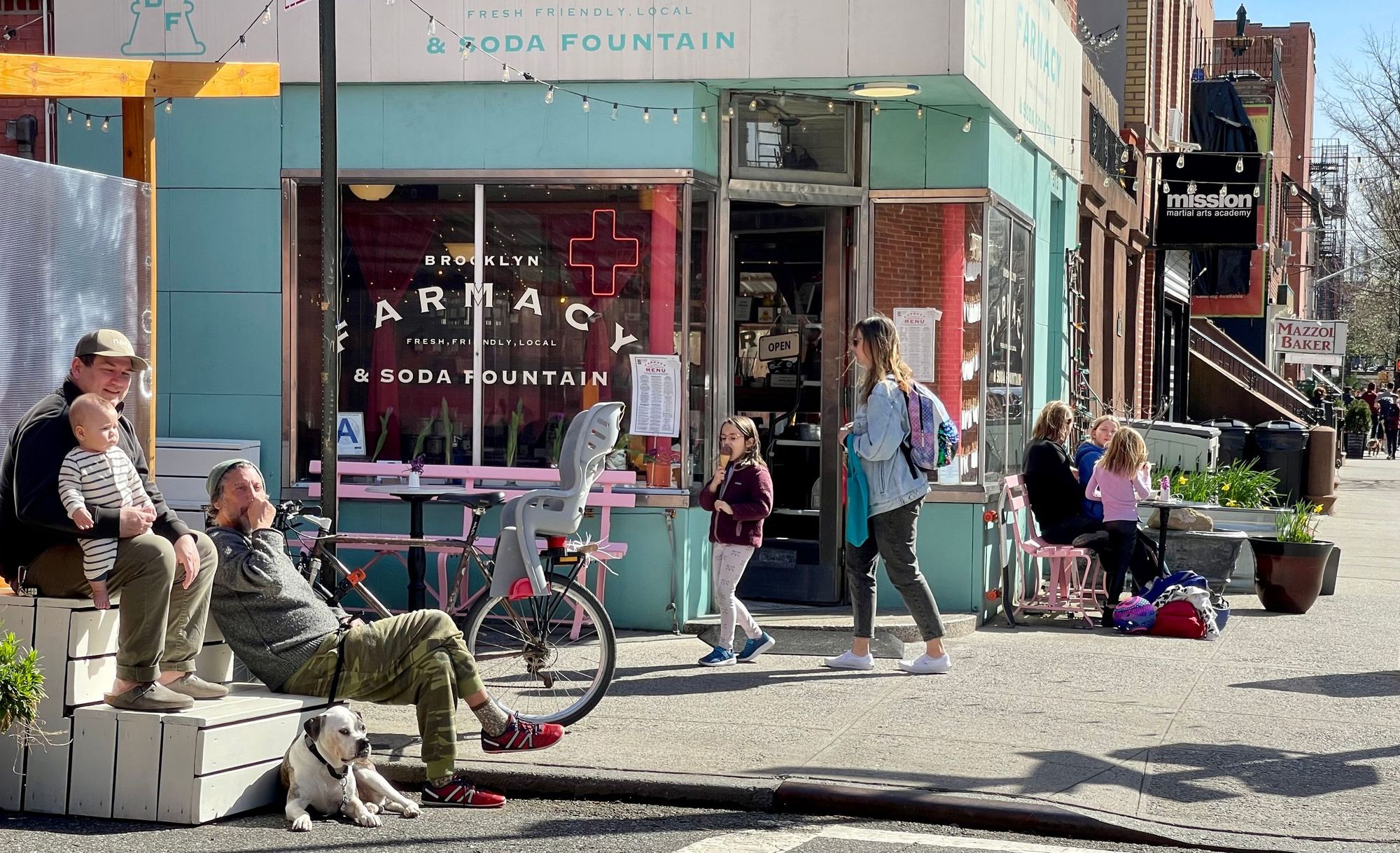
Further Reading About Delray
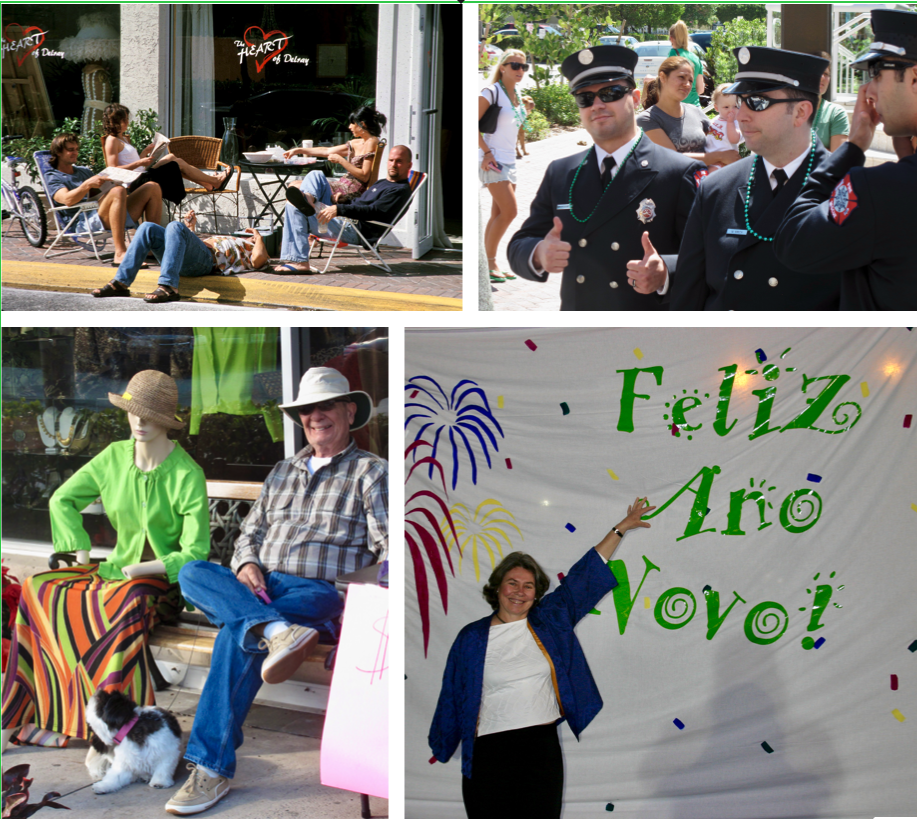
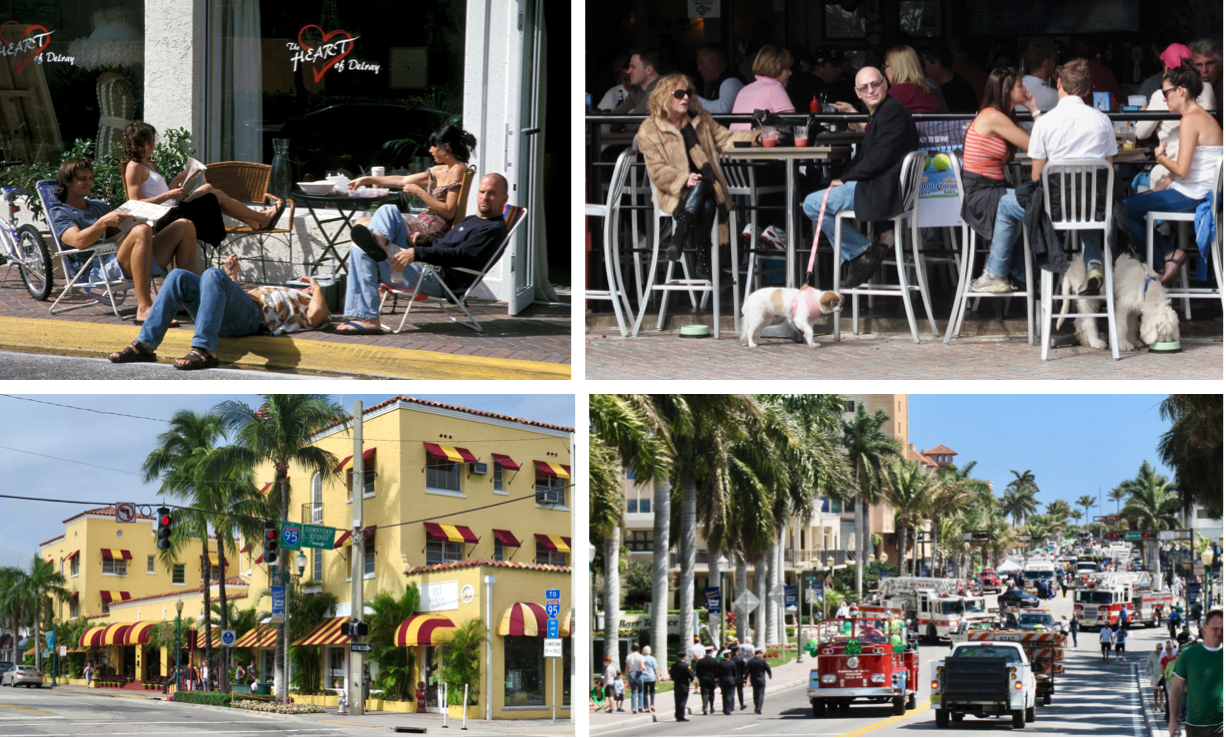
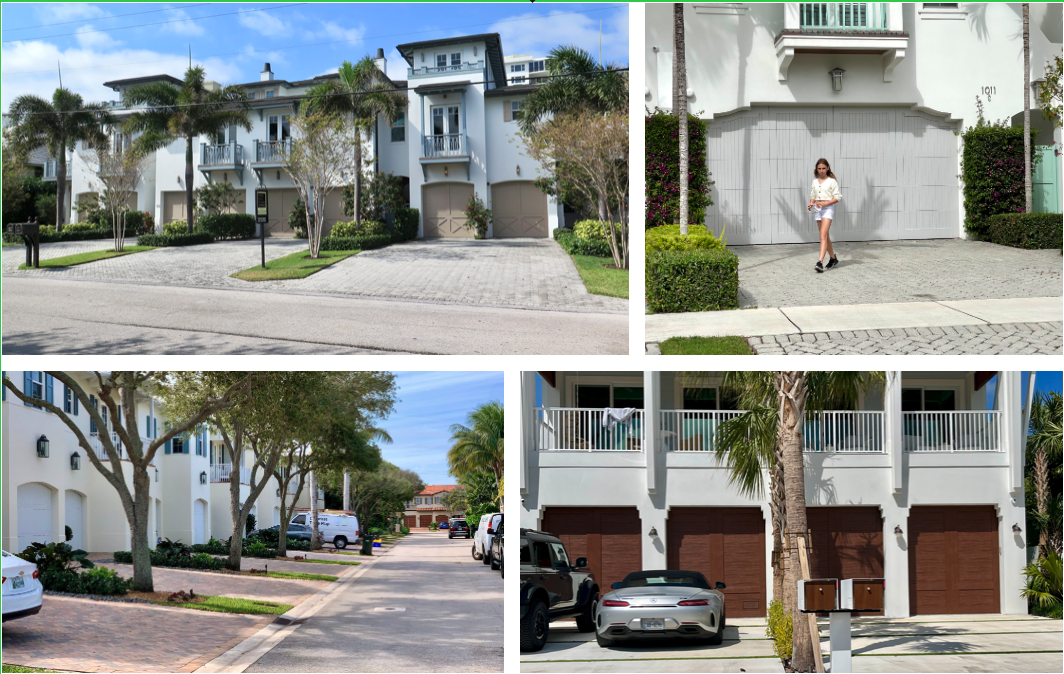
Who We Are
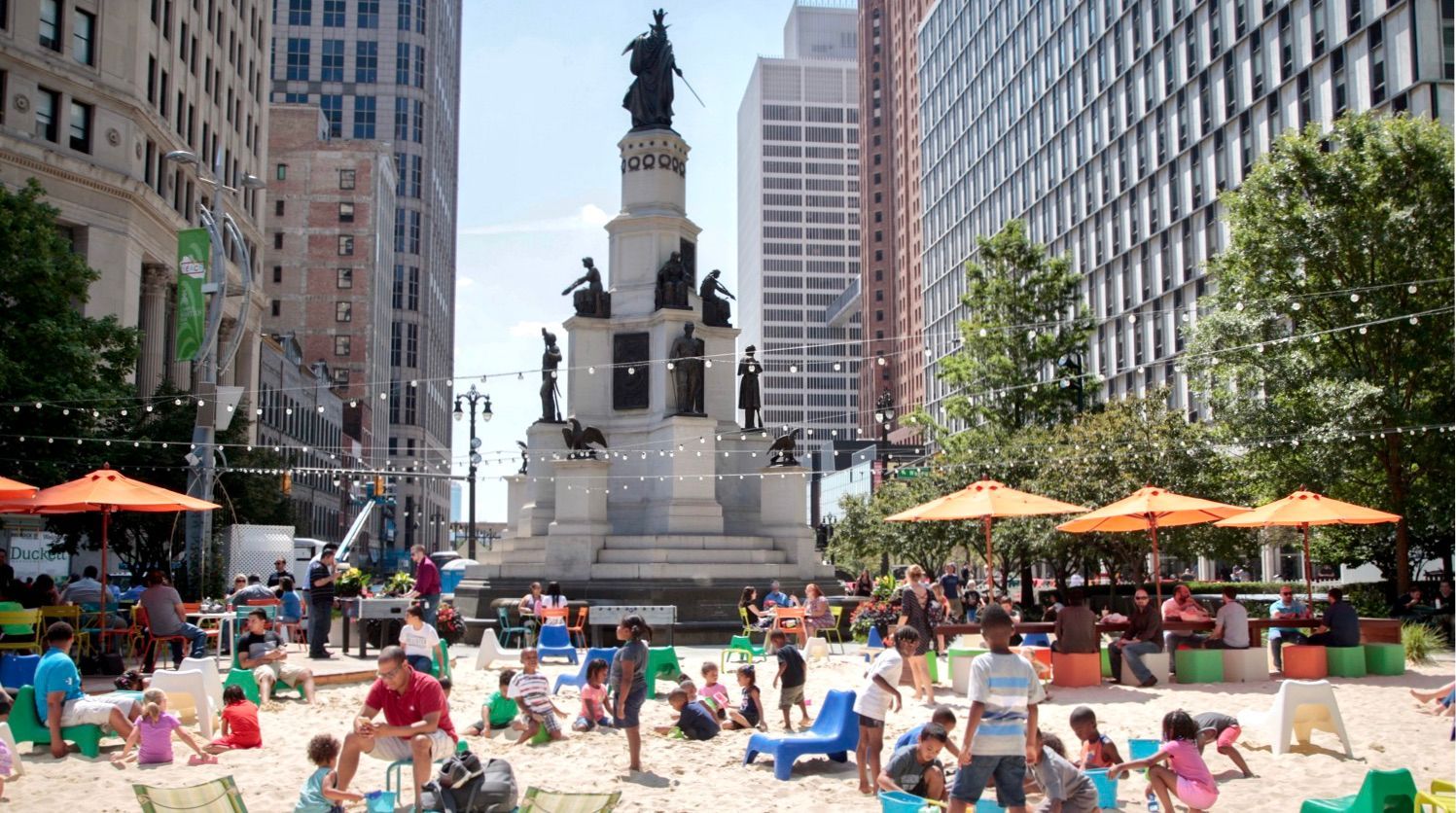
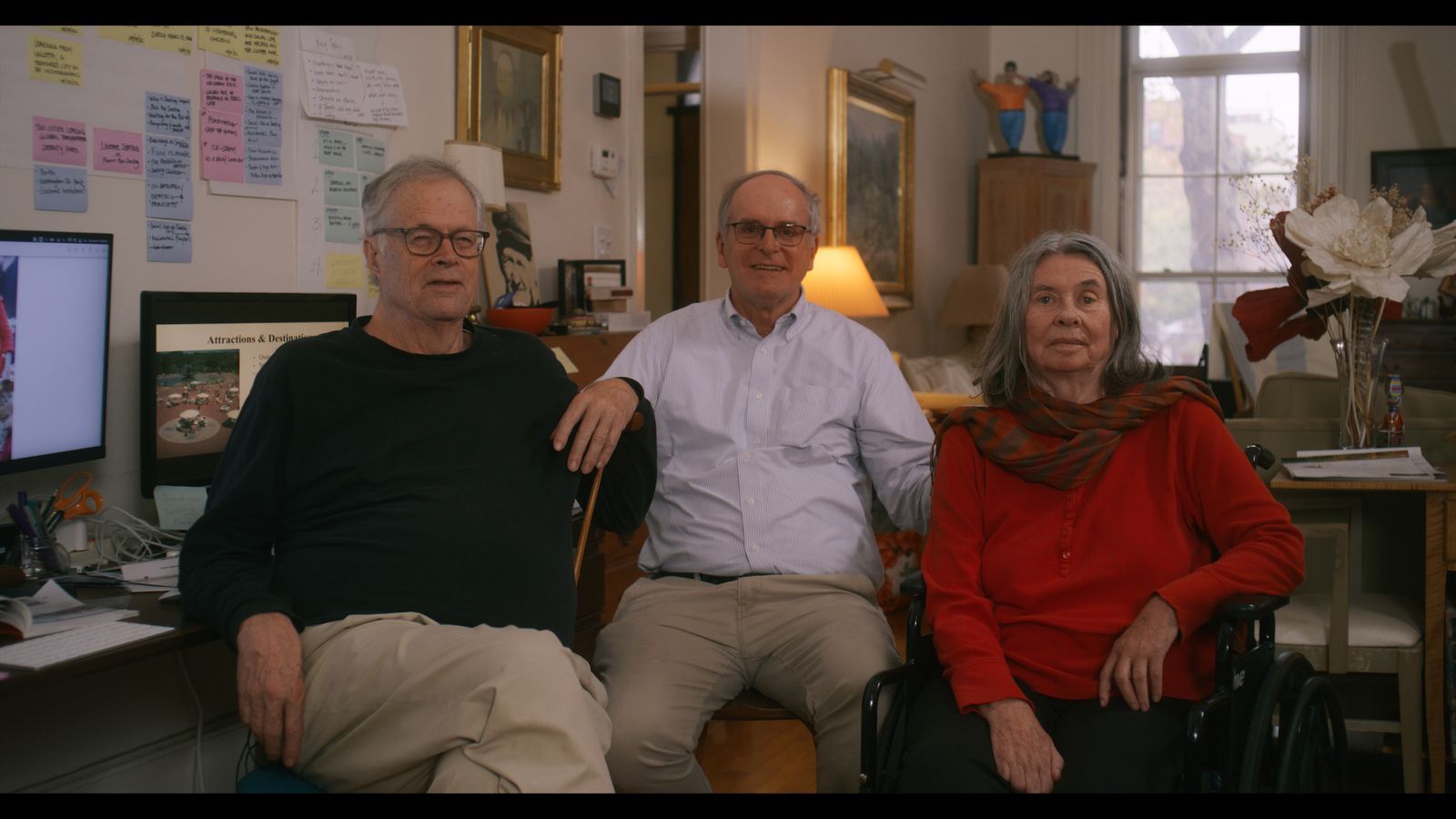
If you are interested in collaborating (articles, presentations, exhibits, projects, and more) or supporting the cause contact us.



